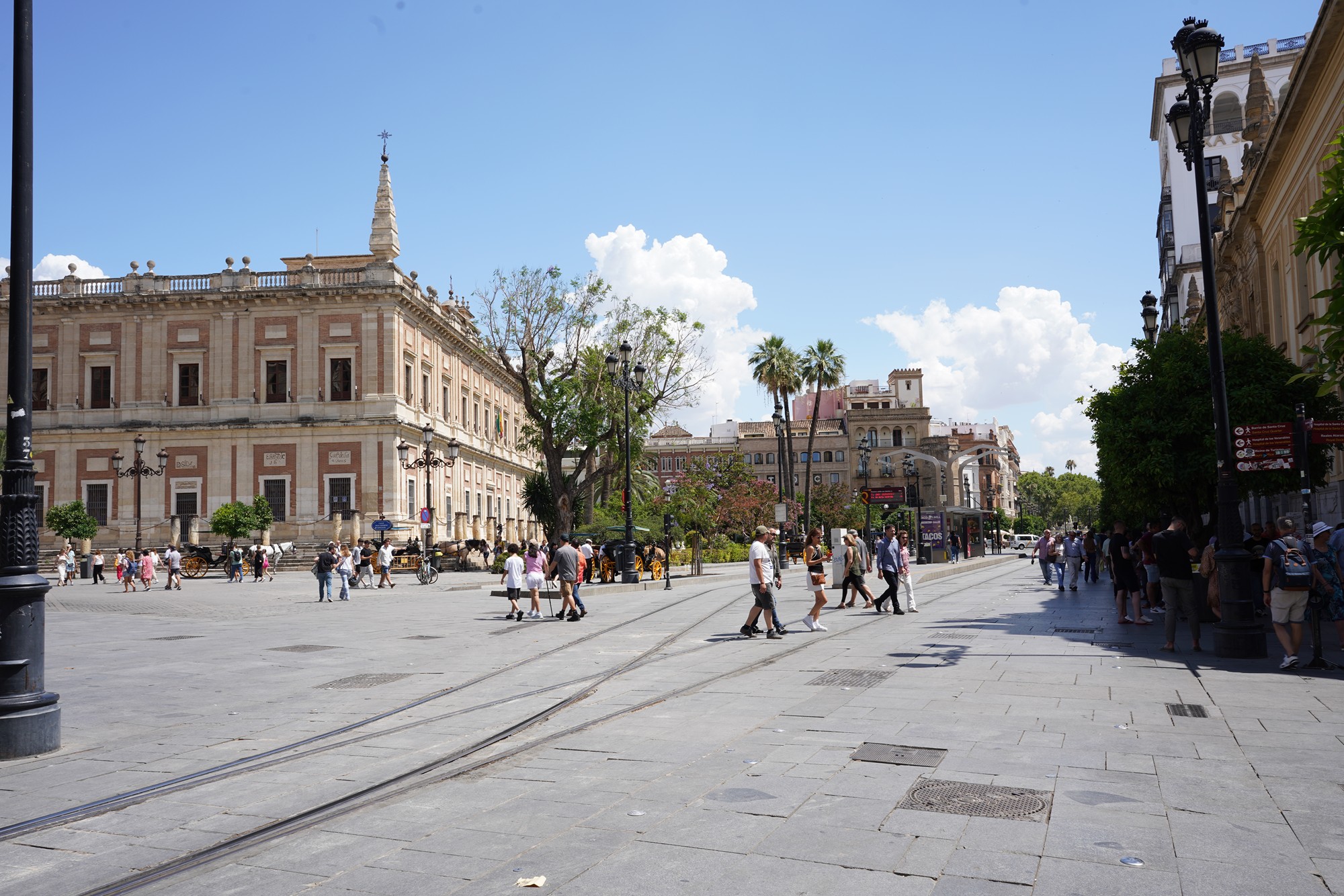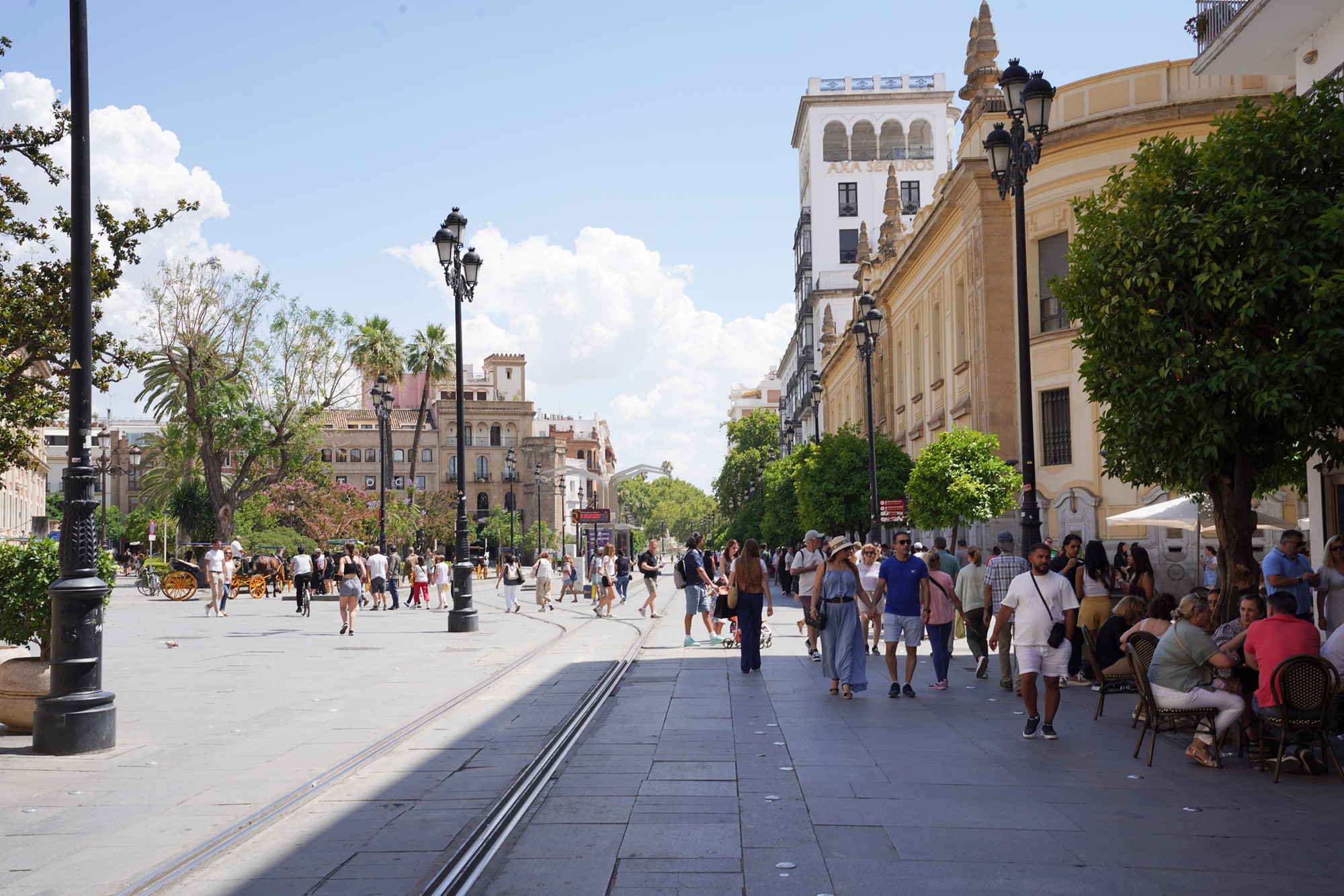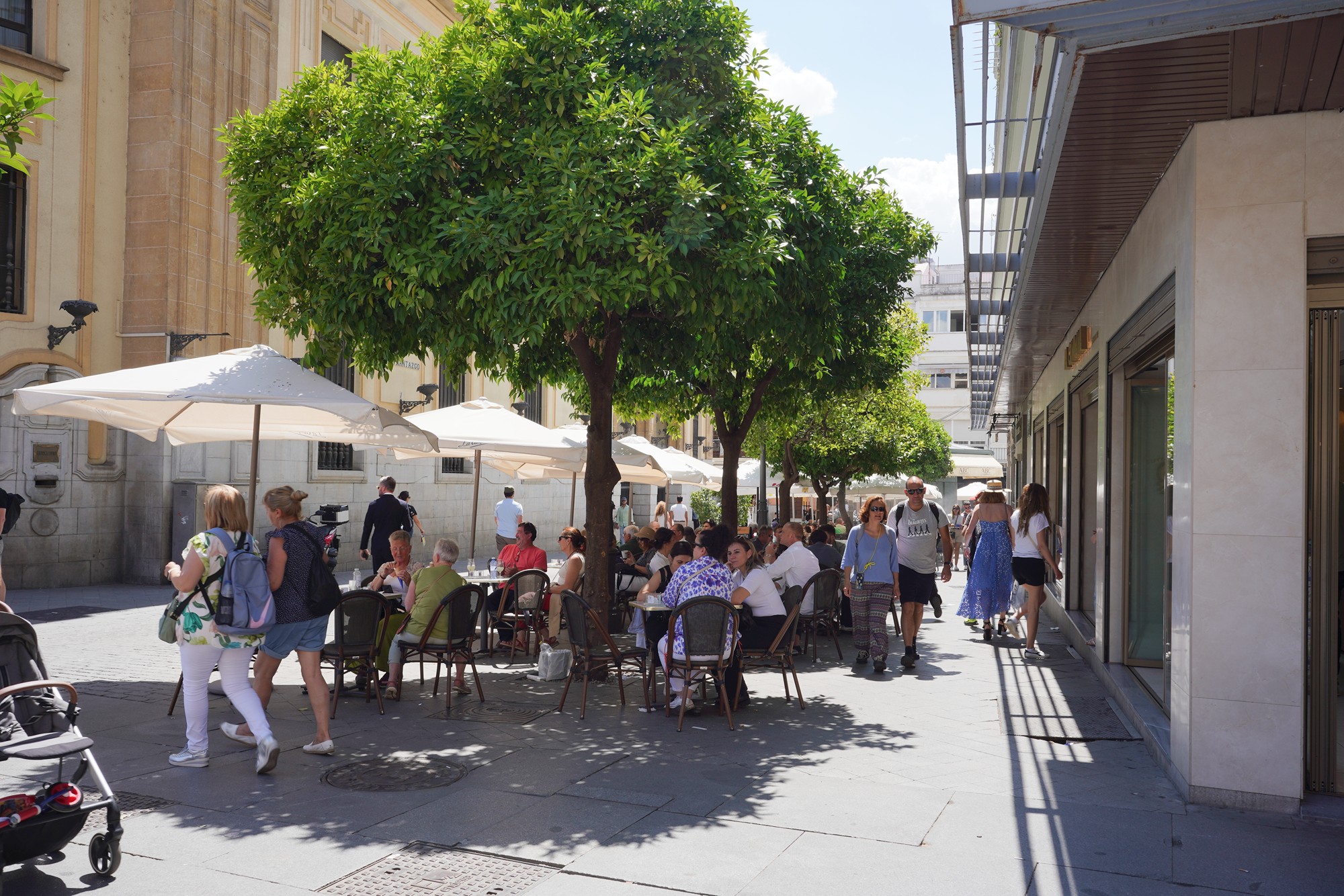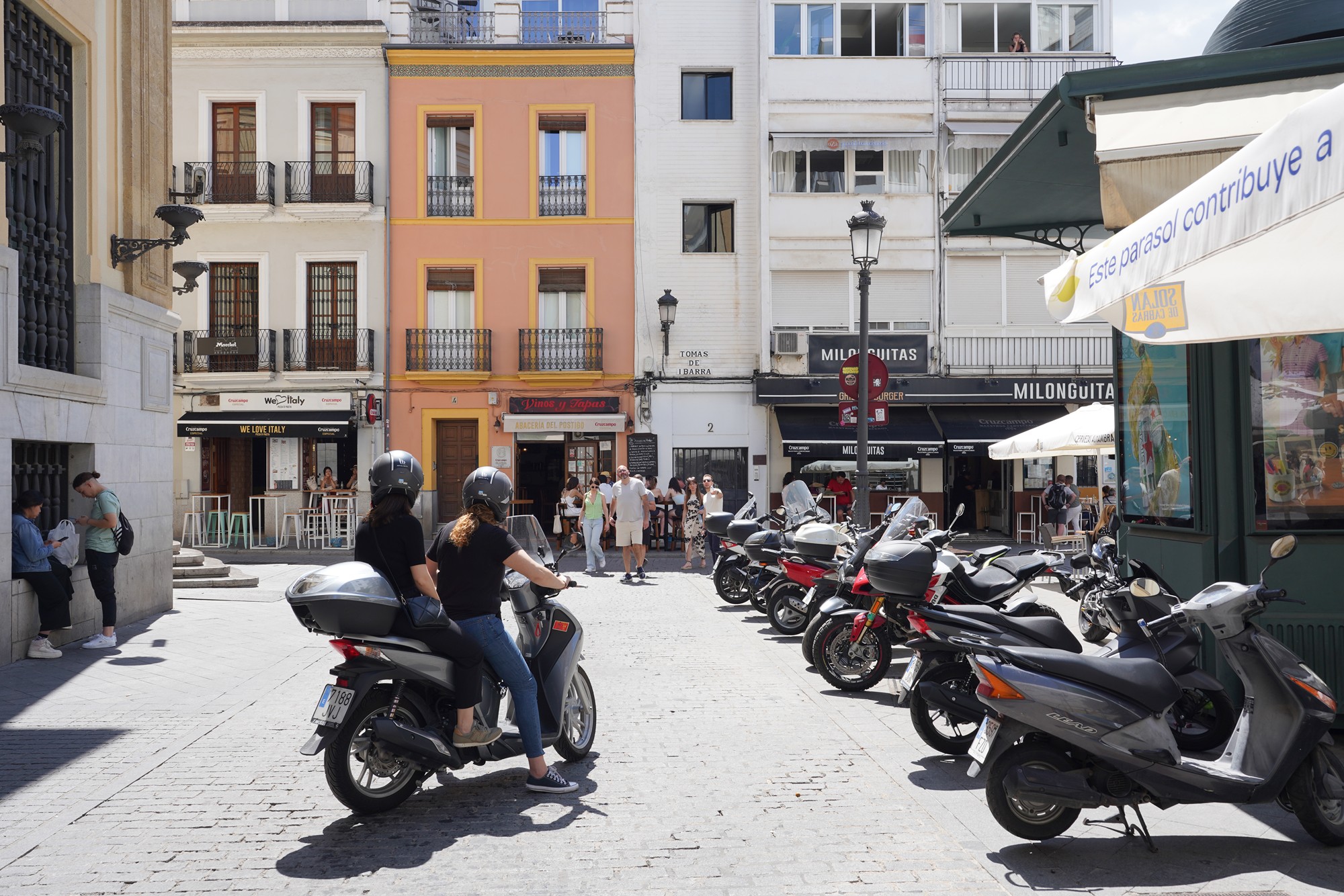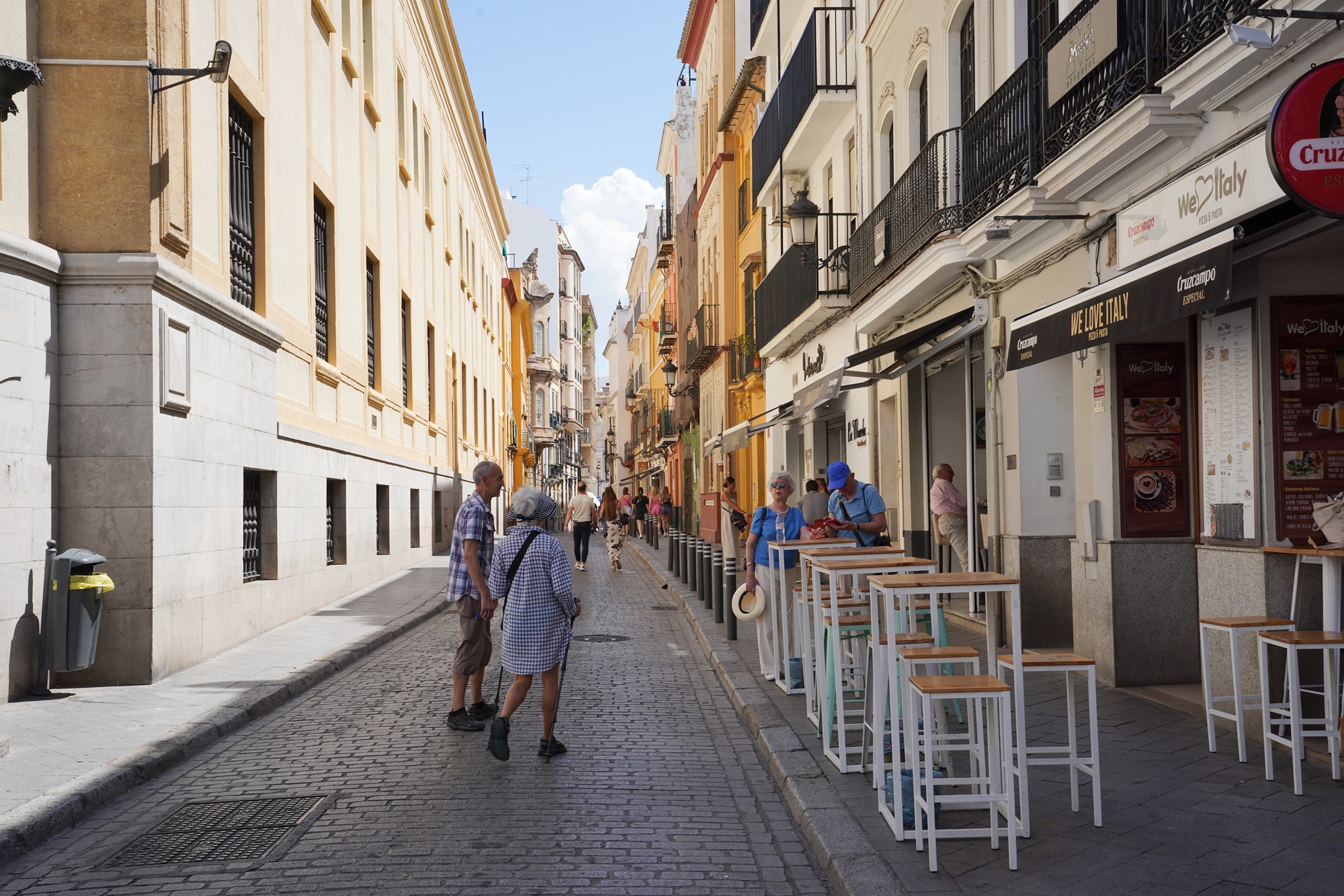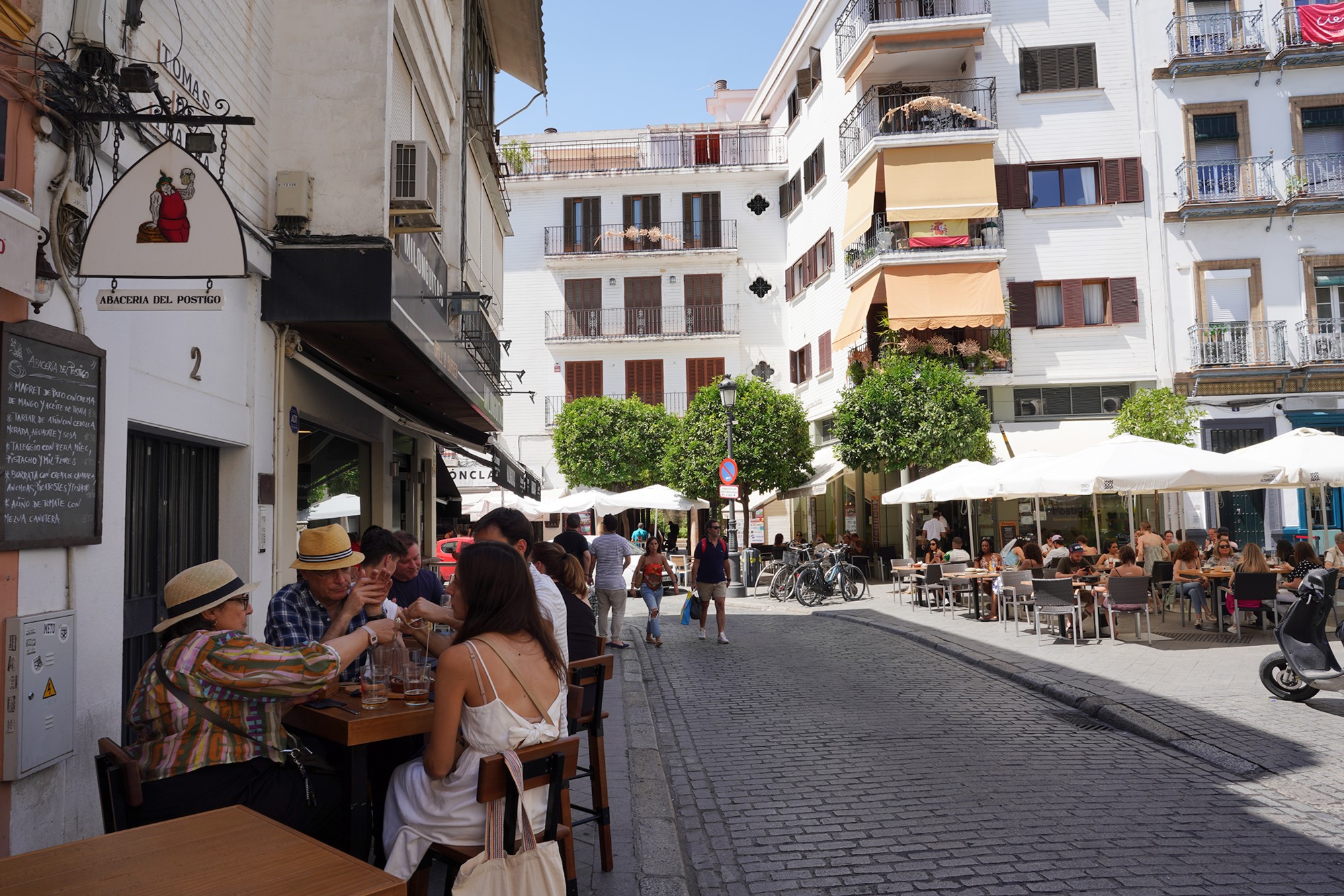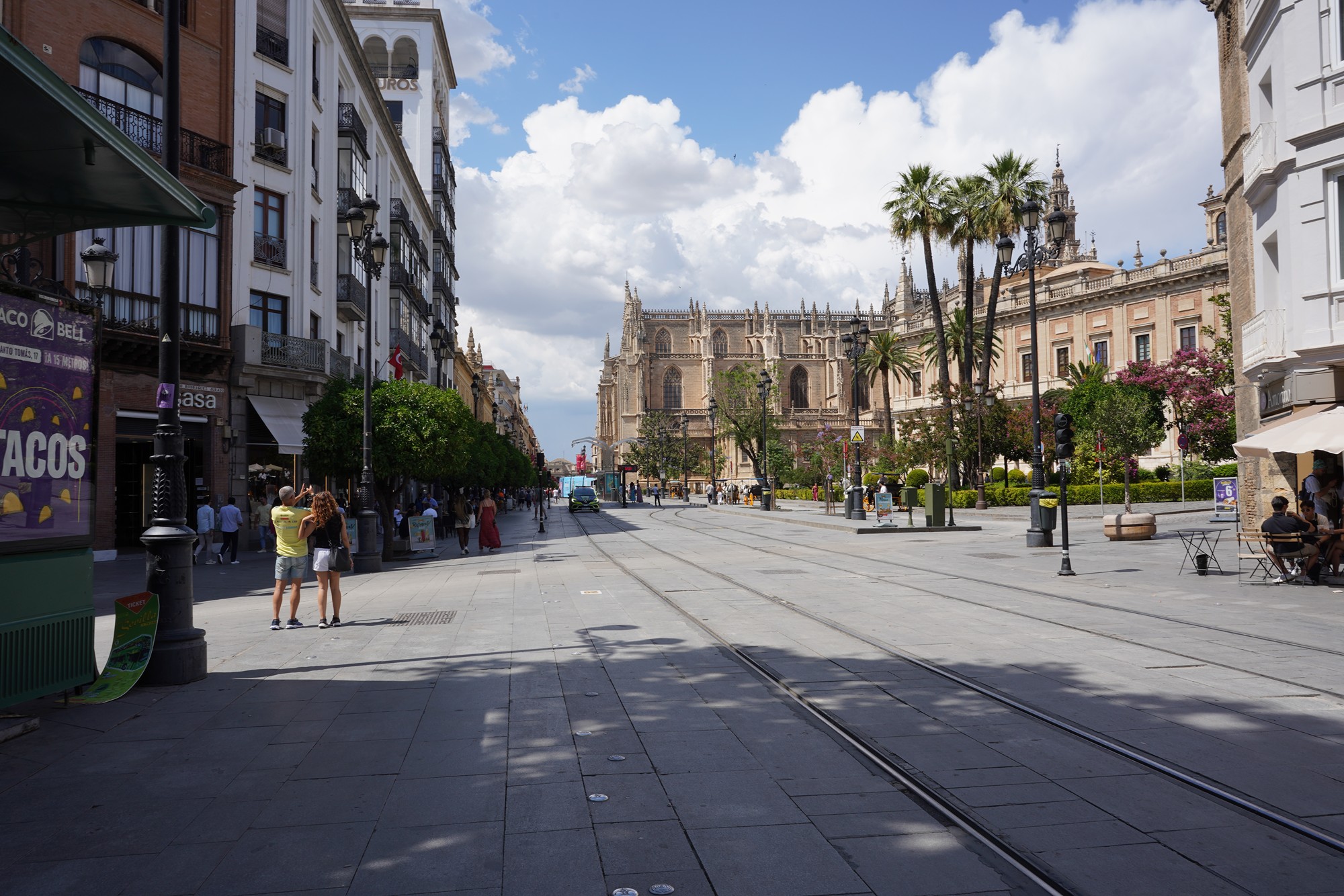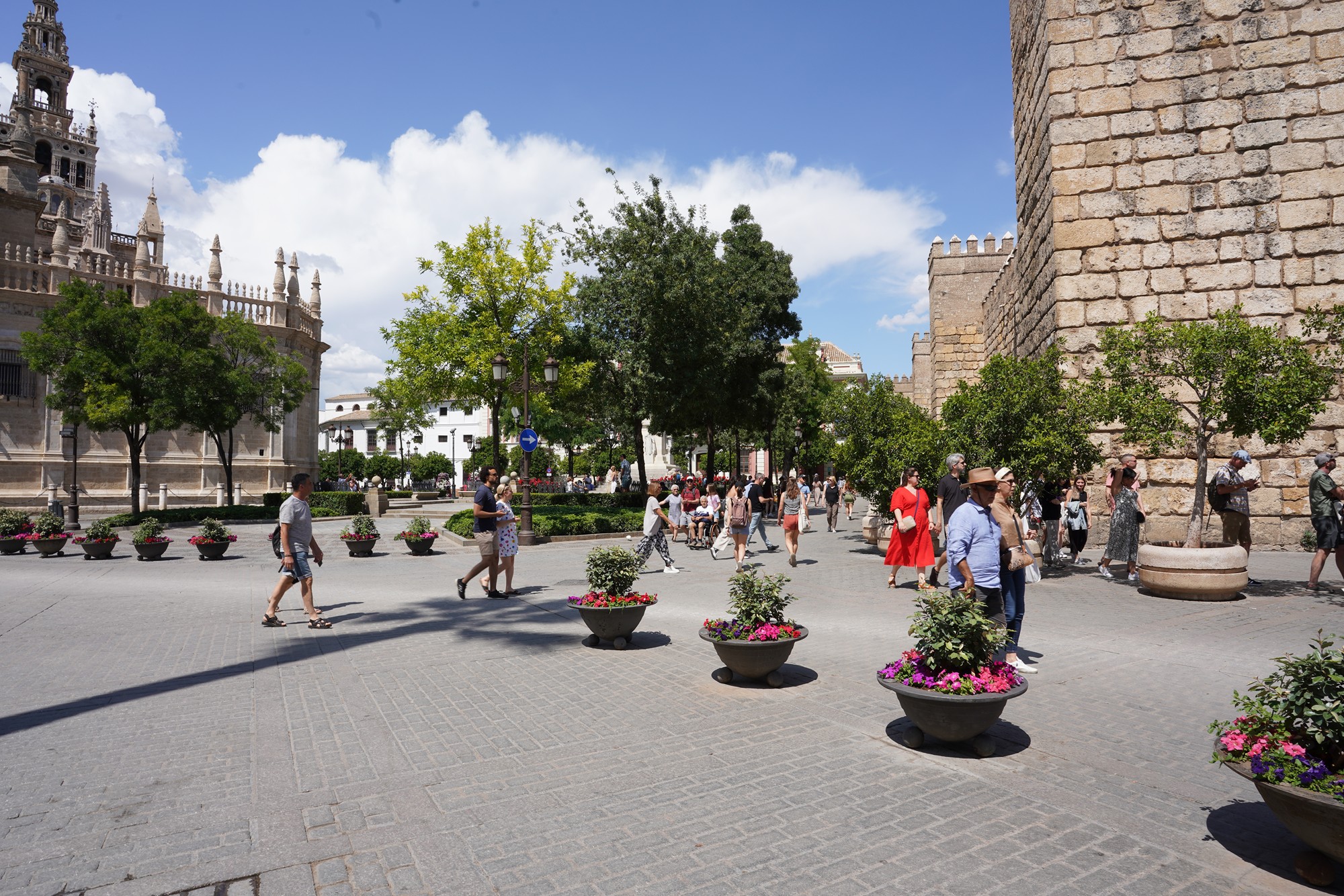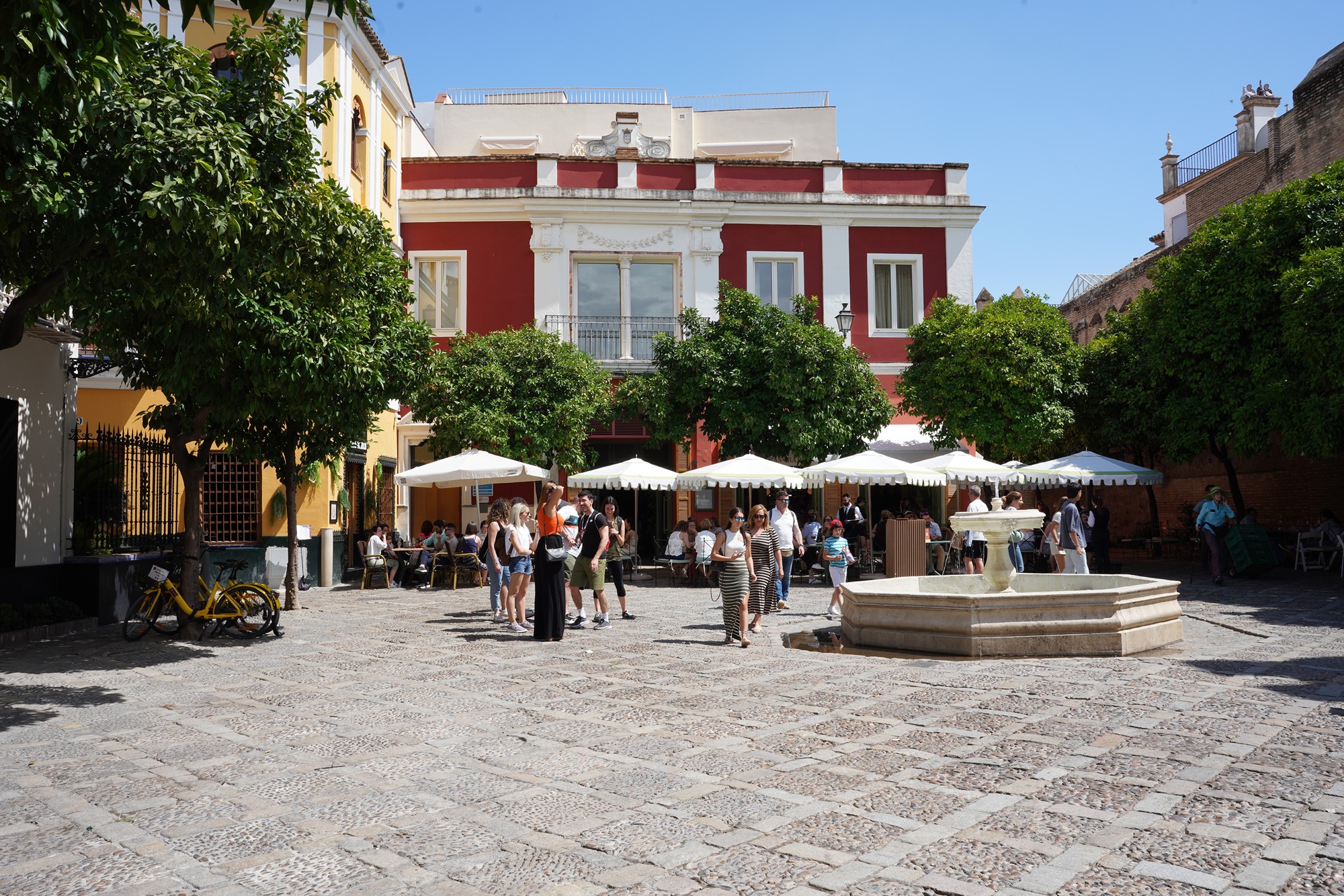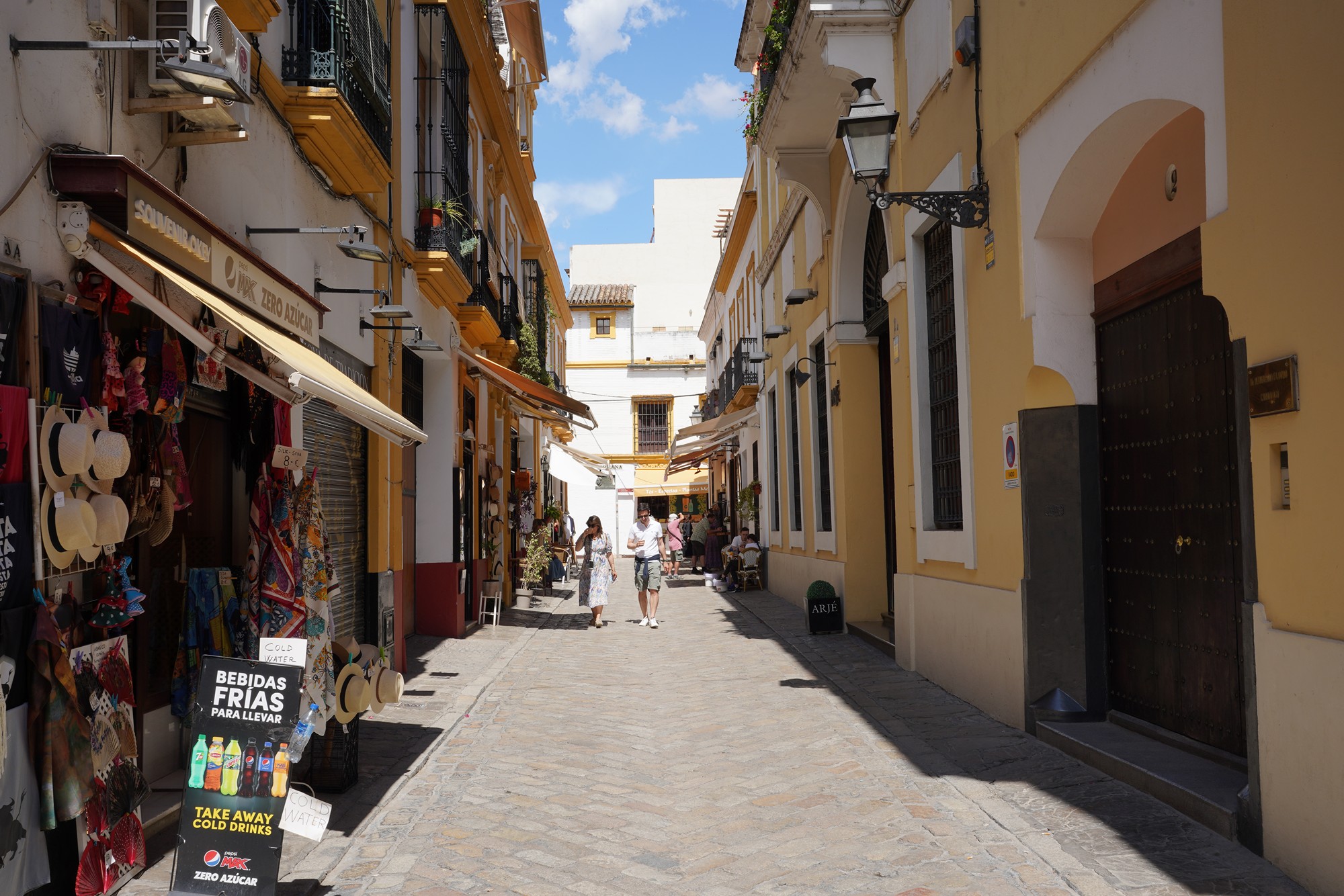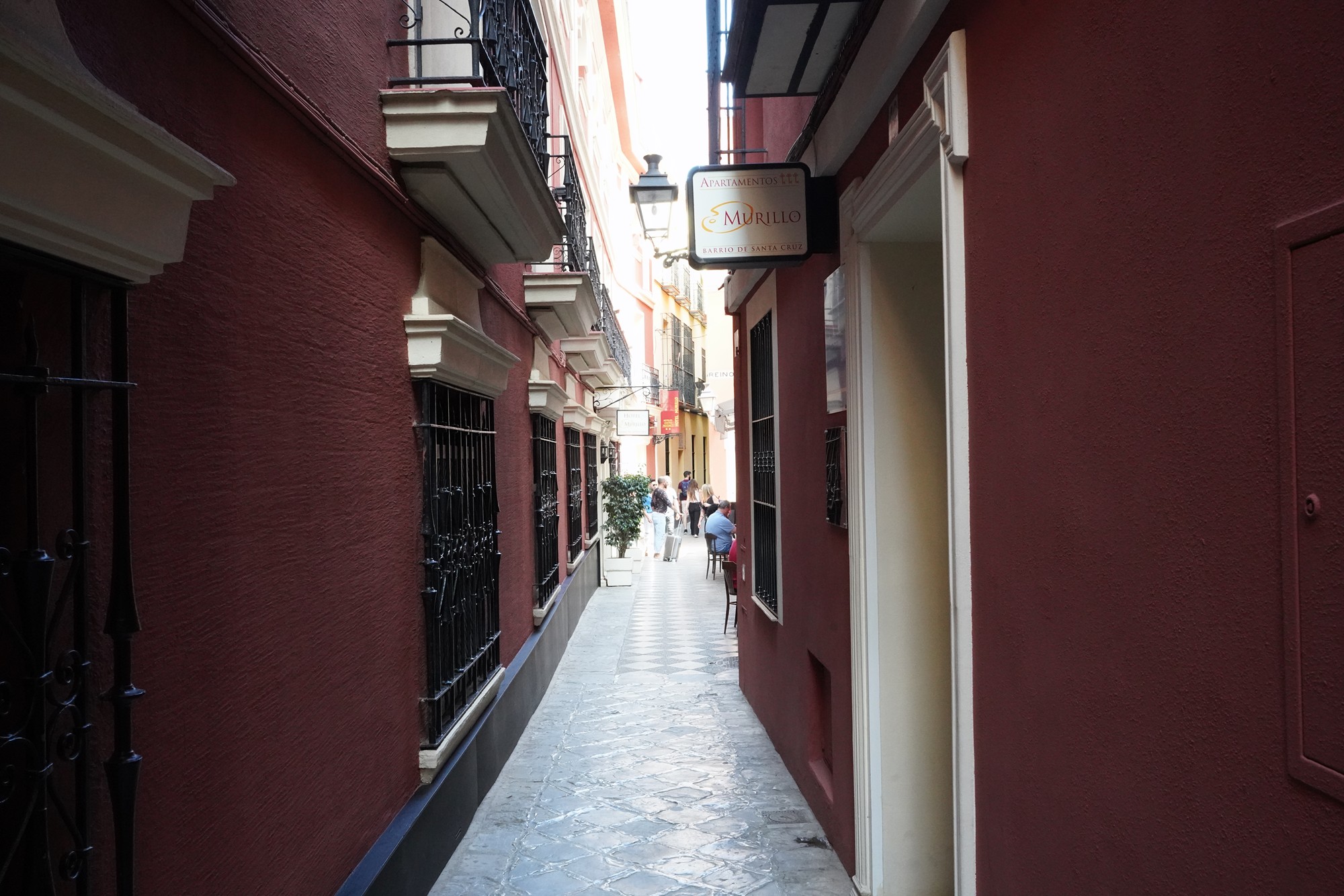Sevilla Cathedral, Spain
The cathedral is the largest Gothic cathedral in the world and one of the most significant landmarks in the city. 689
Sevilla Cathedral: Pl. Venerables, 8, 41004 Sevilla, Spain
Date Picture Taken: June 2023
Construction of the cathedral began in 1401 and was completed in 1507. It was built to demonstrate the city’s wealth and power following the Reconquista, which saw the Christian forces retake control of the region from the Moors.
The cathedral exhibits a stunning blend of architectural styles, including Gothic, Renaissance, and Baroque elements.
The most recognizable feature of the Seville Cathedral is its bell tower, known as the Giralda. Originally built as a minaret during the reign of the Moors, it was converted into a bell tower after Seville was reclaimed by the Christians. The Giralda stands at around 104 meters (341 feet) tall and offers panoramic views of the city from its top.
Walking to the cathedral
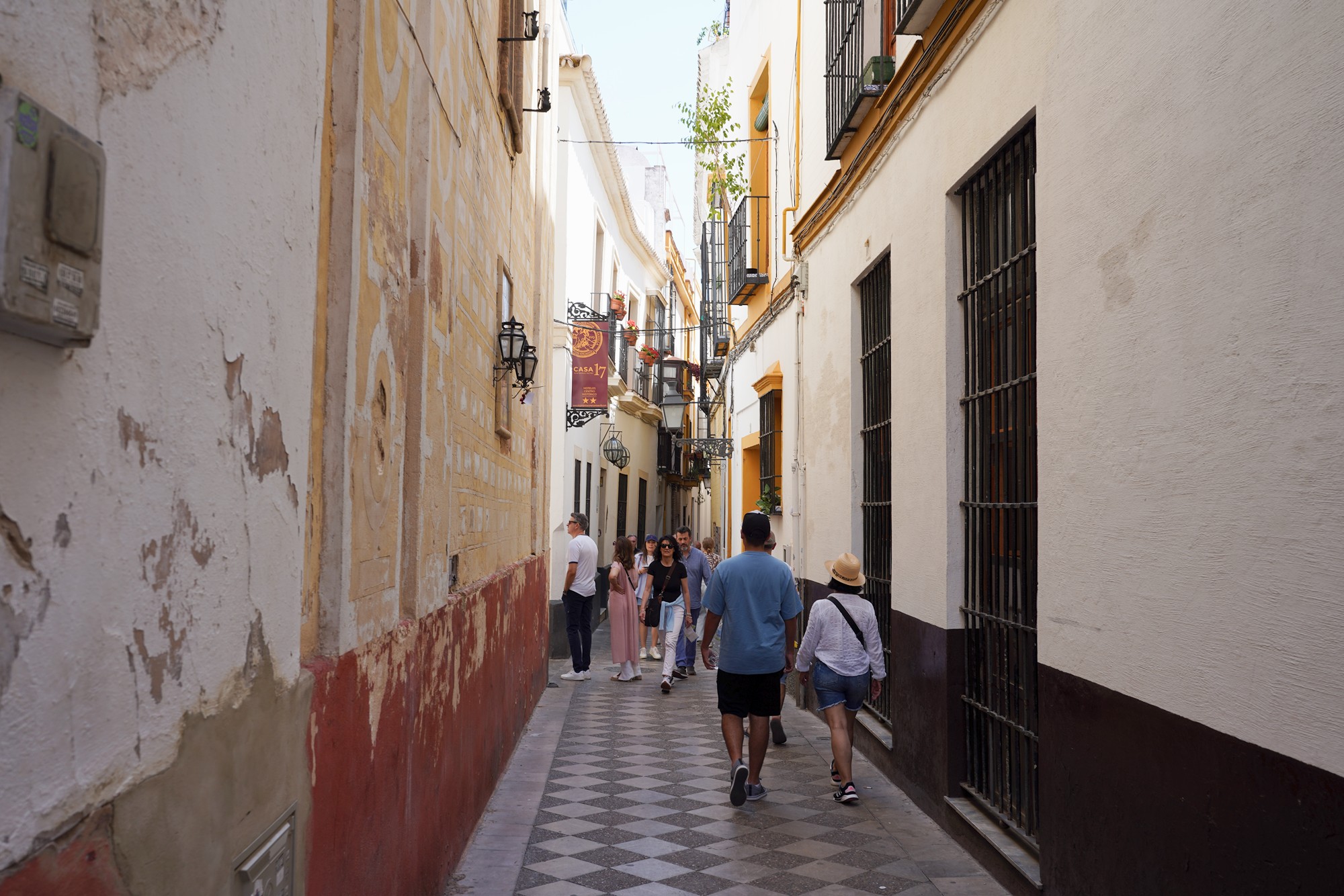
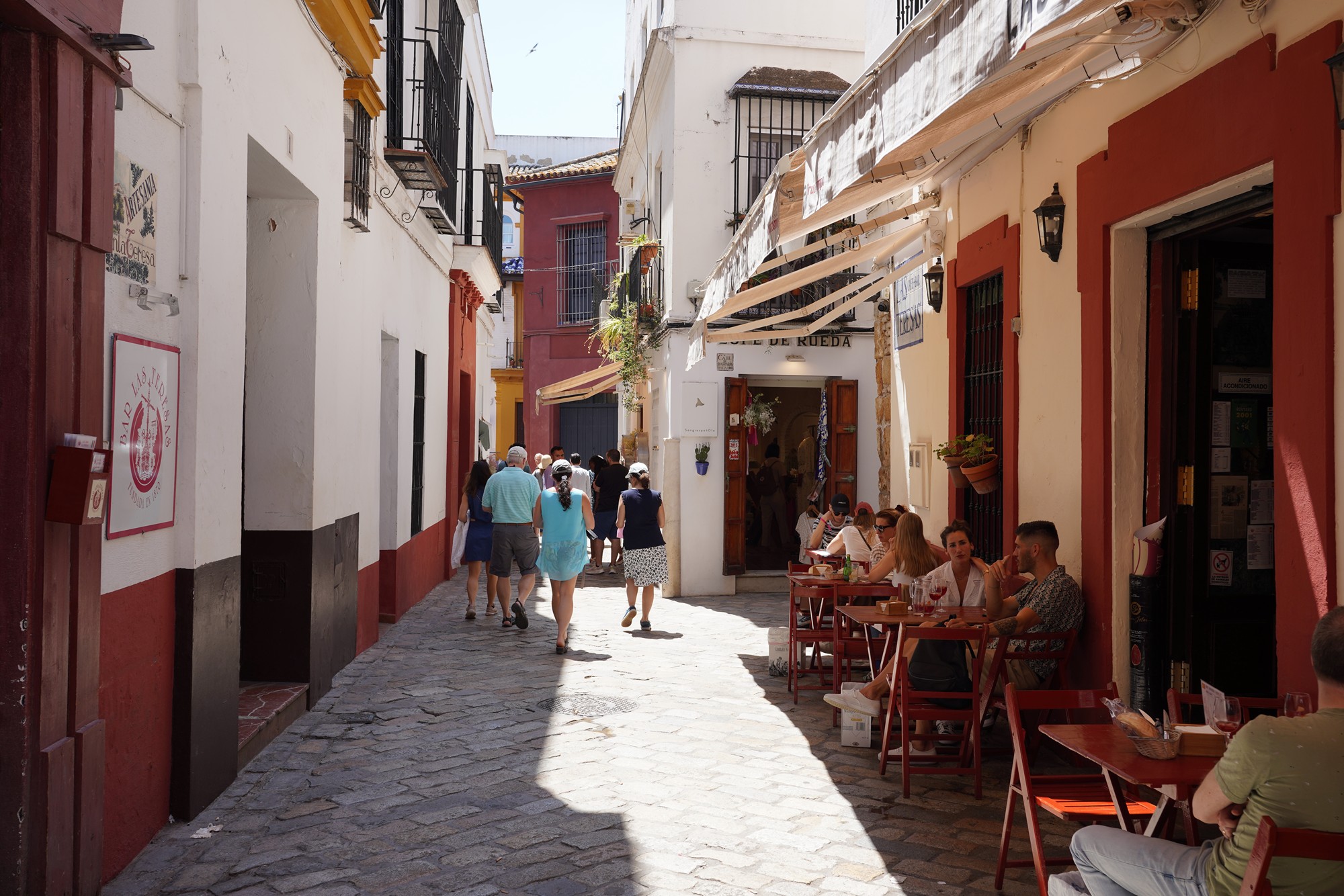
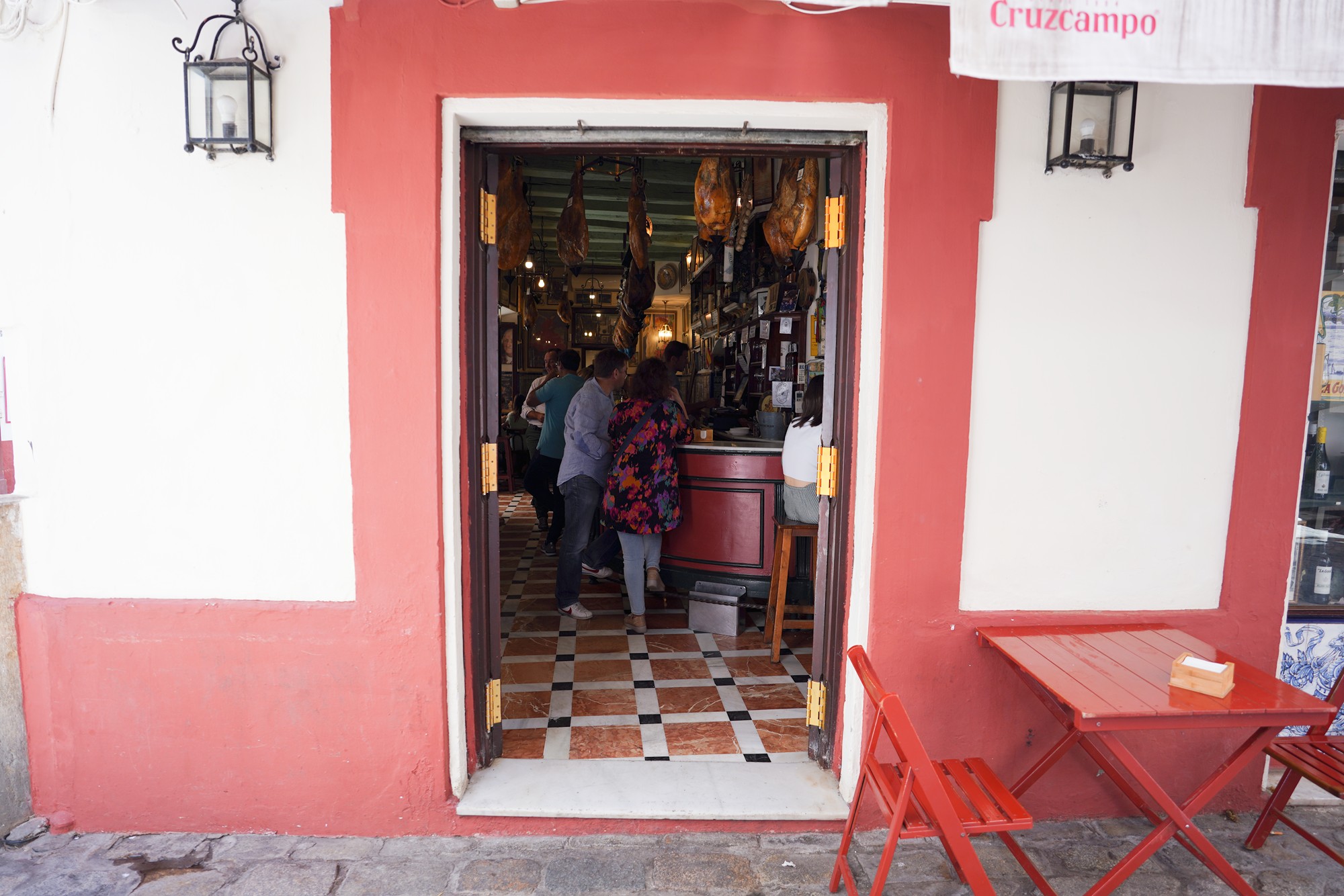
Looking at a side street
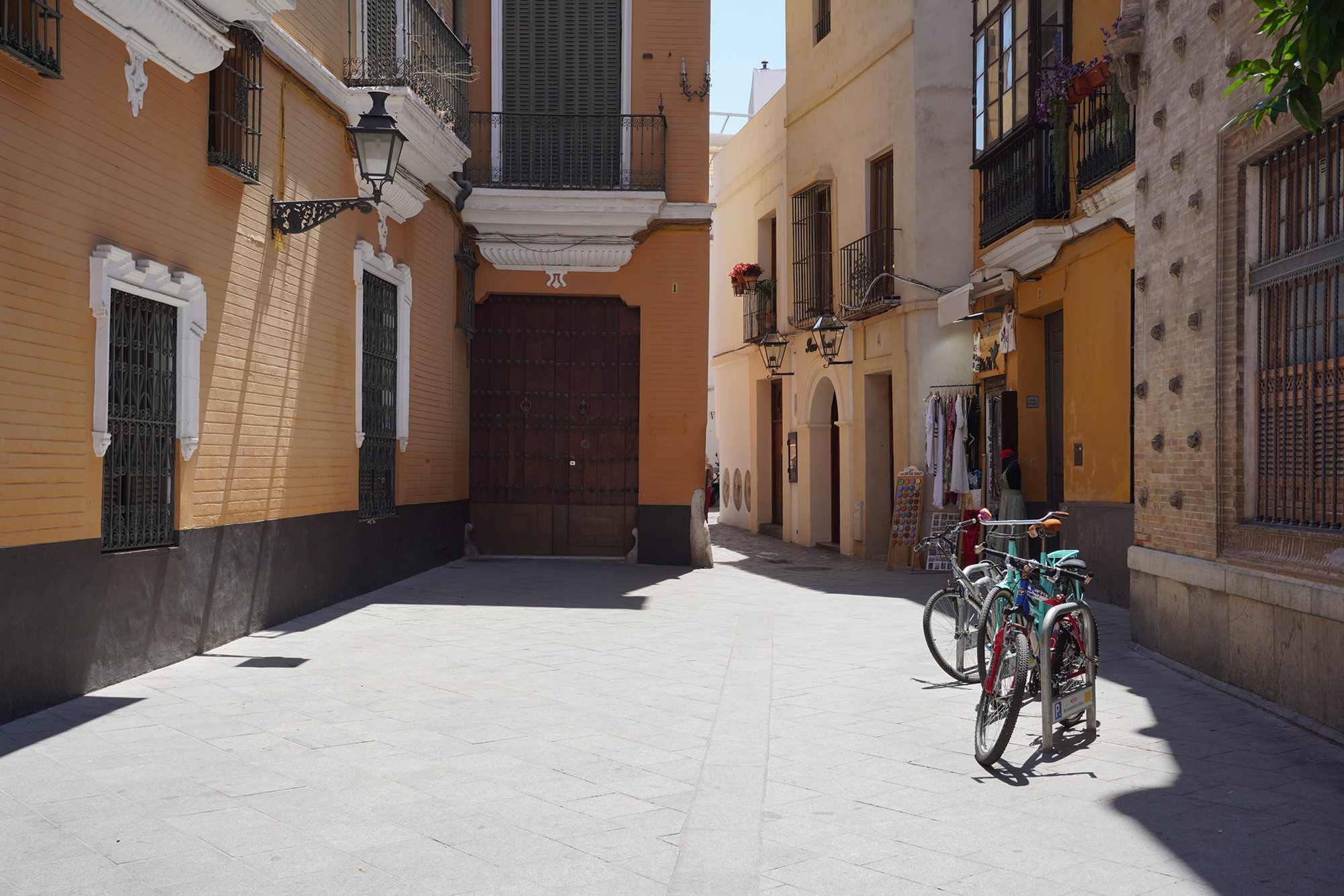
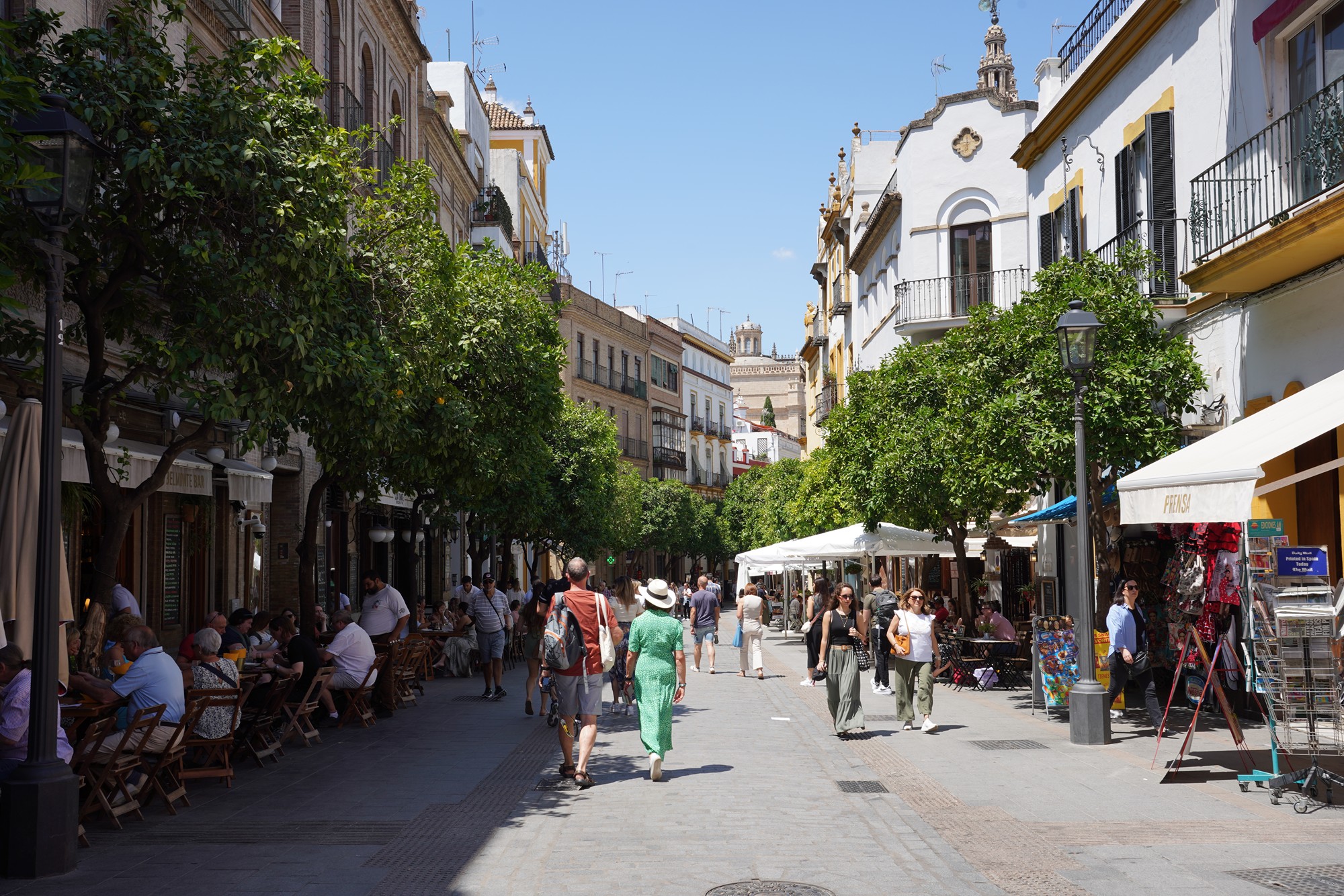

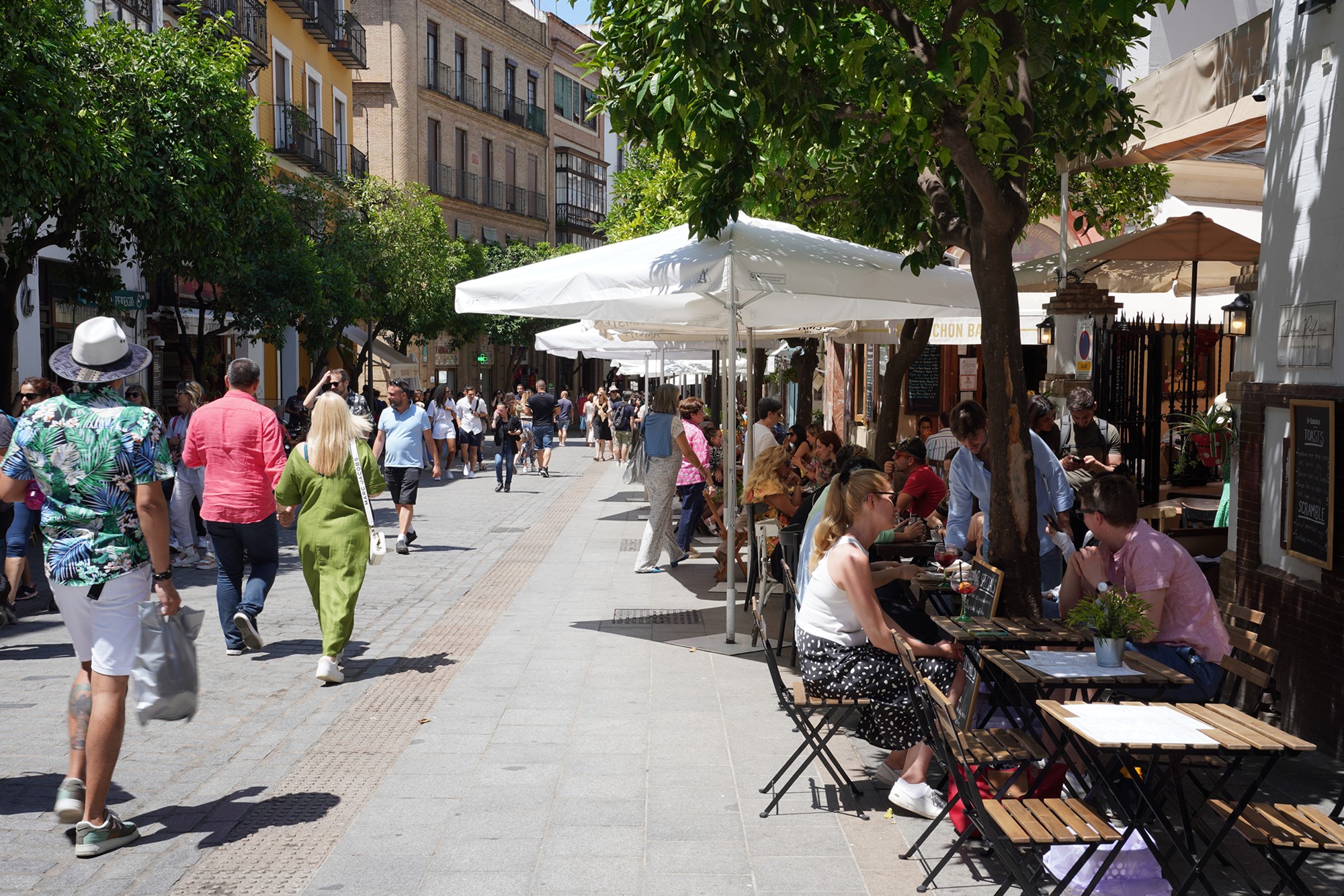
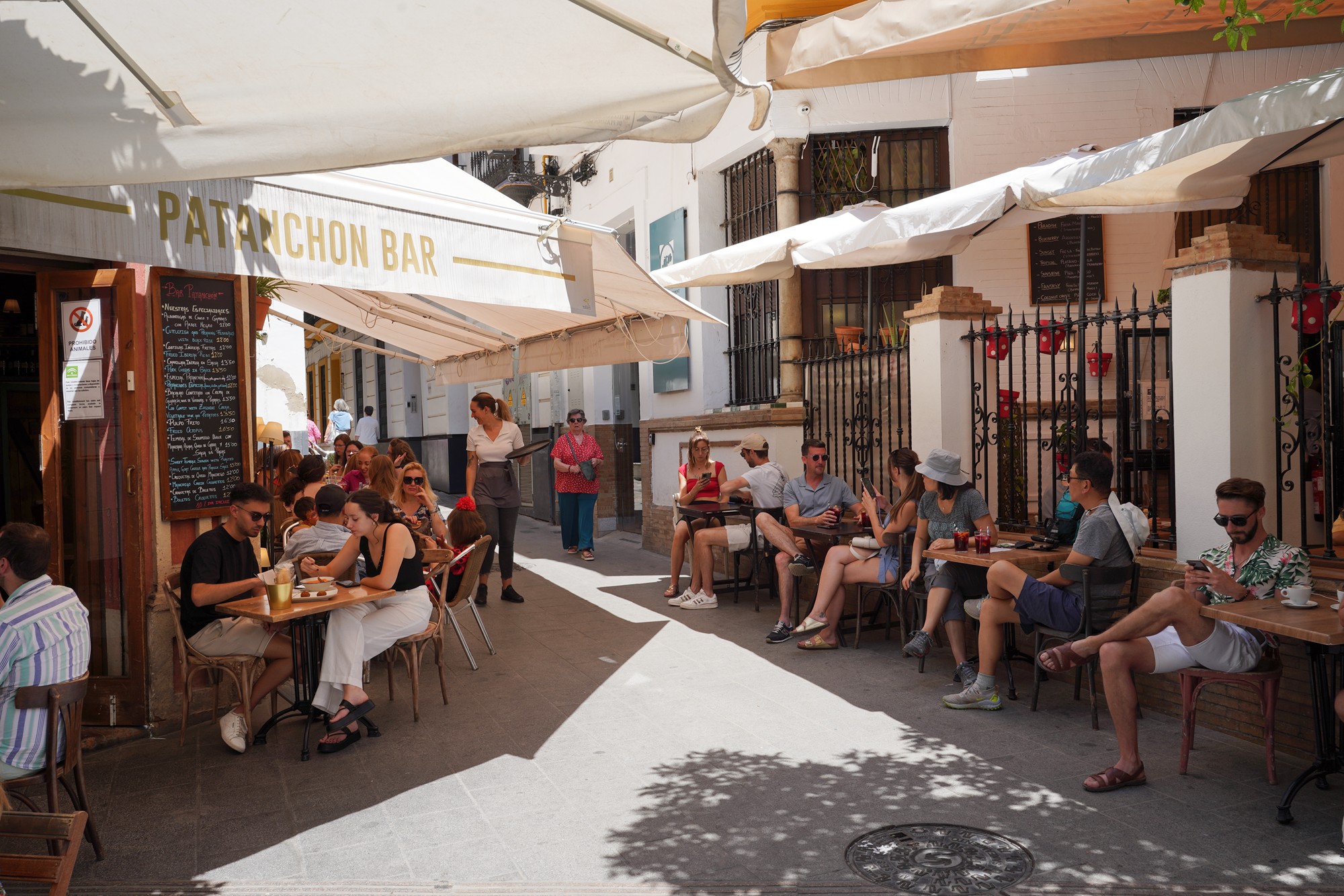
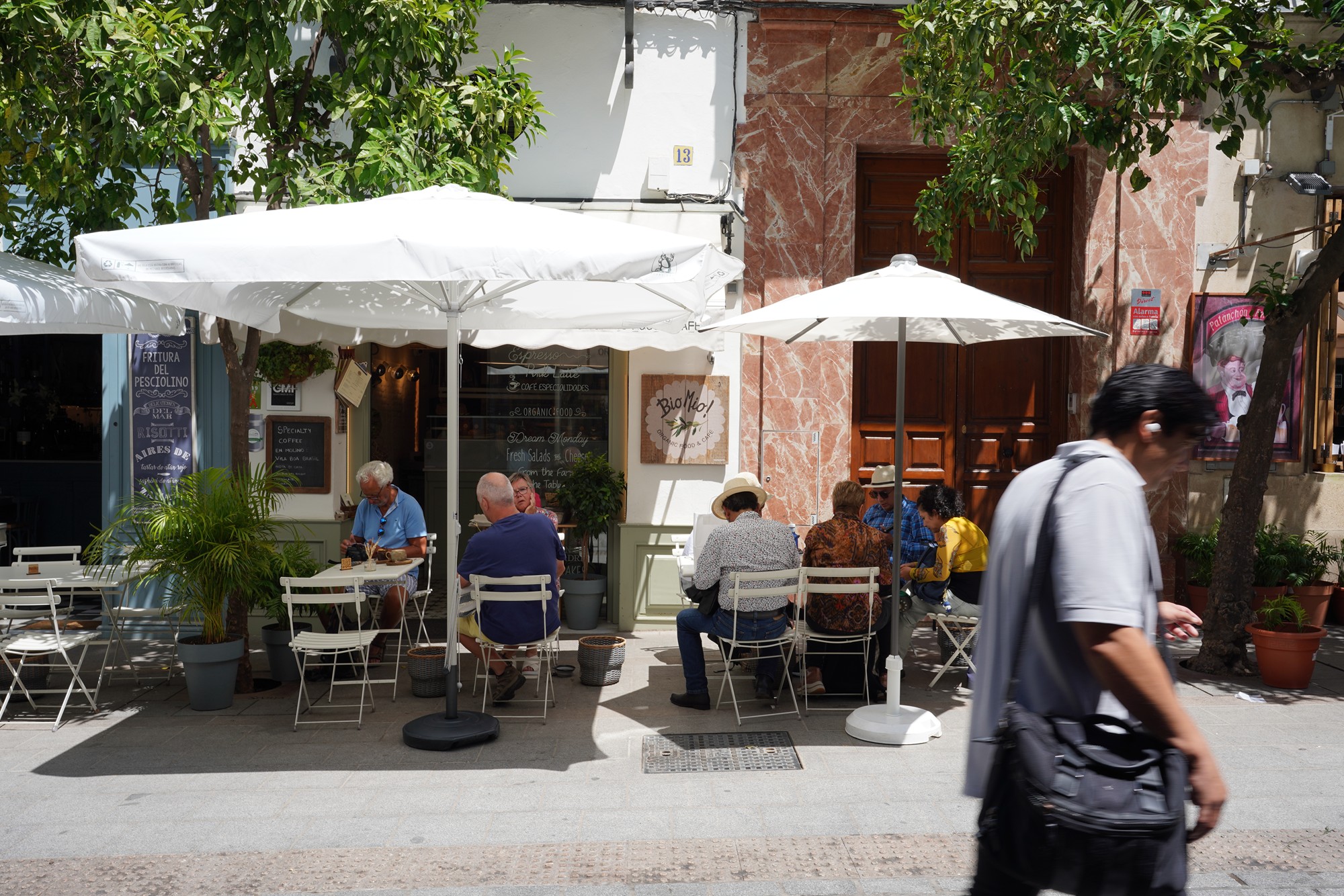
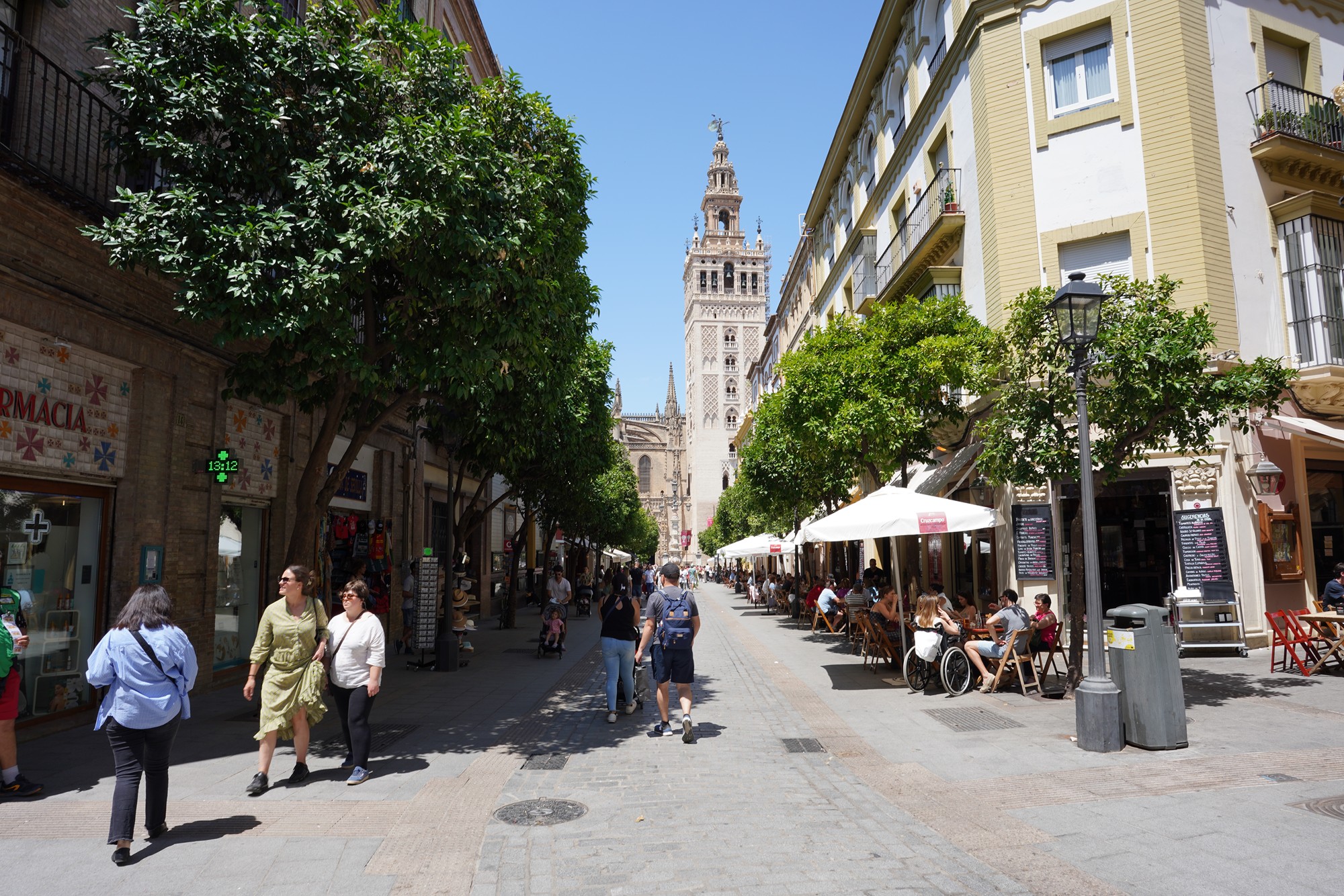
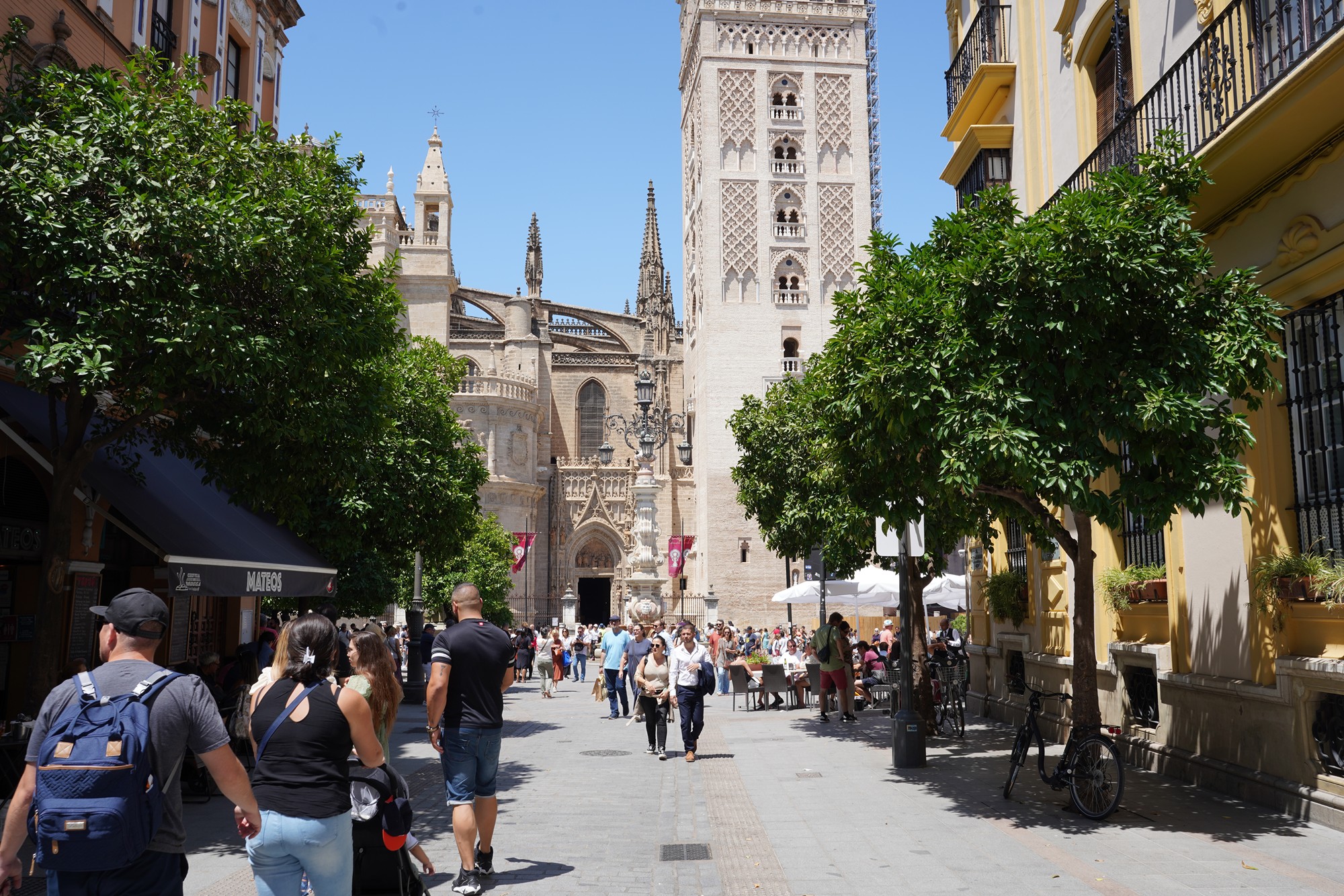
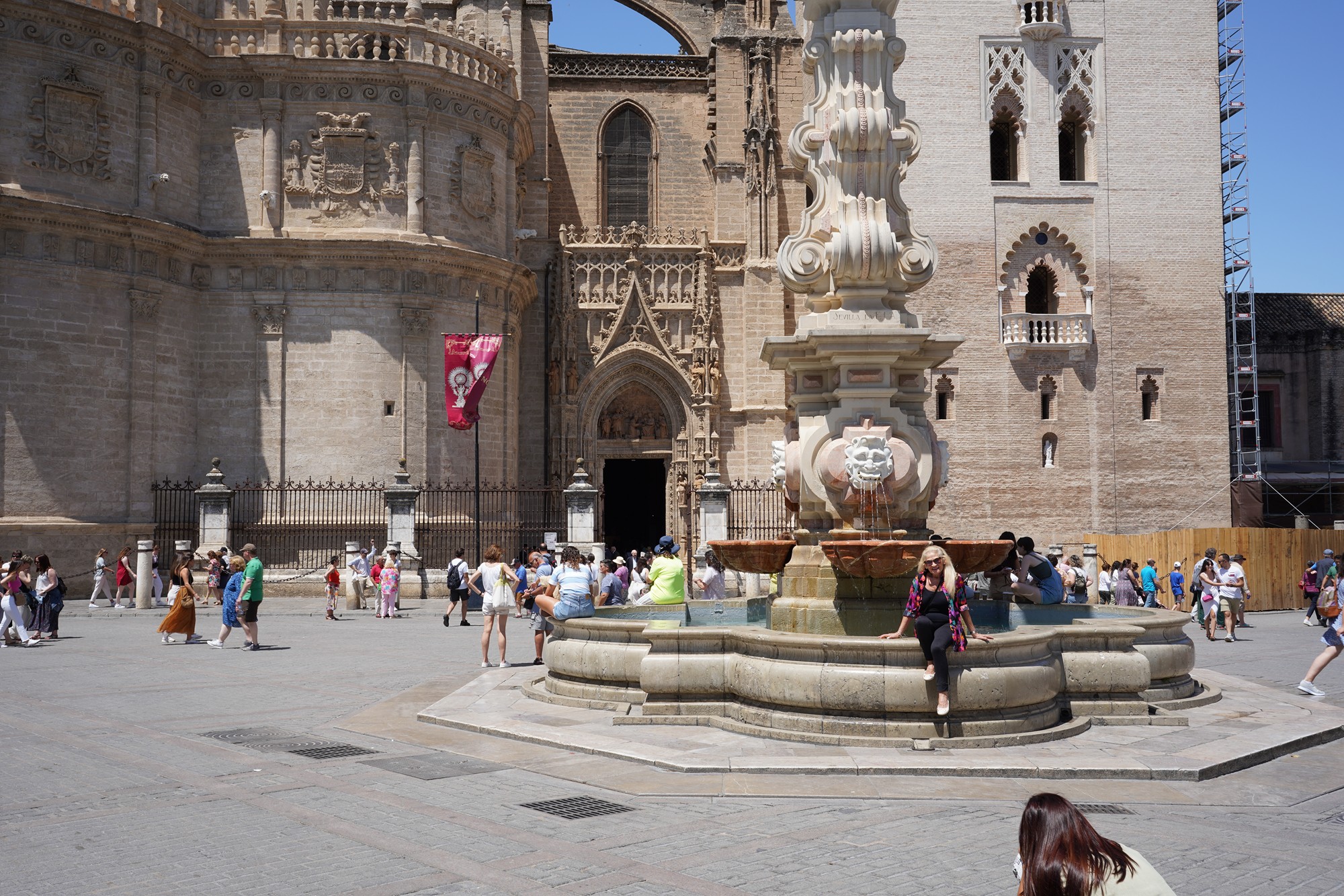
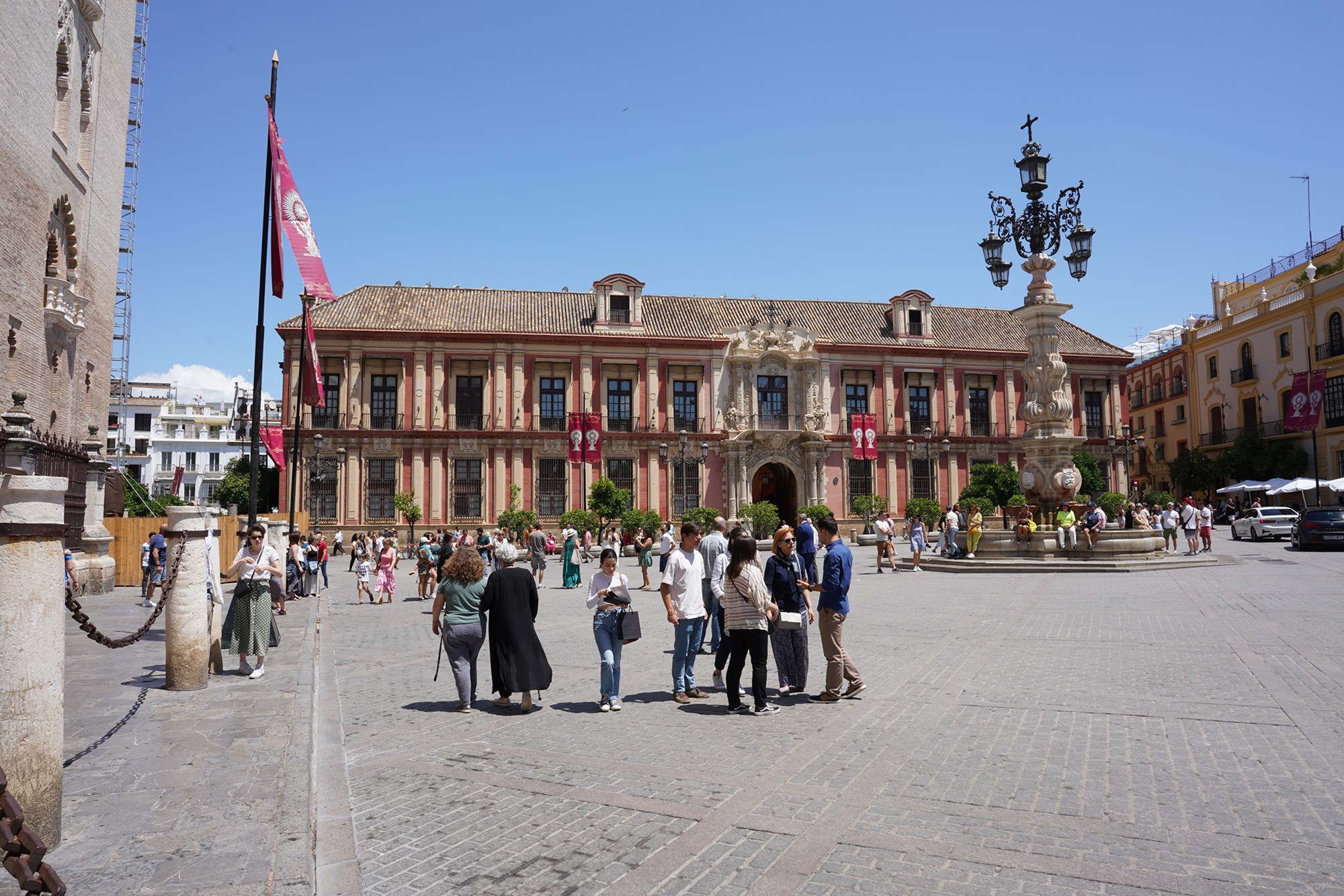
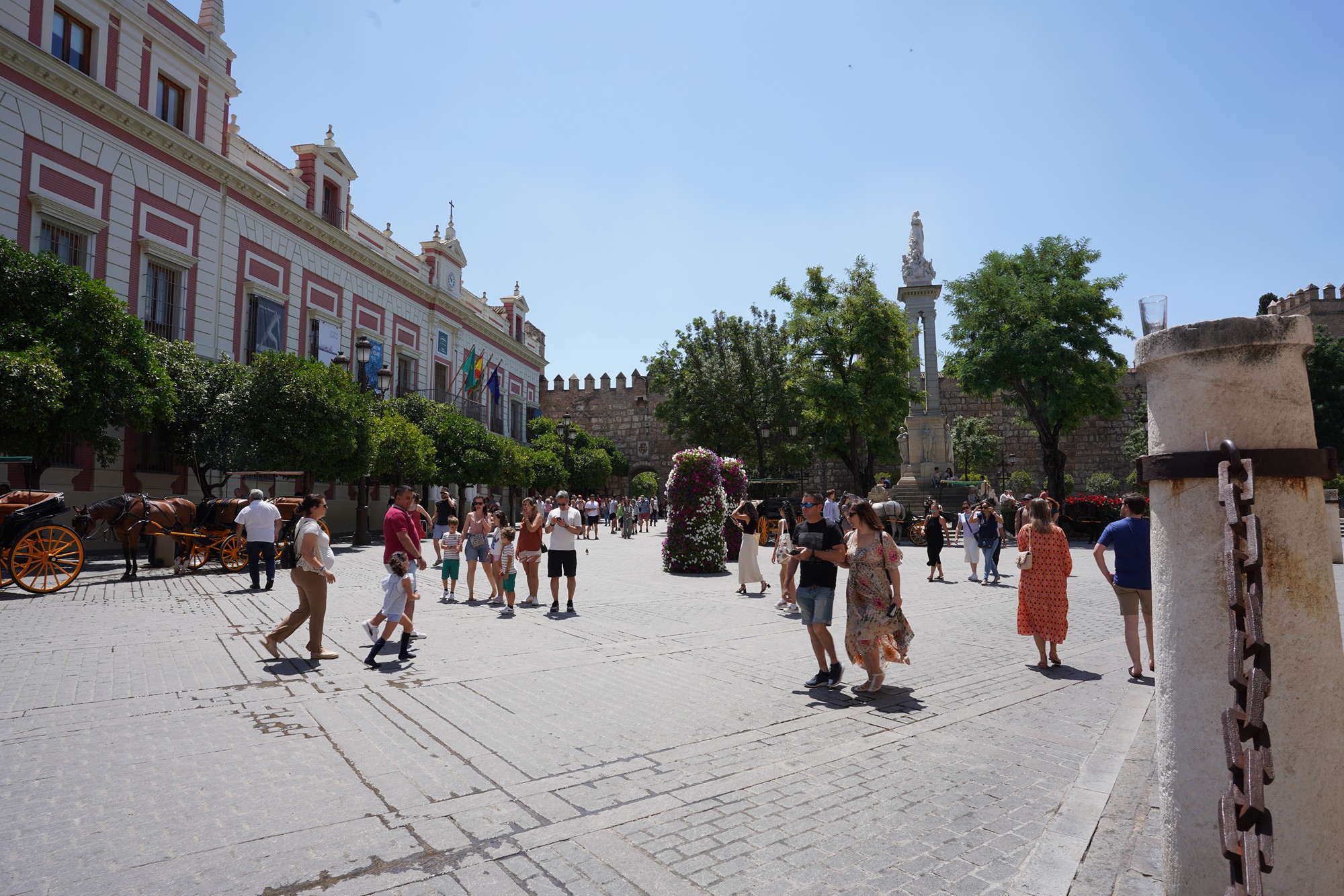
Inside the cathedral
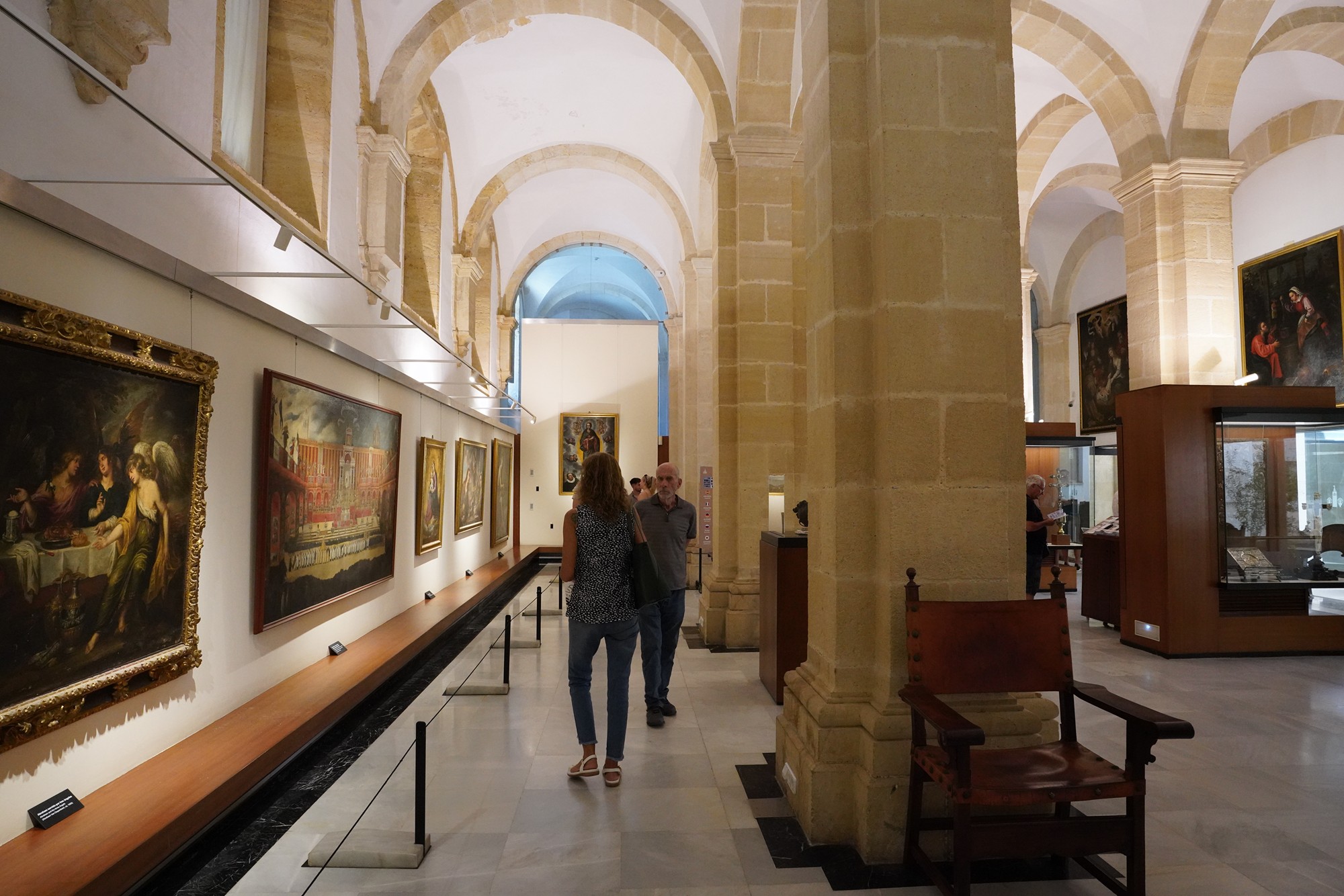
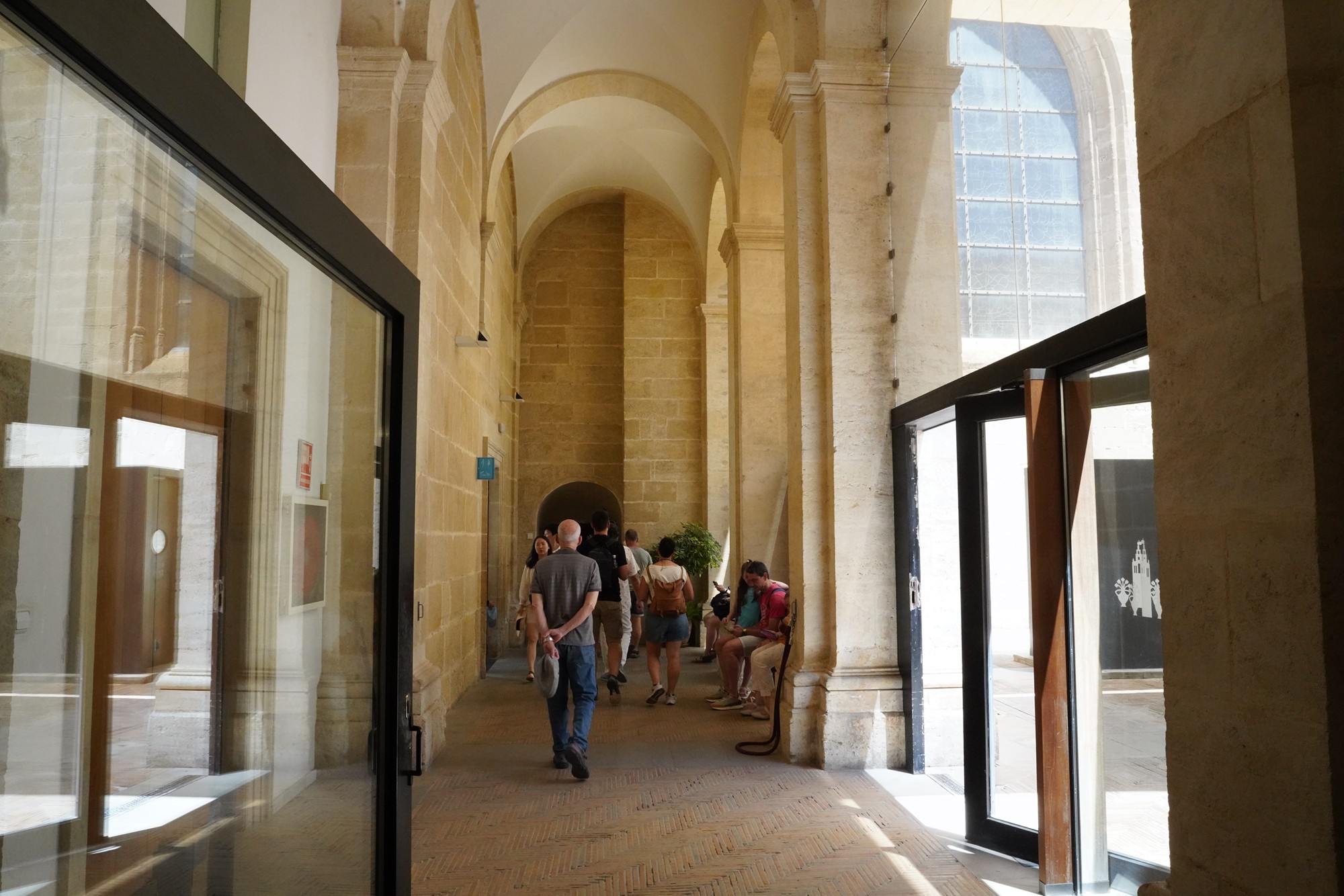
Entered the rear sideways
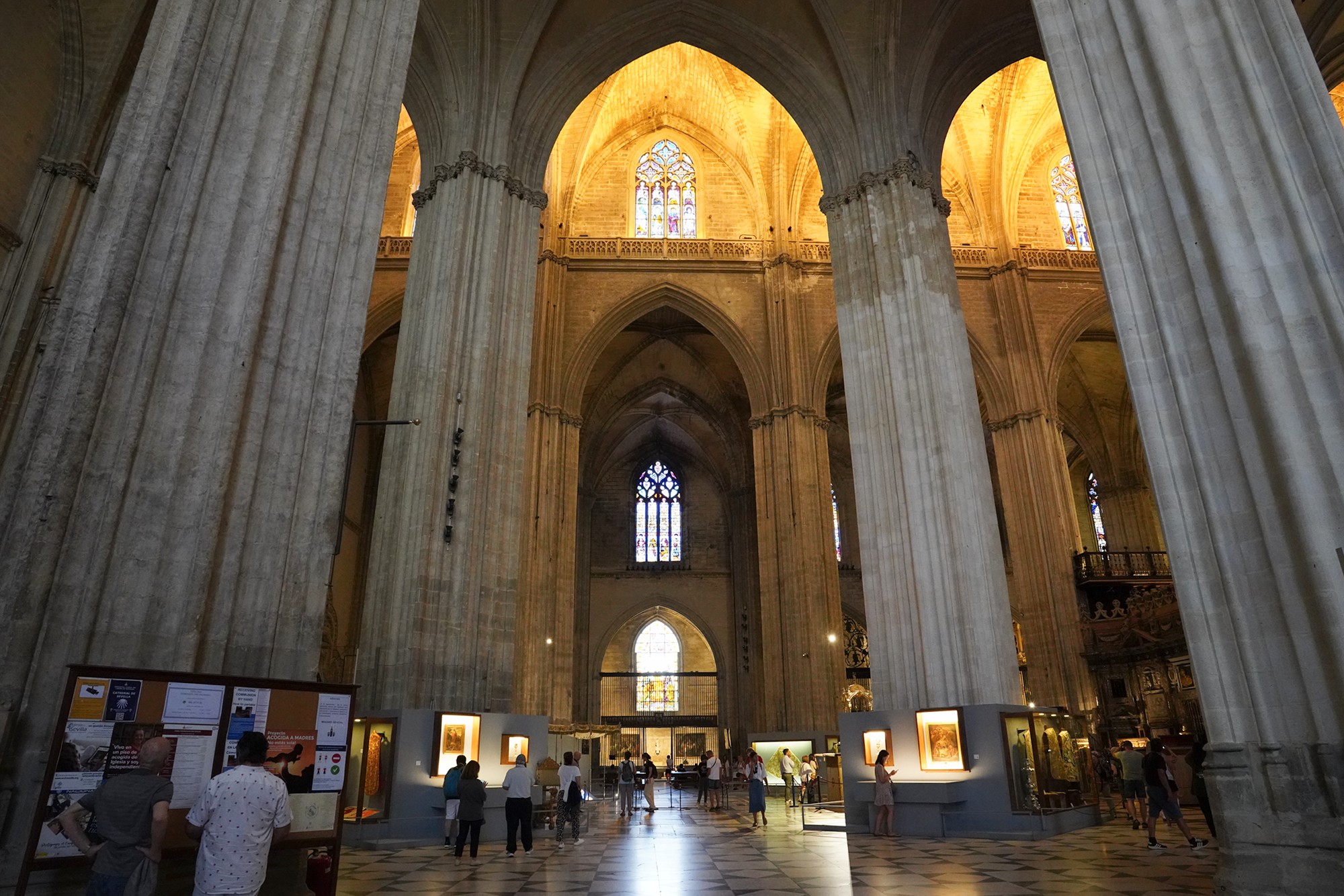

Looking toward the altar side from the rear far right
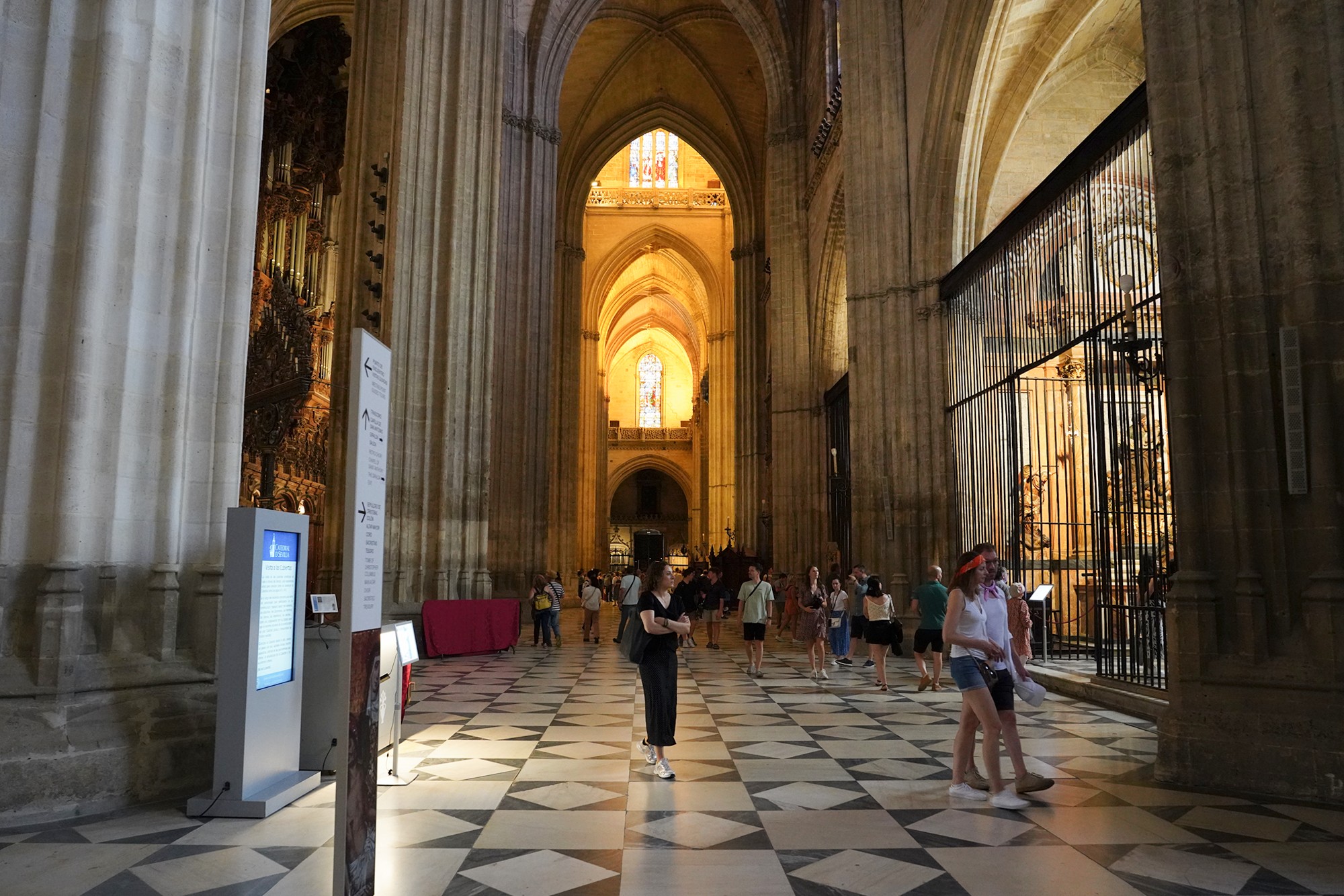
Looking toward the altar side from the rear right
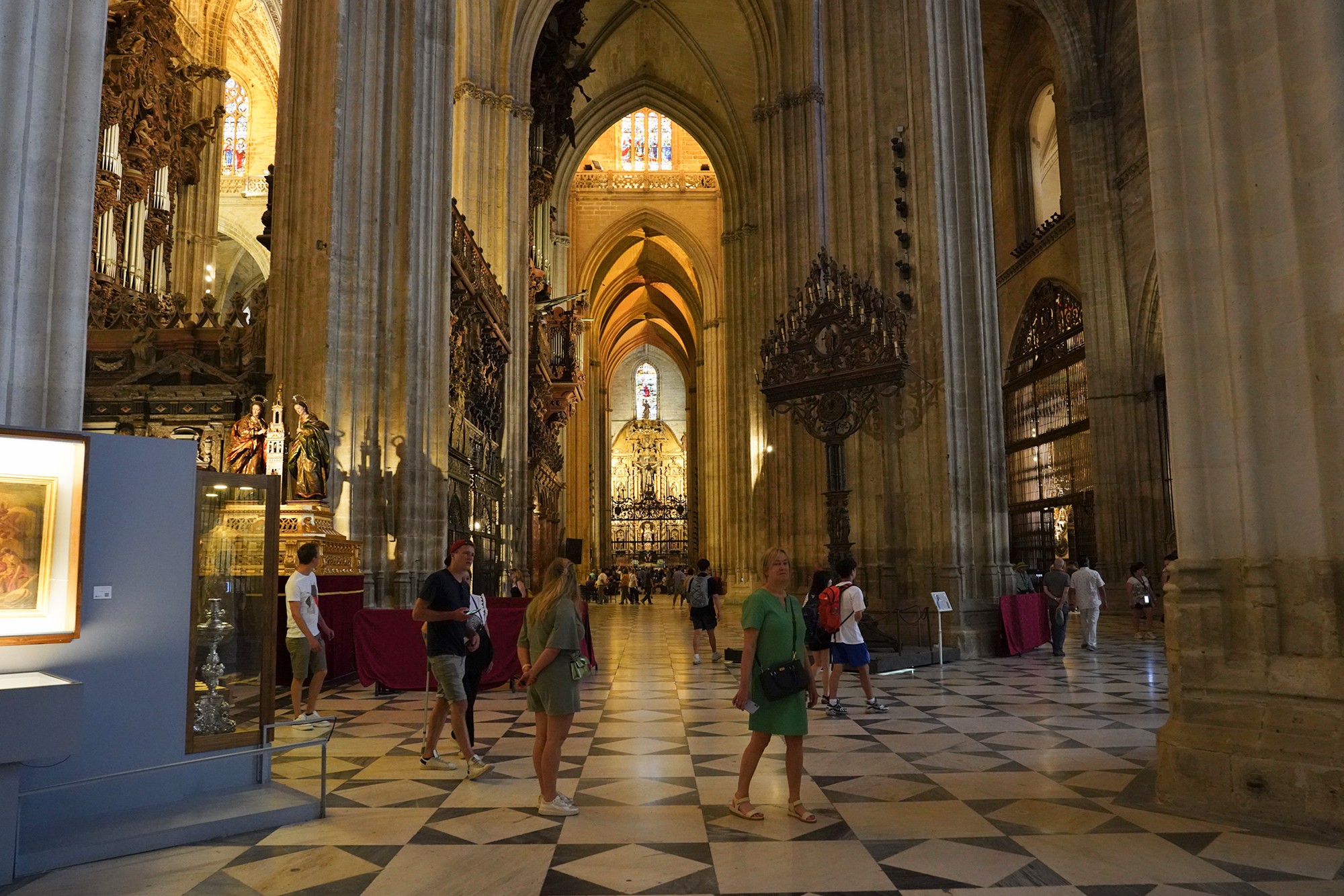
Looking toward the altar side from the rear center. The choir section is blocking the view of the altar

Looking back at the rear of the church
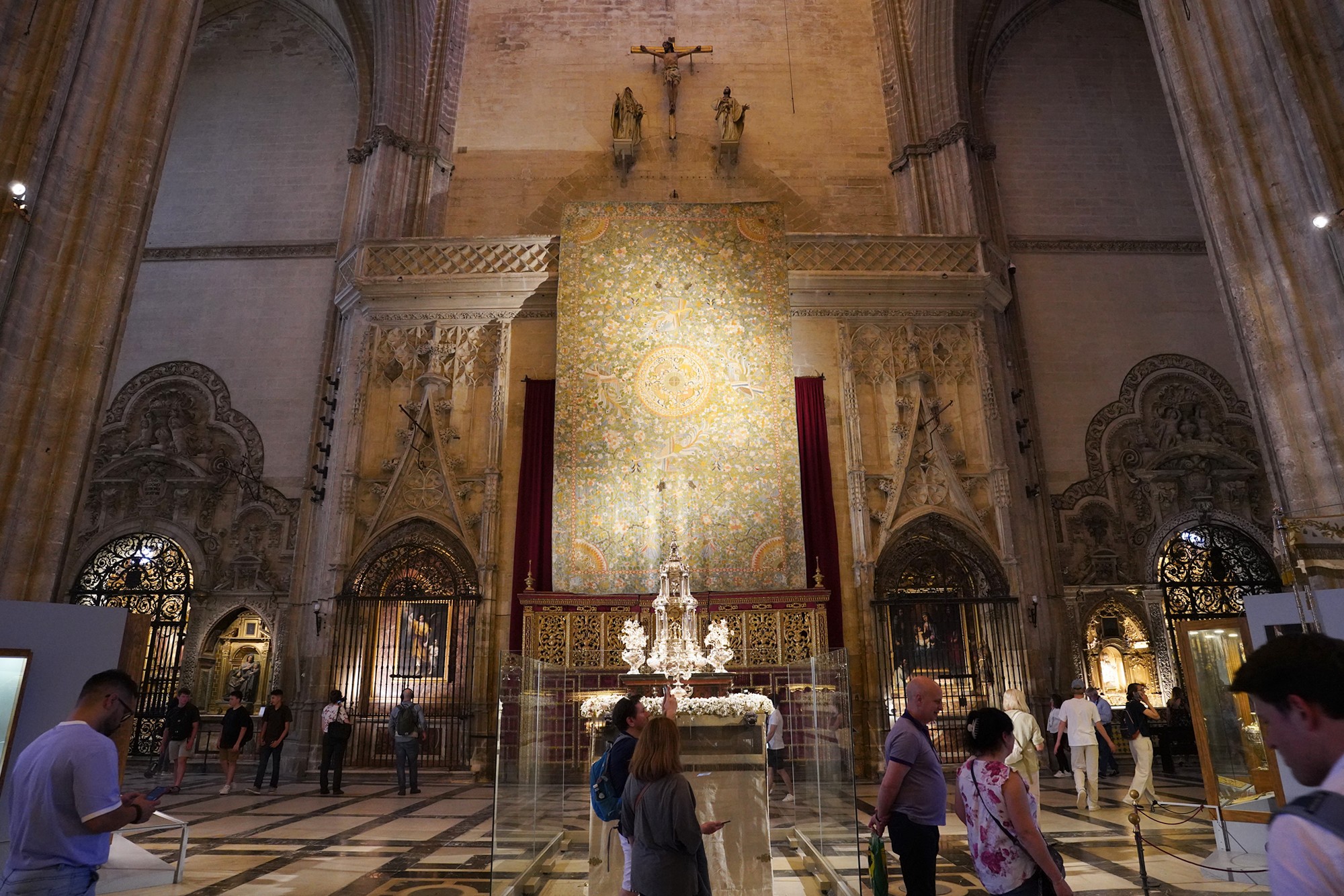
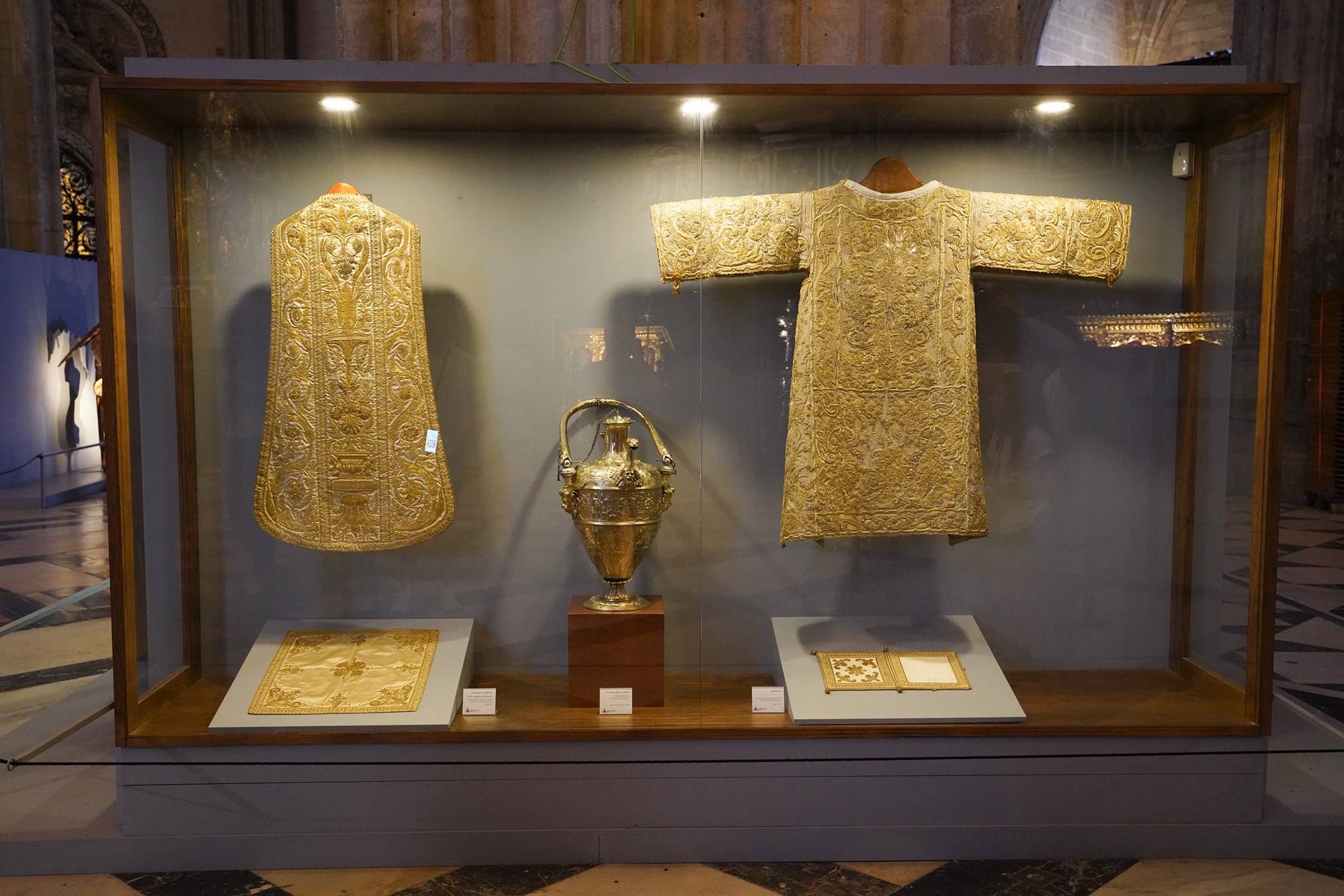
Looking toward the altar side from the rear left side

Looking toward the altar side from the rear far left side
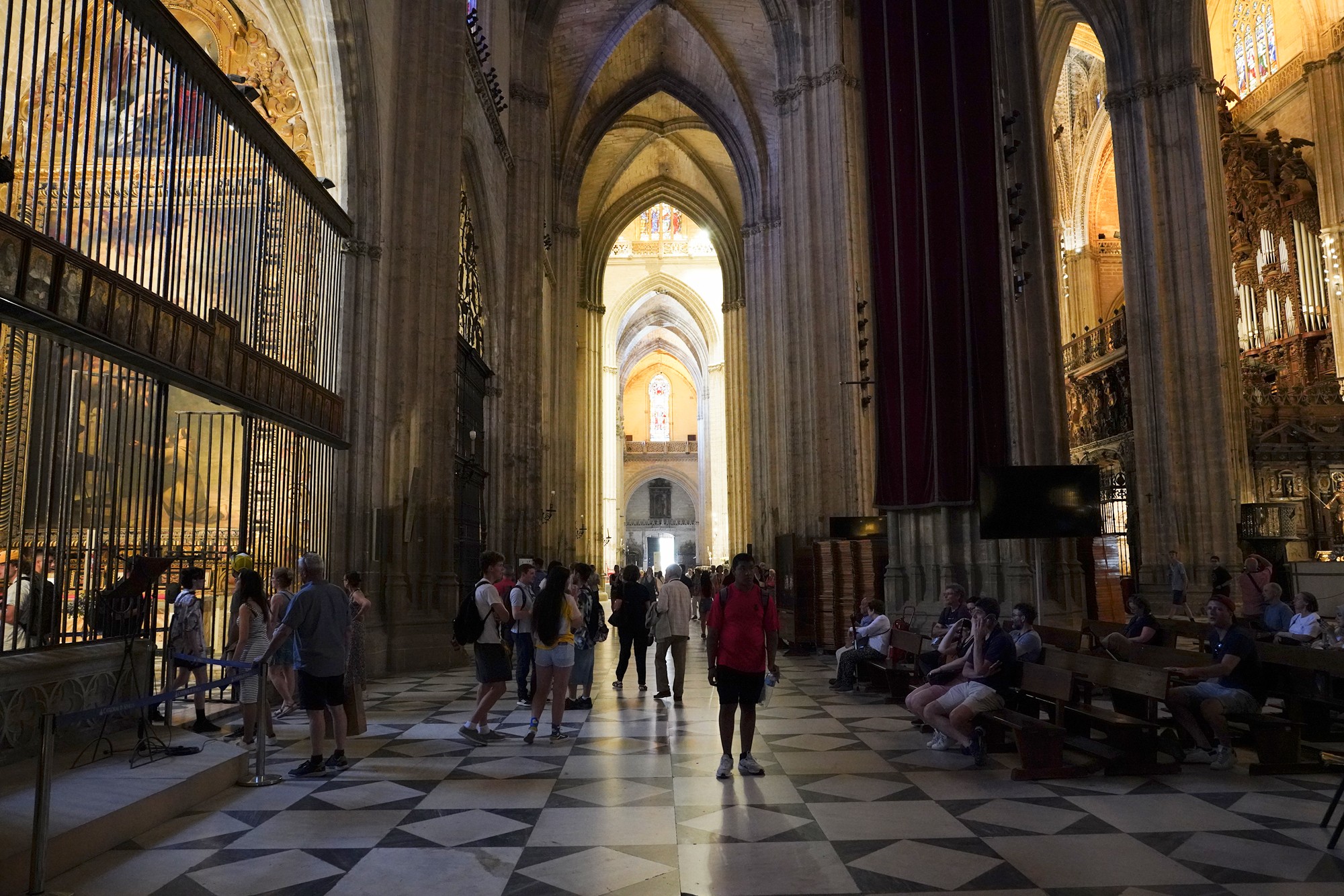
Looking across the rear side
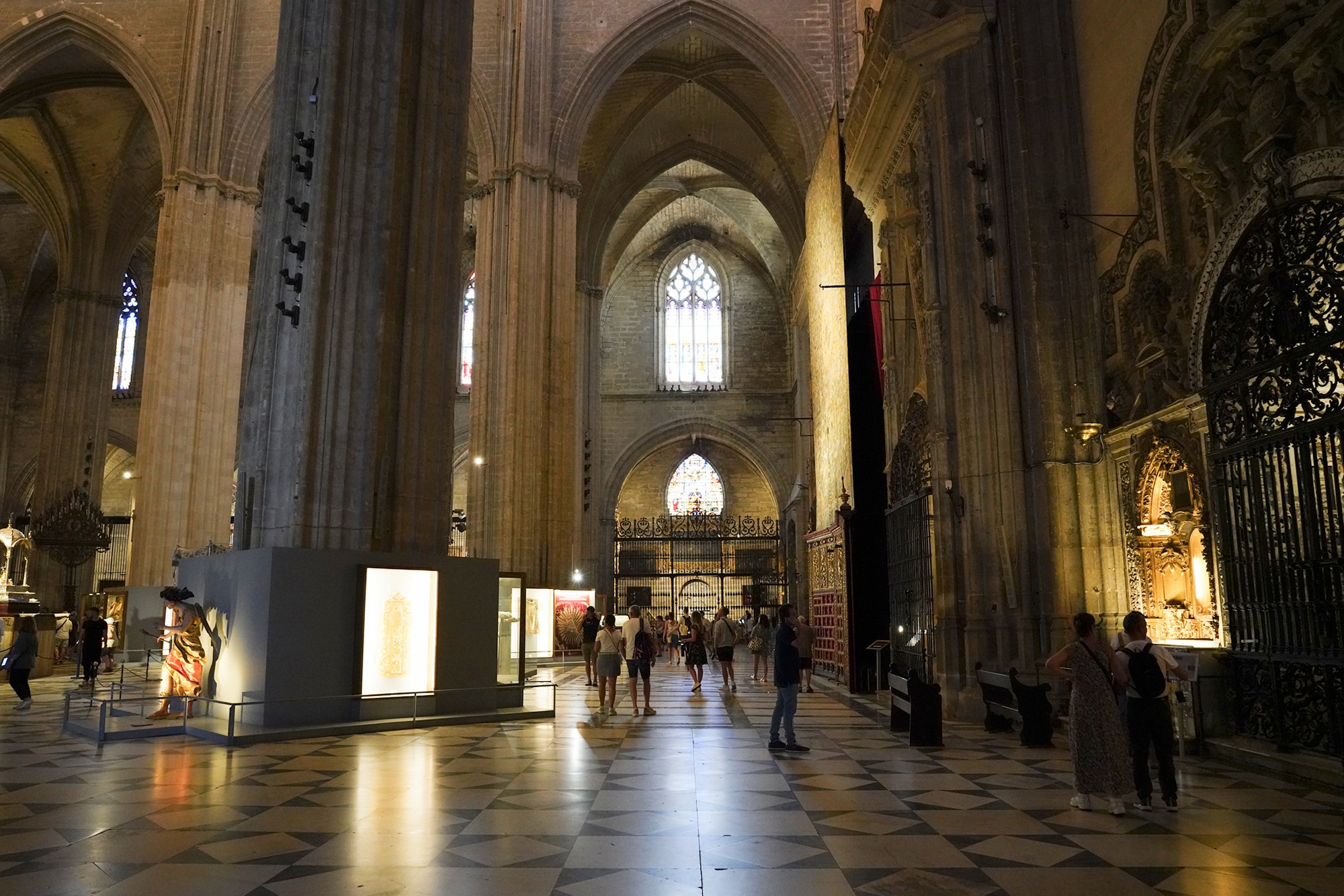
The choir section
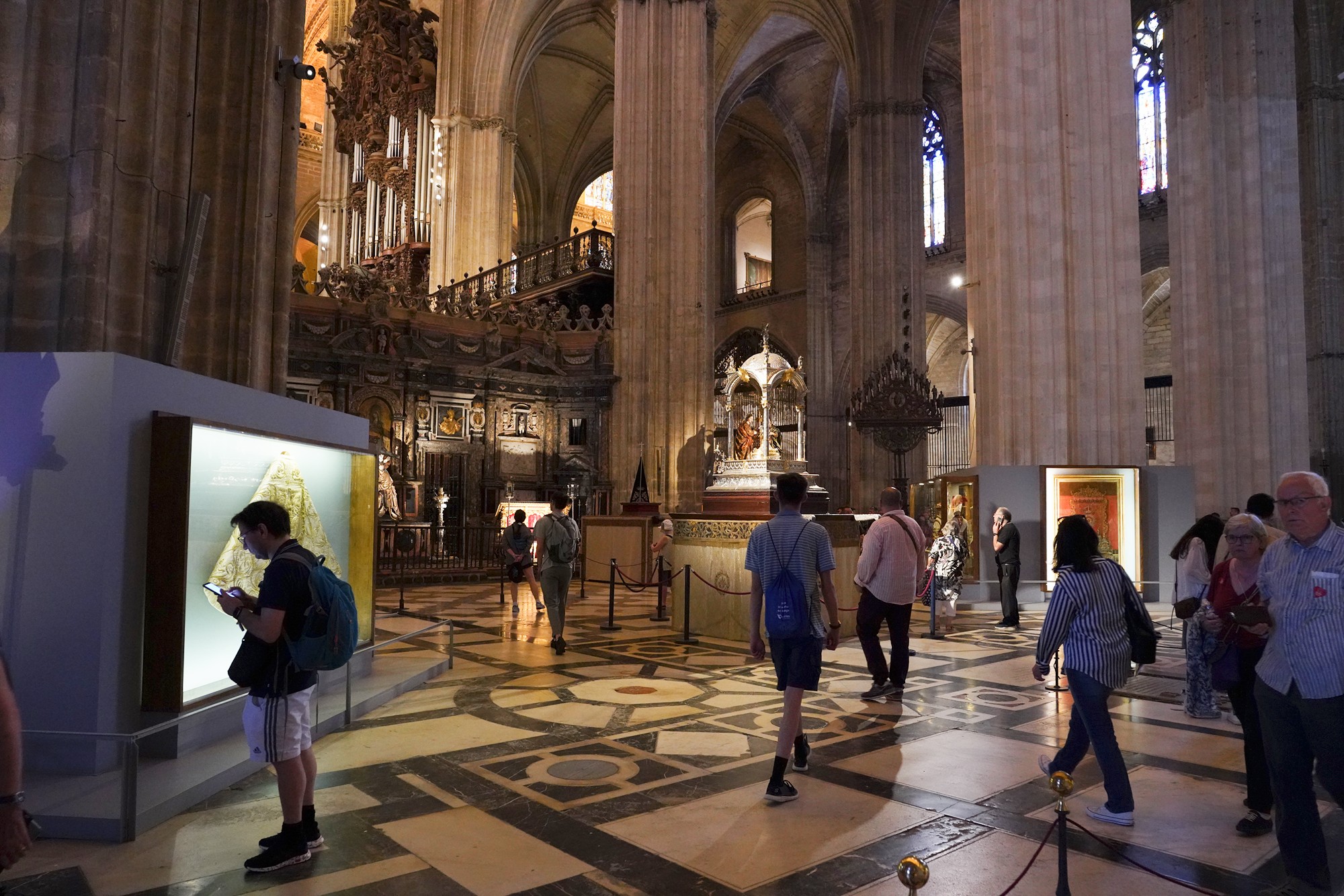
The nave section between the altar and the choir
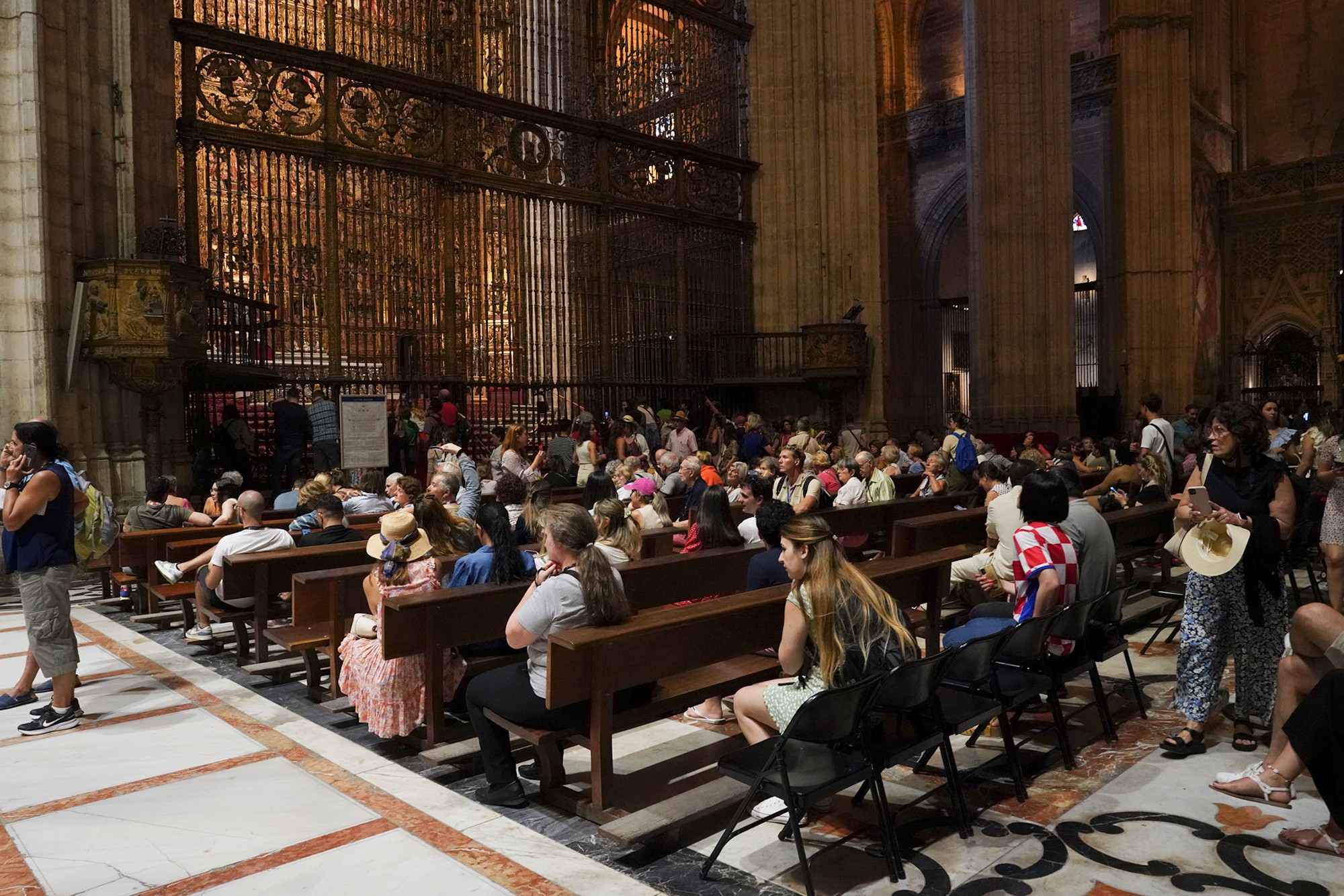
Looking at the left side from the nave

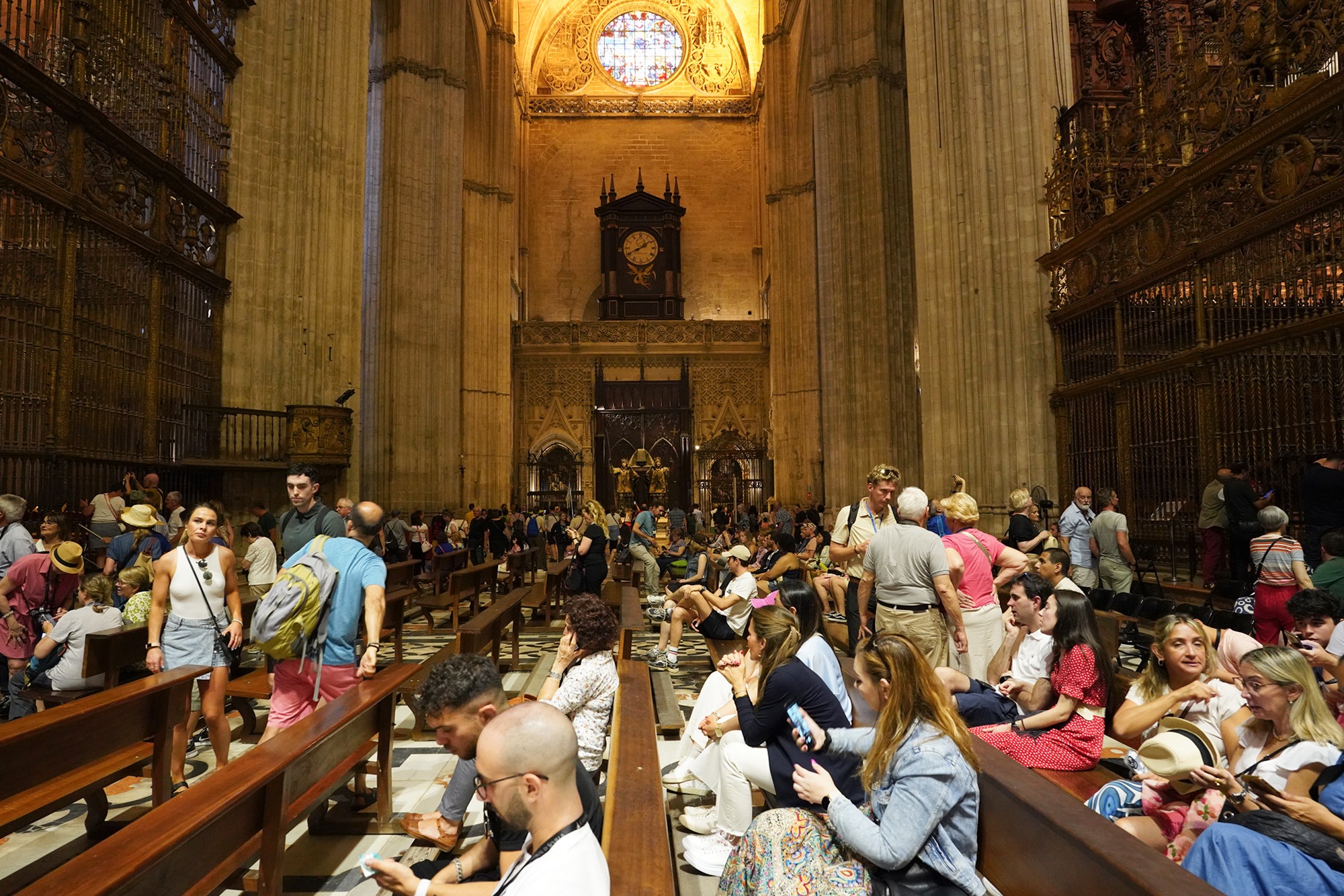
The altar

The inside view of the altar
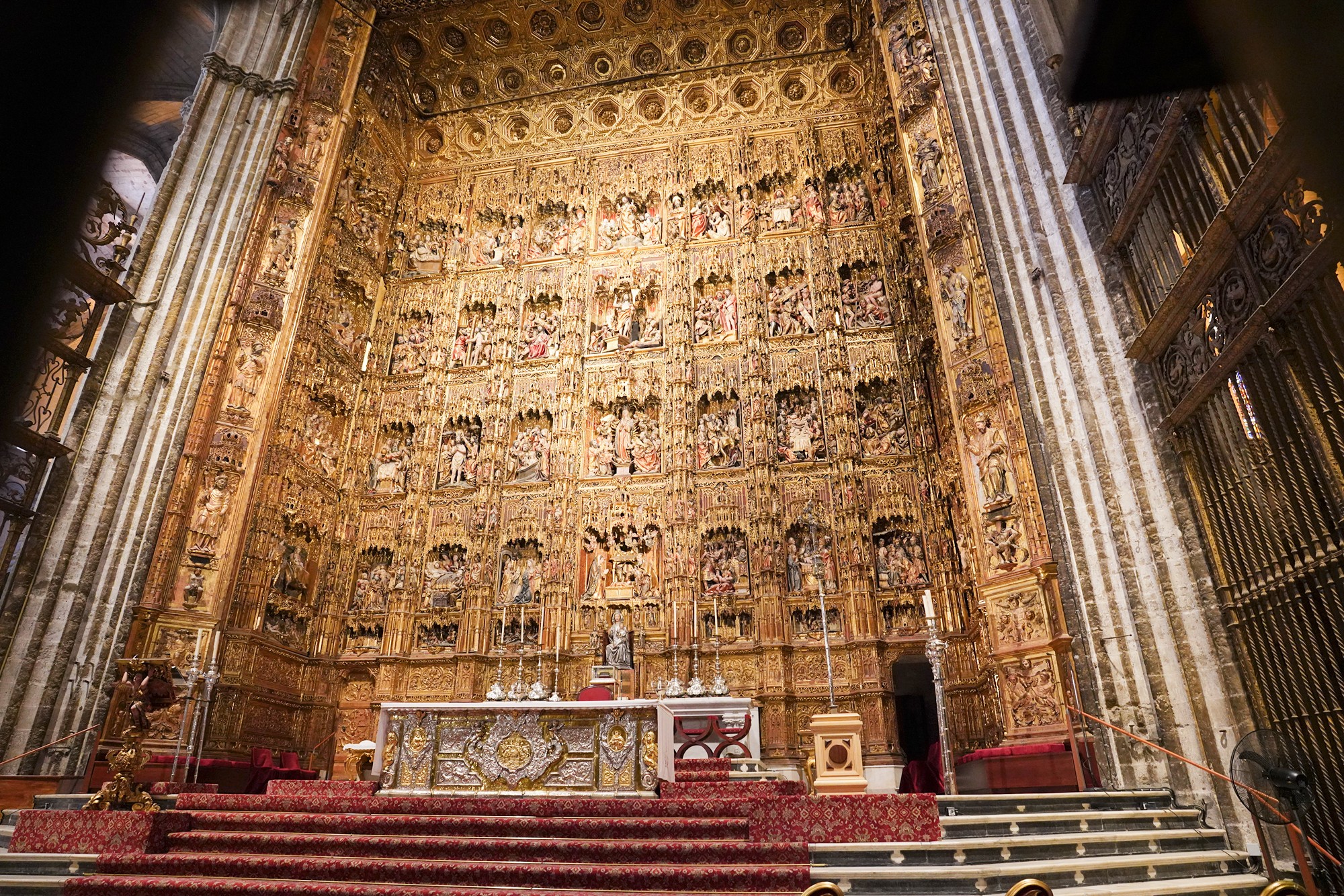
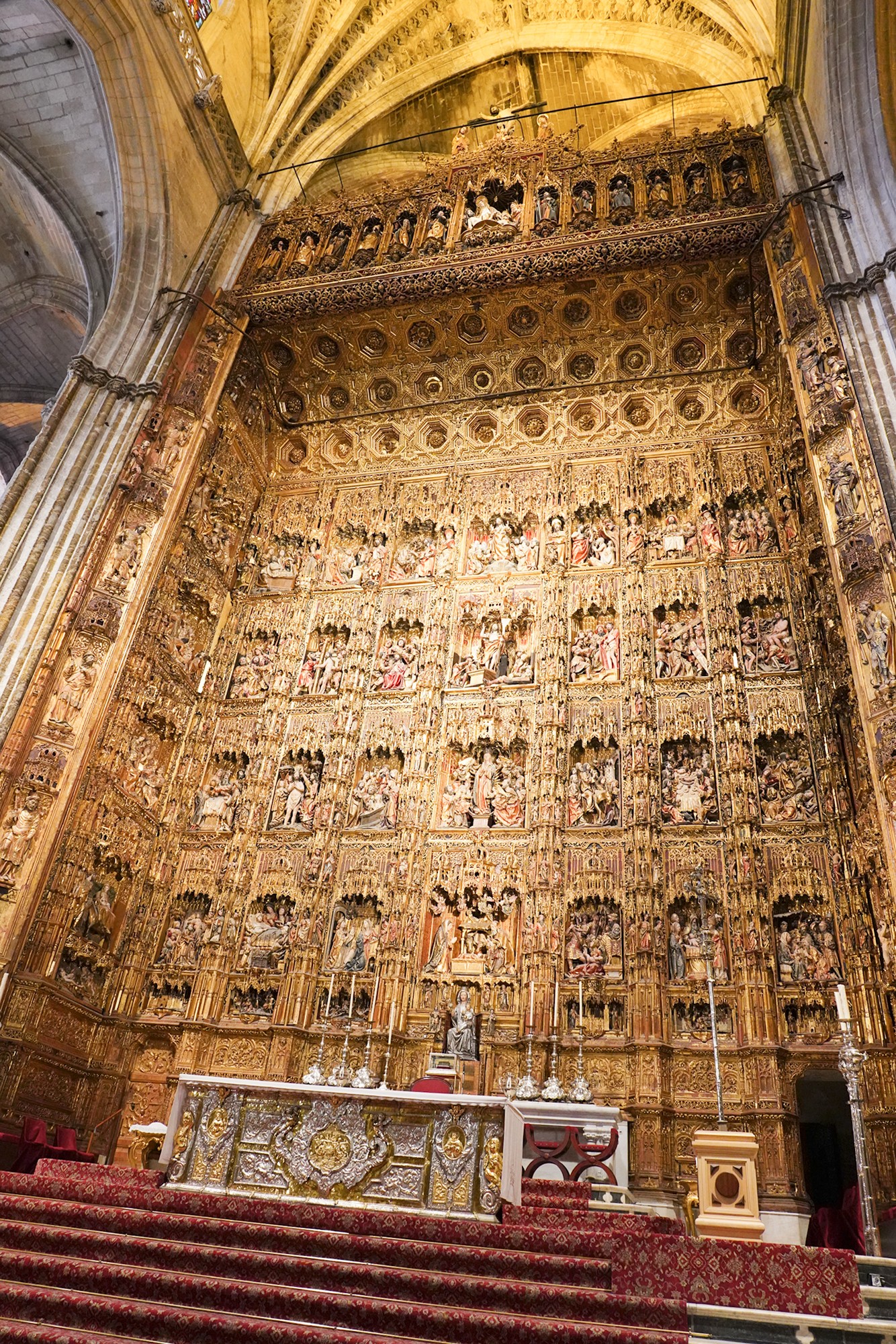
Turned around and looked at the inside view of the choir
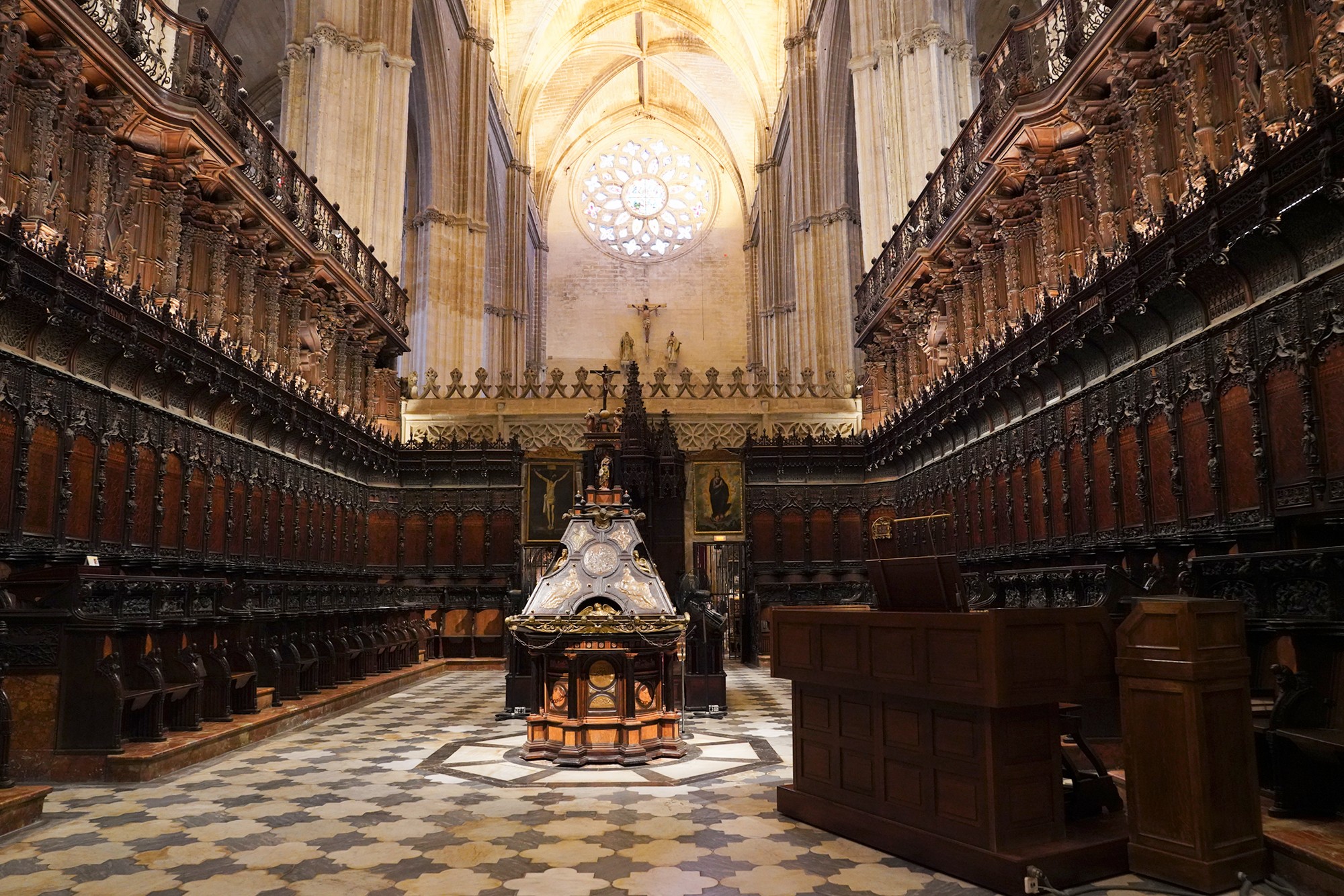
The silver altarpiece with more than 5000 pound of silver
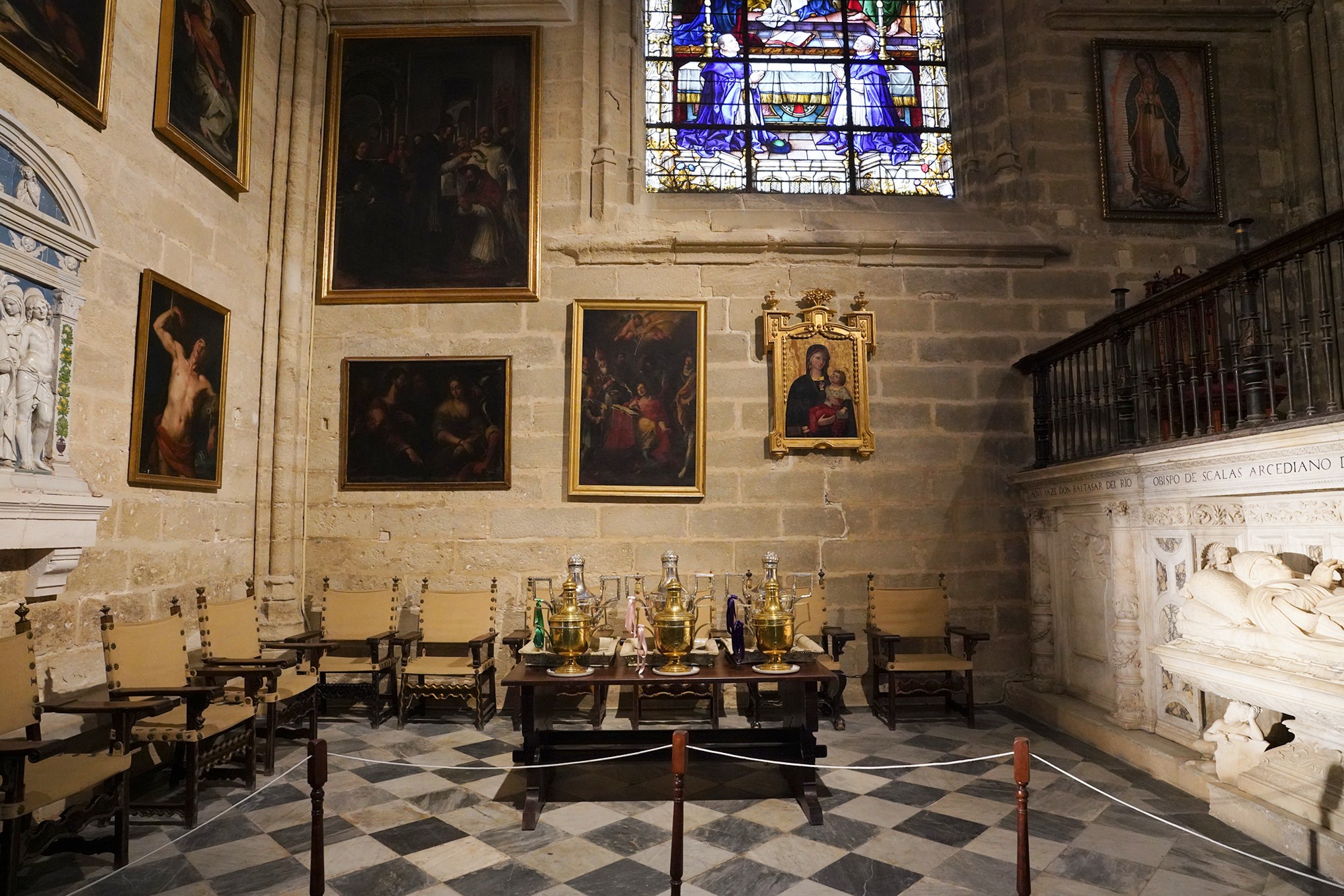
Chapel of St. Anthony. Many were baptized in the big Renaissance-era font. It also has Murillo’s tender painting of the Vision of St. Anthony.
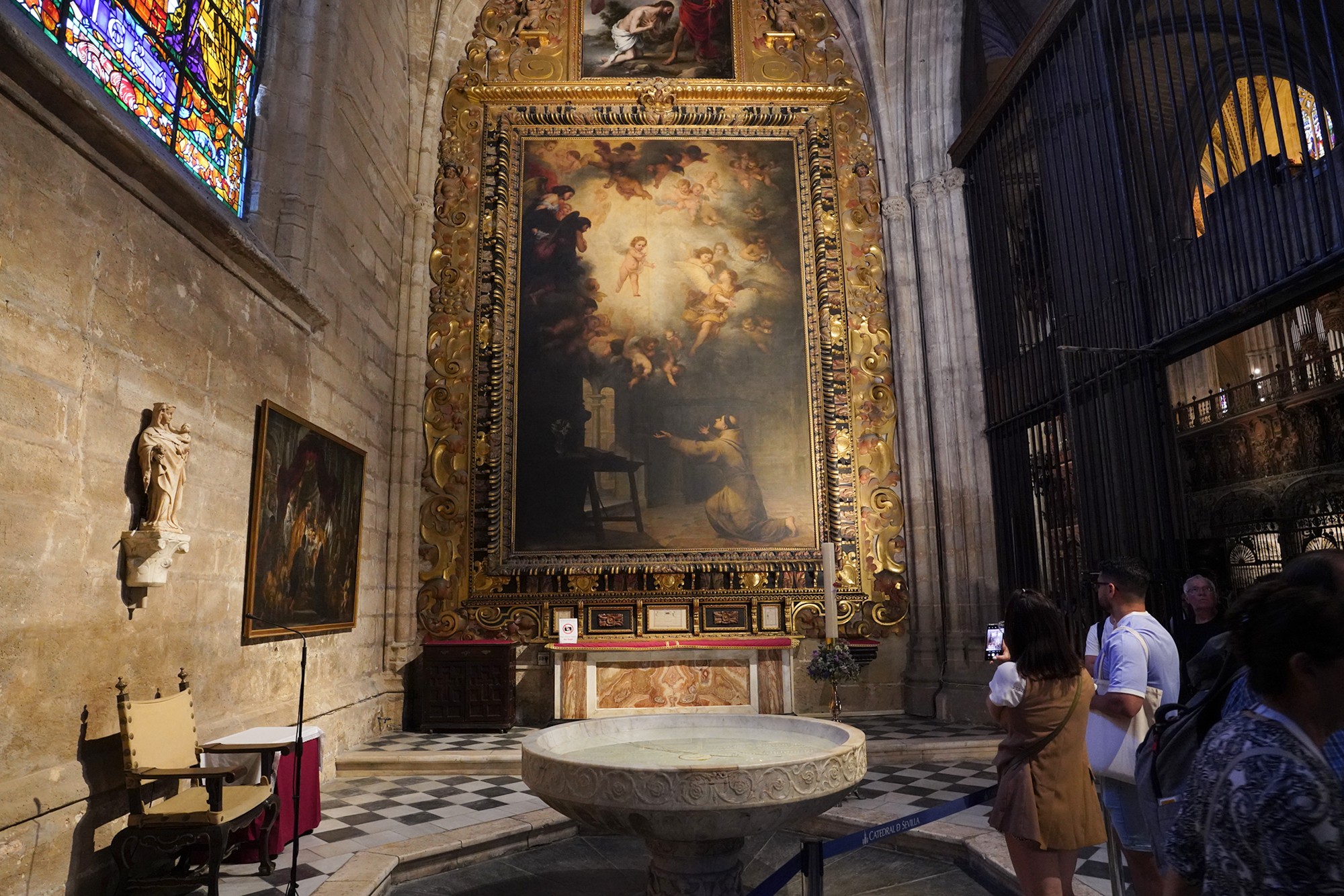
From the back of the church again

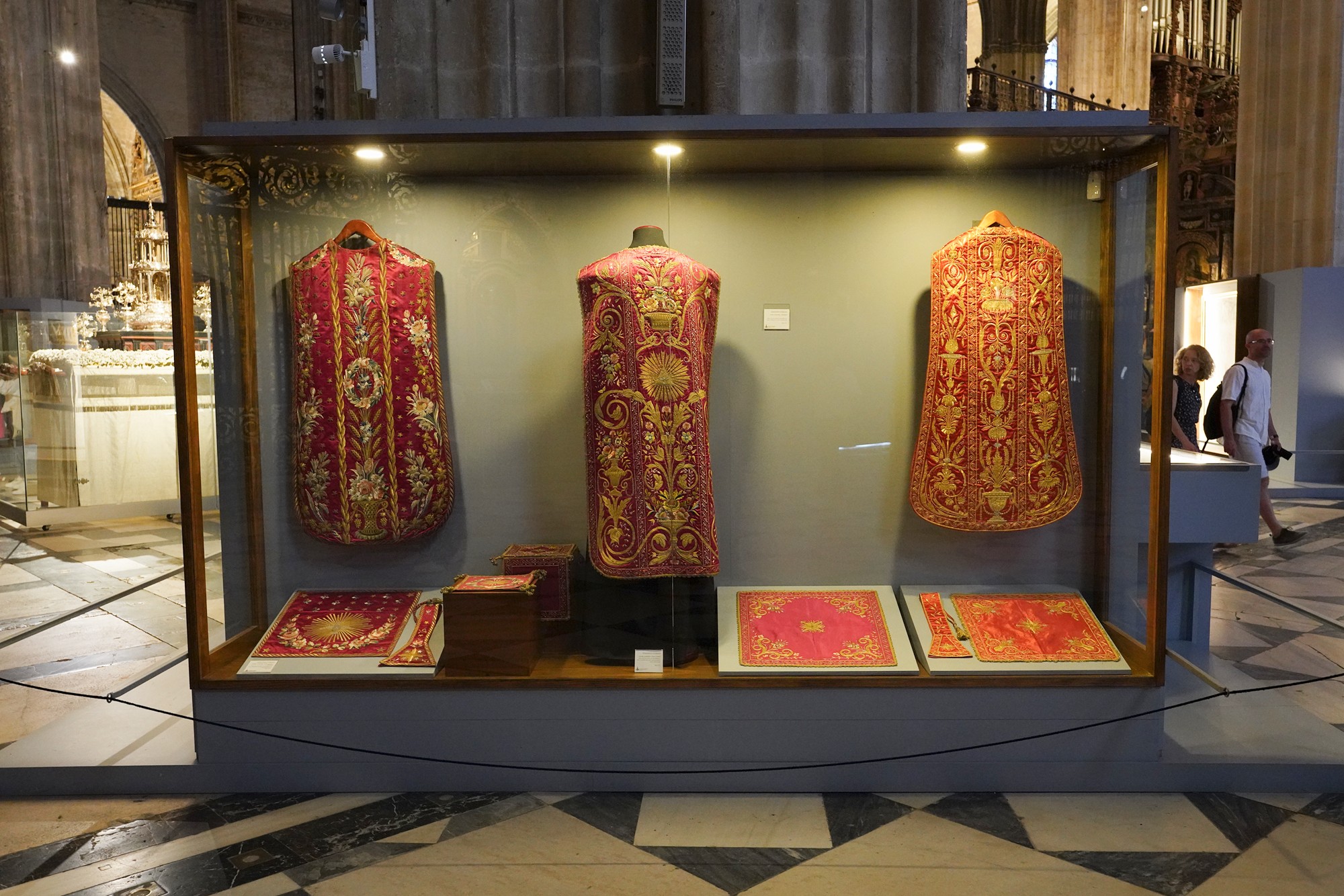
At the rear far right side again
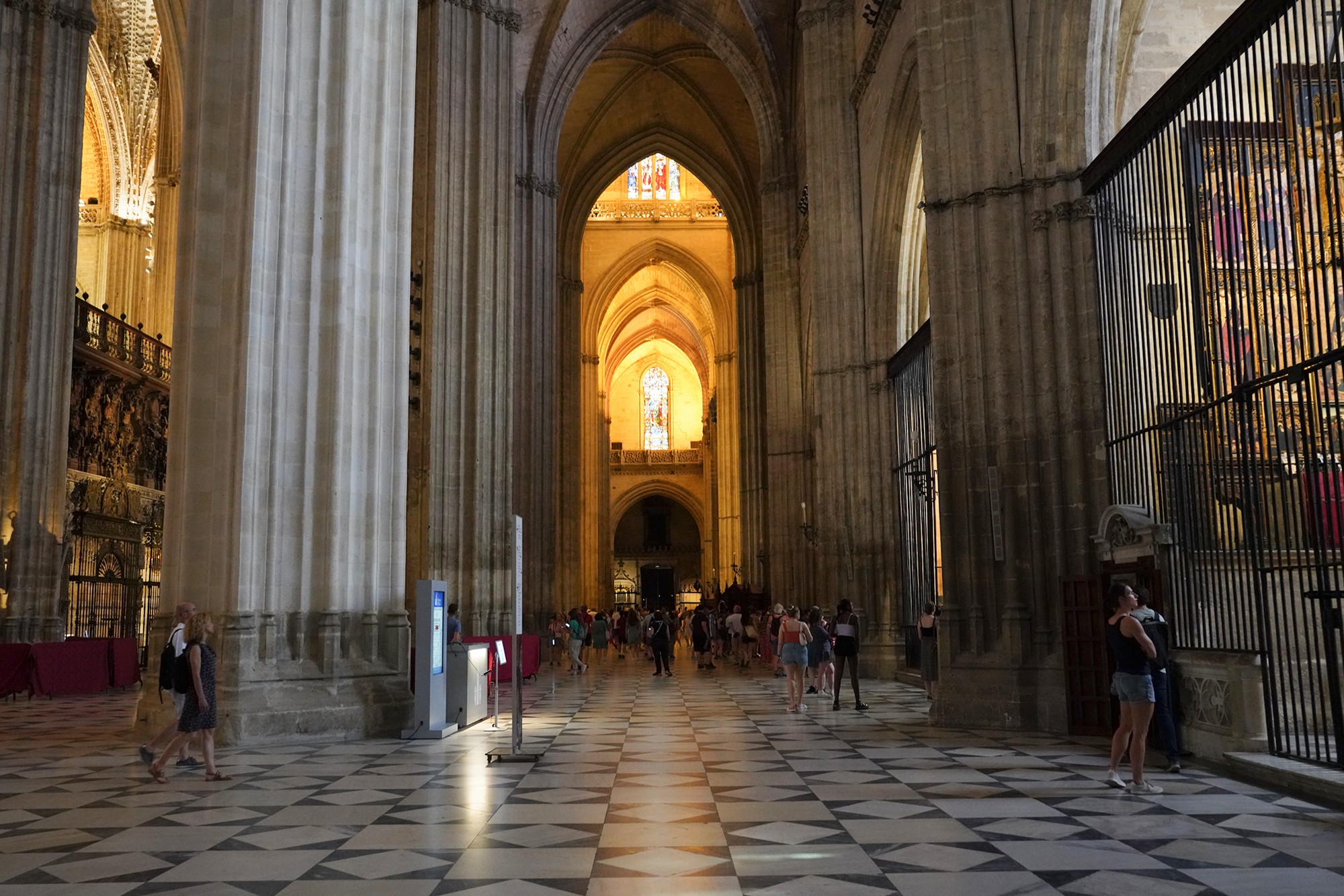
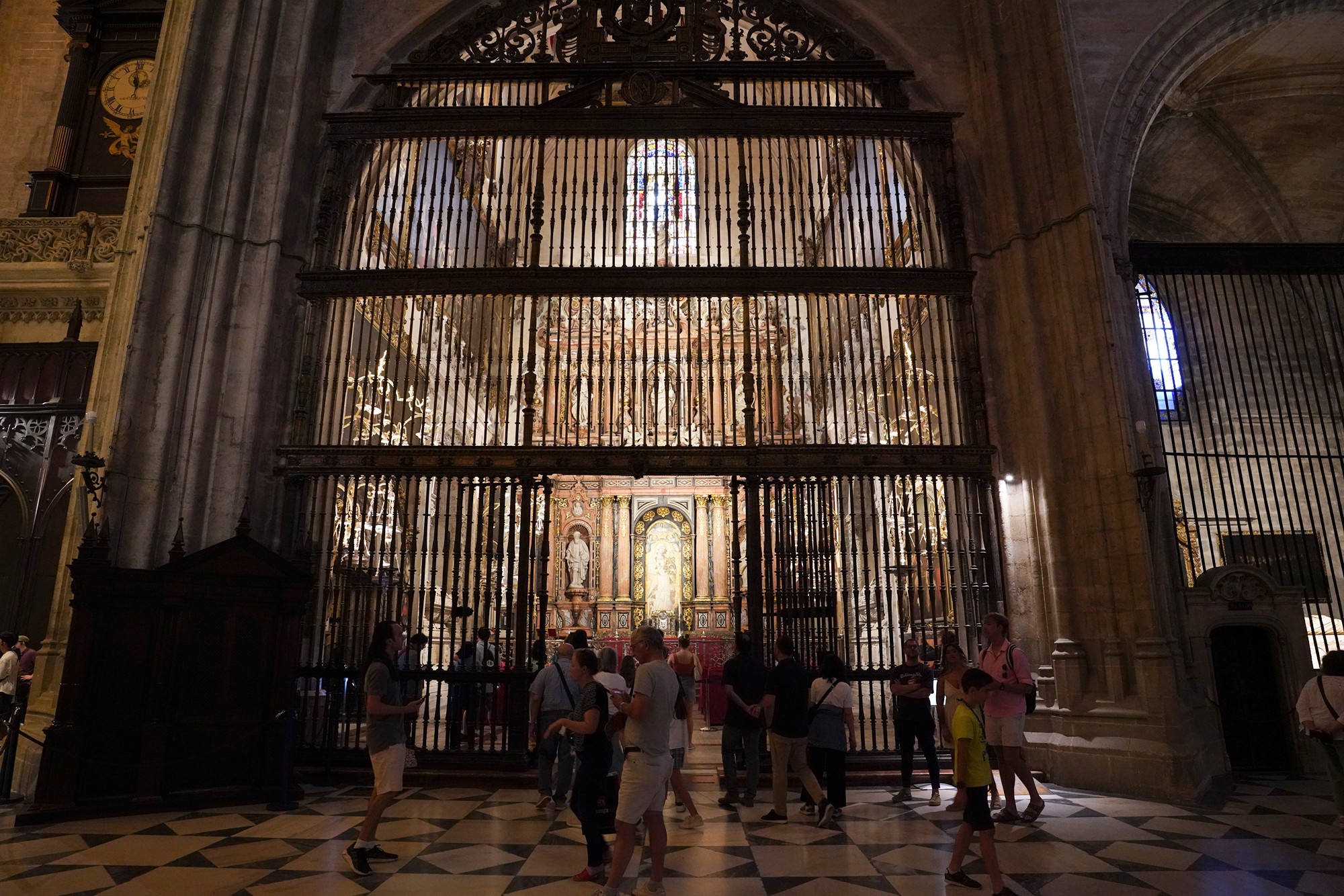
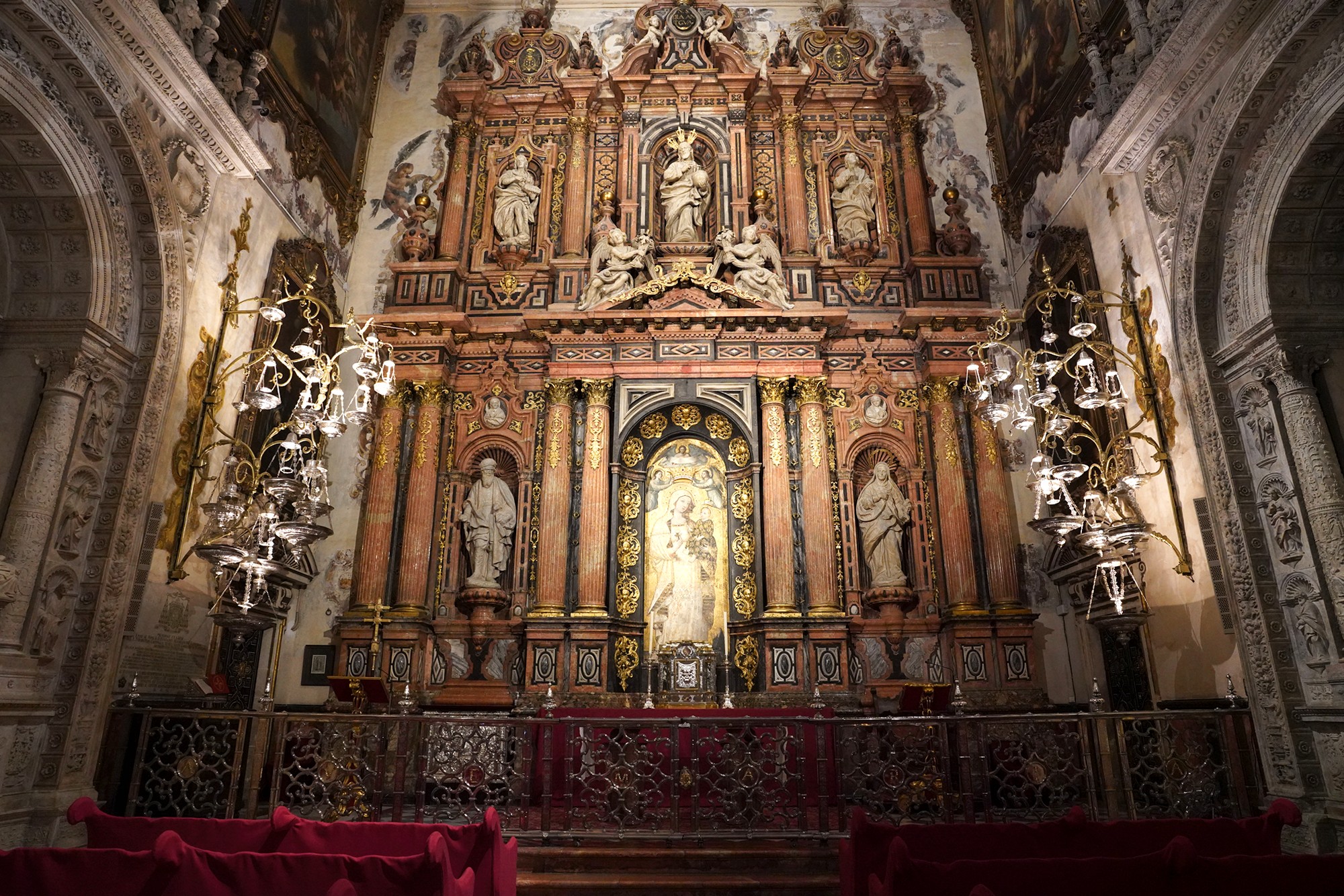
Virgen de la Antigua. In this gilded fresco, the Virgin delicately holds a rose while the Christ Child holds a bird. This is some of the oldest art here from the 1300s, even older than the cathedral itself.
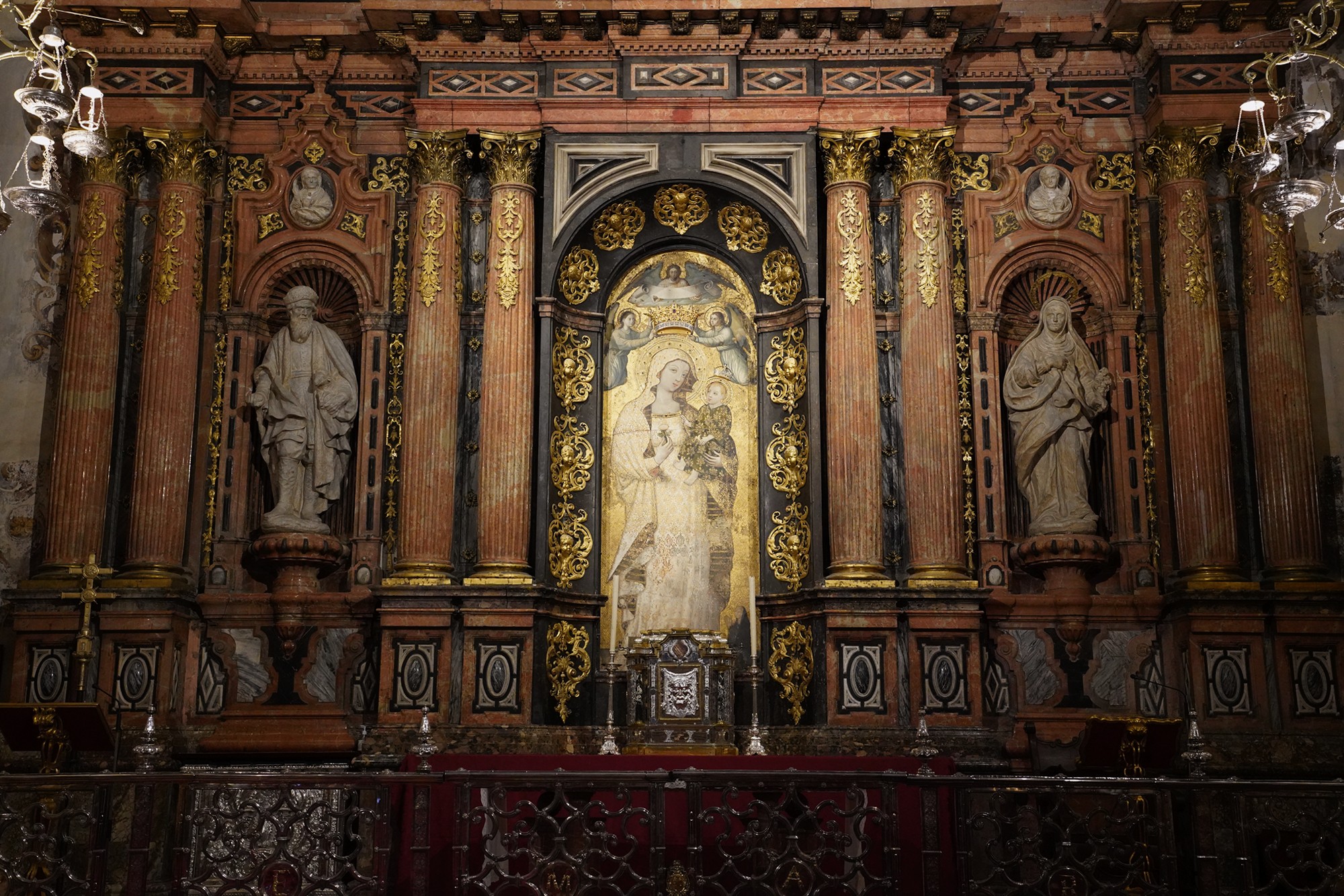
Looking across the nave section
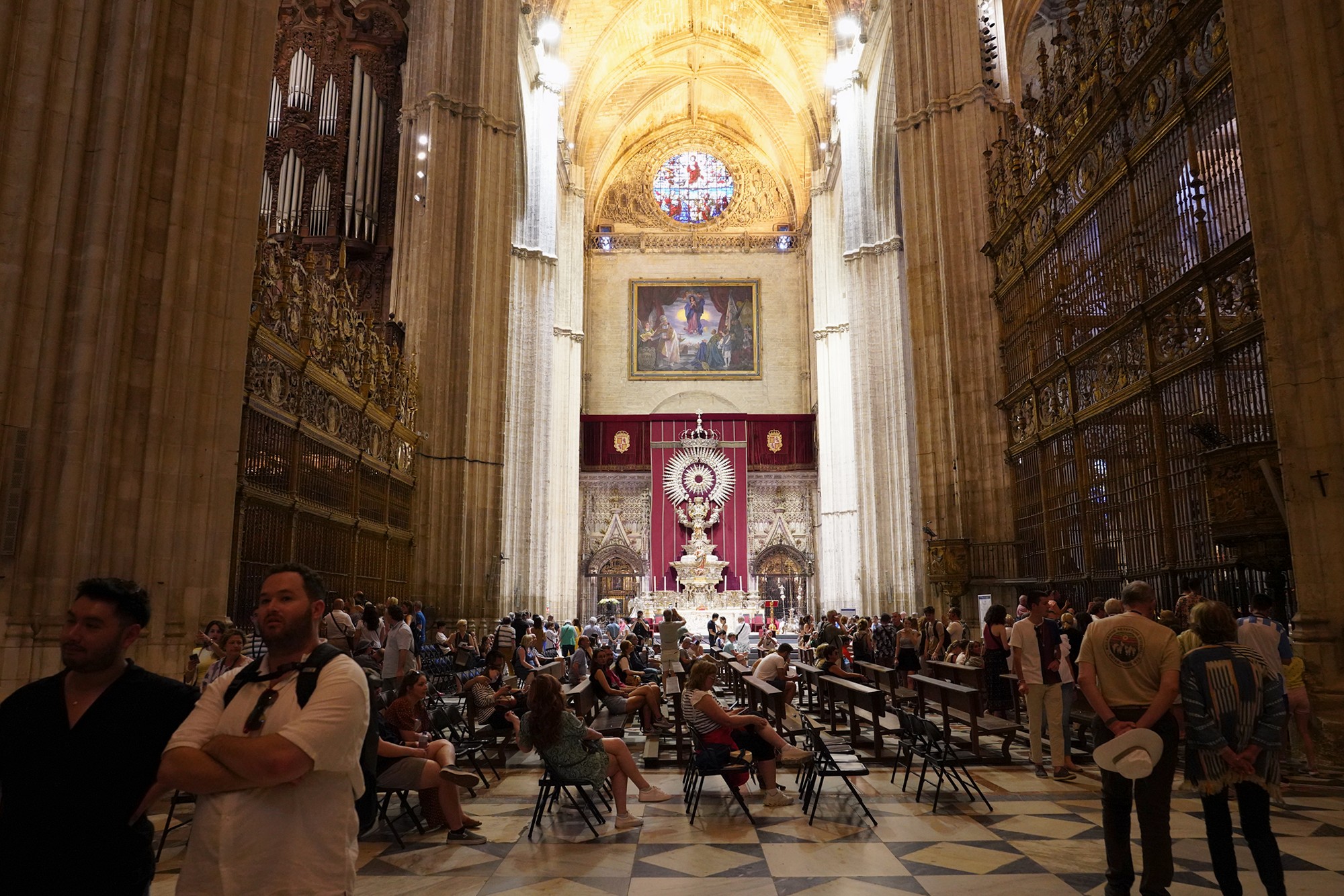
The Tomb of Columbus. It’s appropriate that Columbus is buried here. His 1492 voyage departed just 50 miles away, and the port of Sevilla became the exclusive entry point for all the New World plunder that made Spain rich.
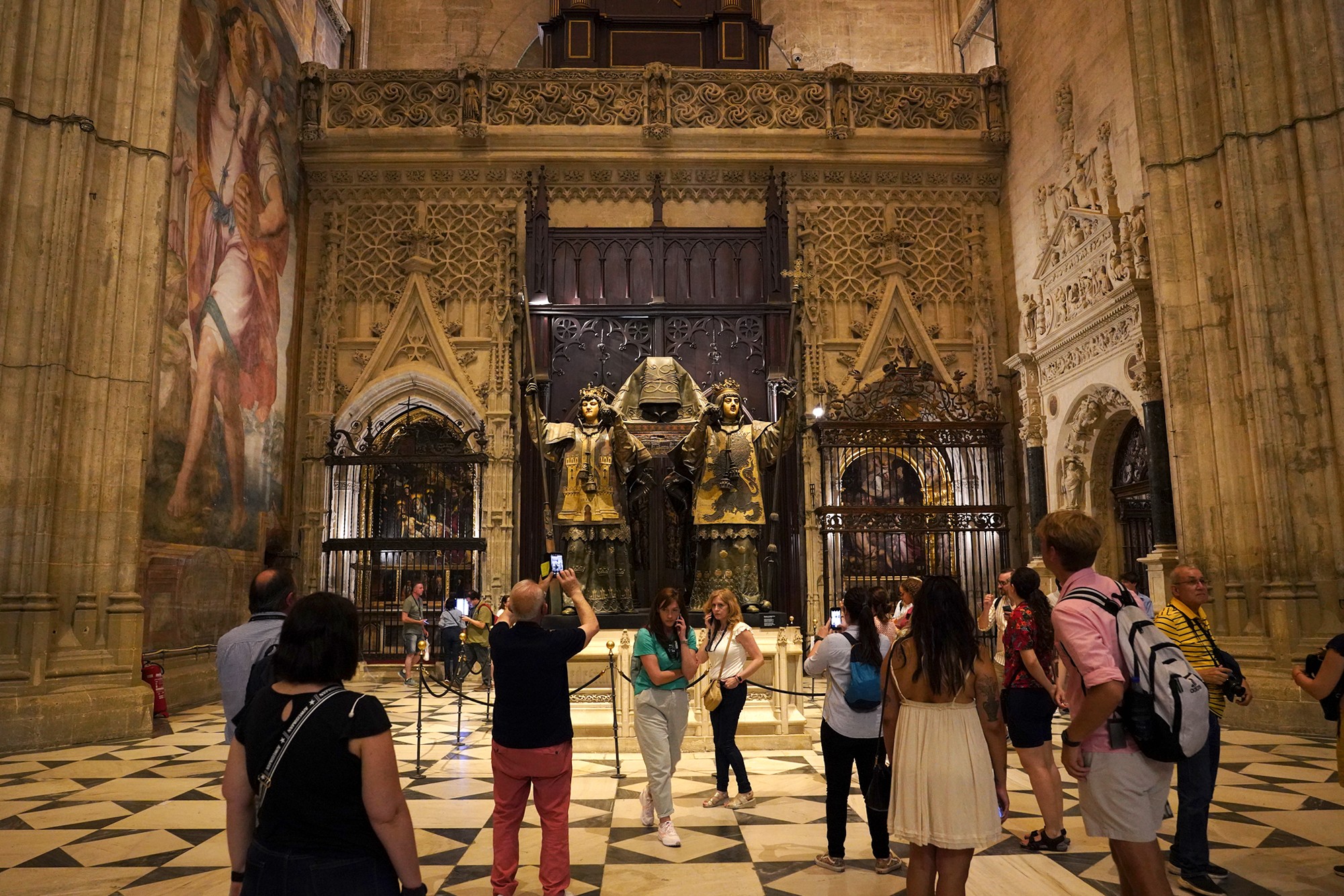

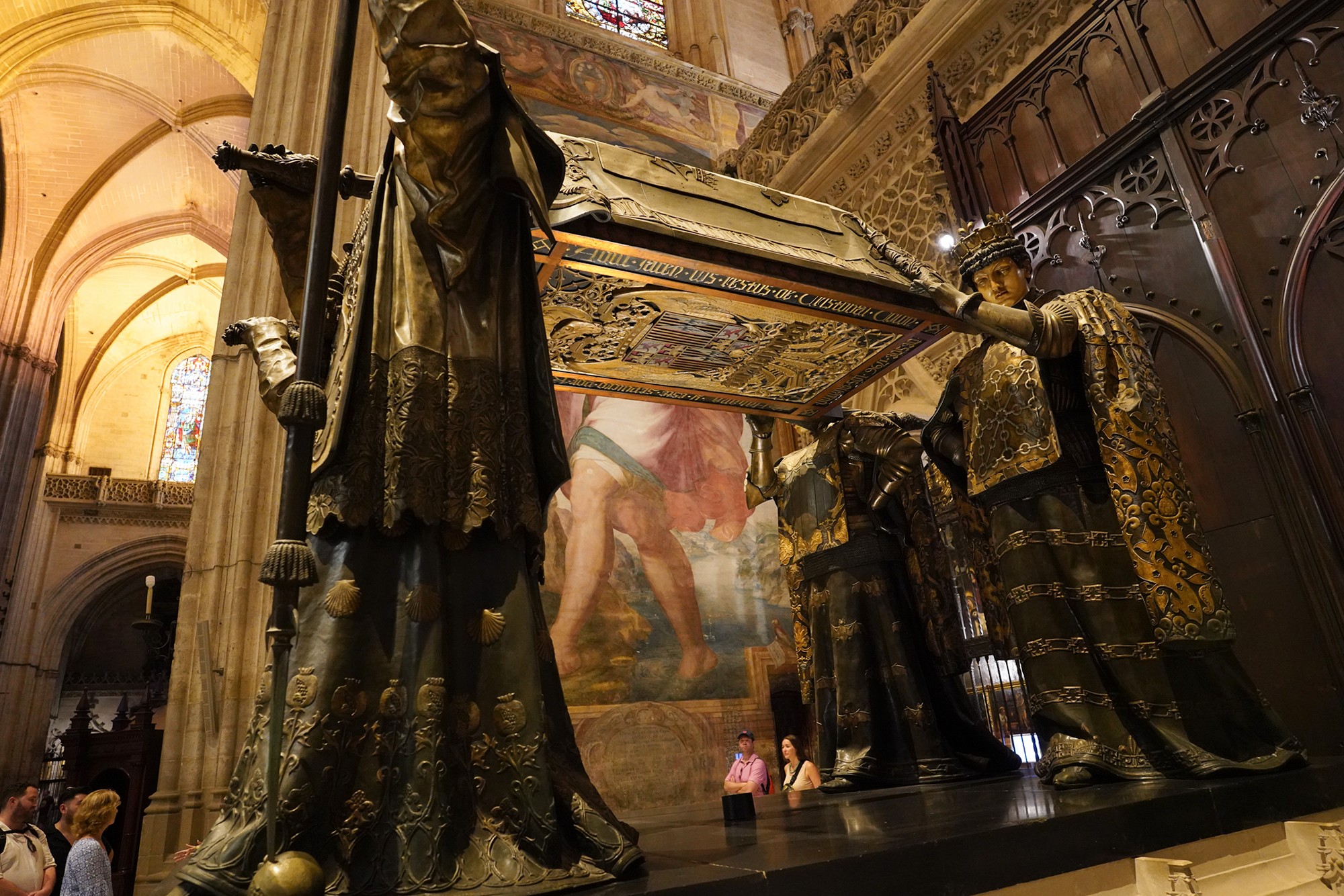

Sacristy. This space is where the priests get ready each morning before Mass.
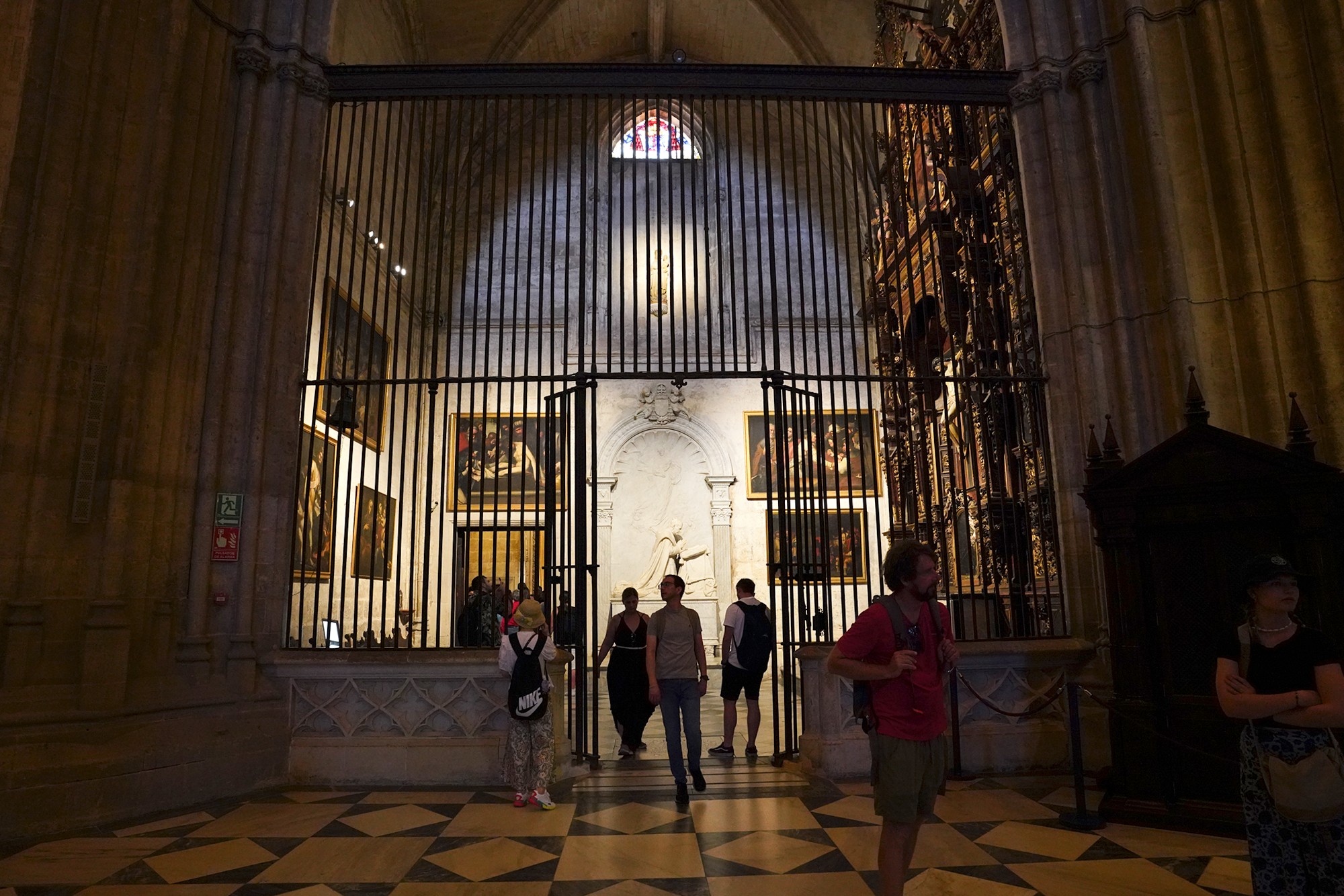

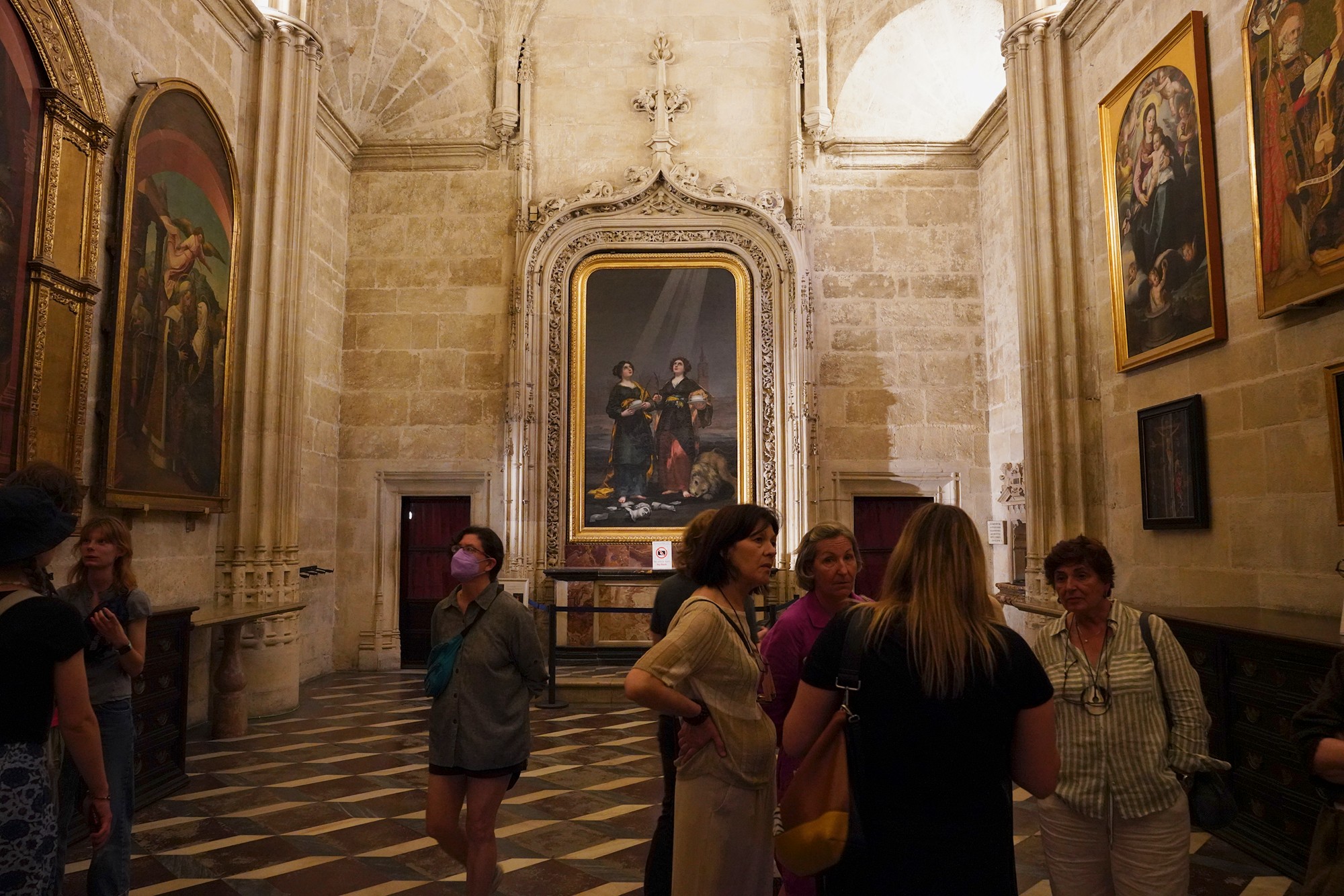
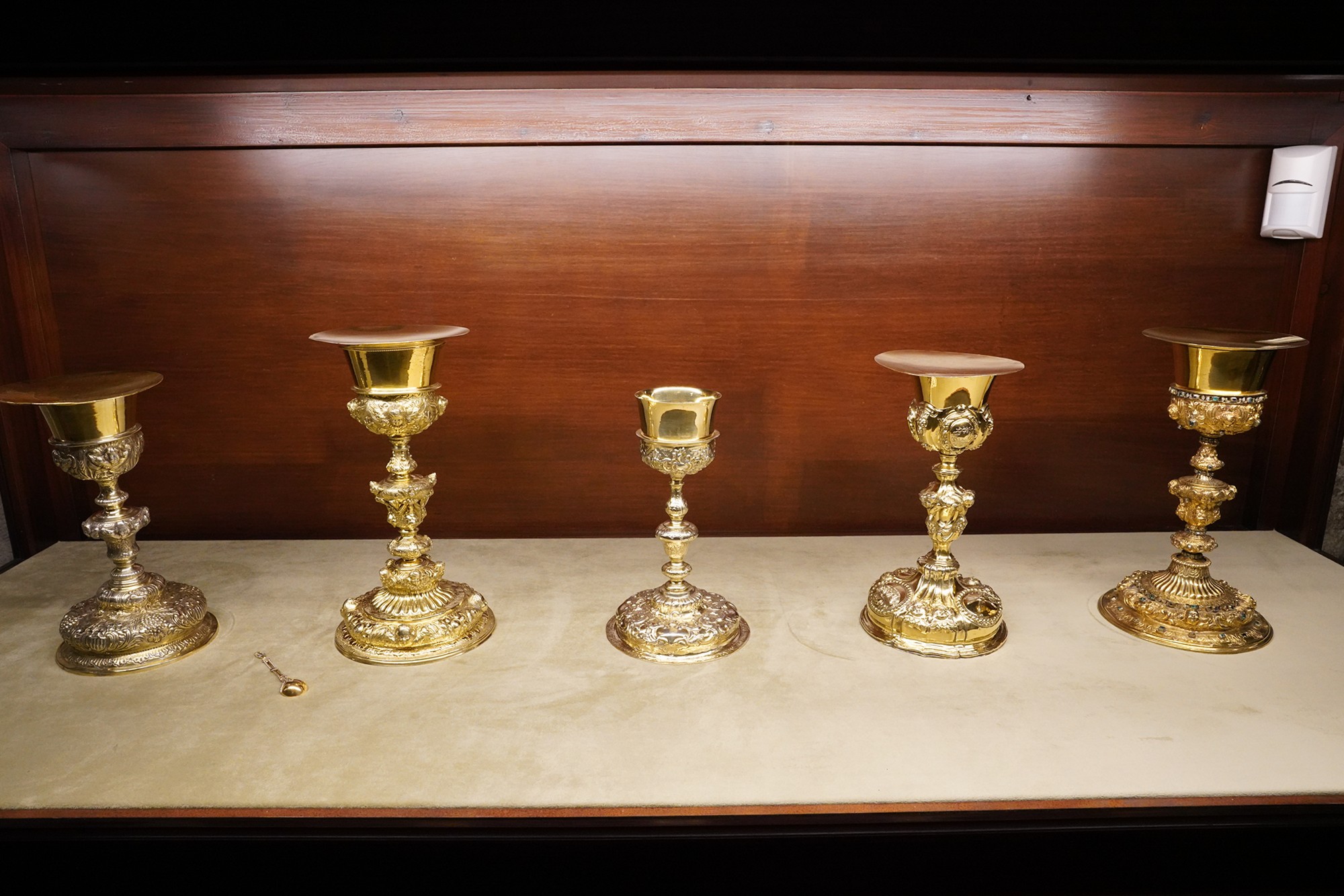
Out from the side chapel and the view of the choir
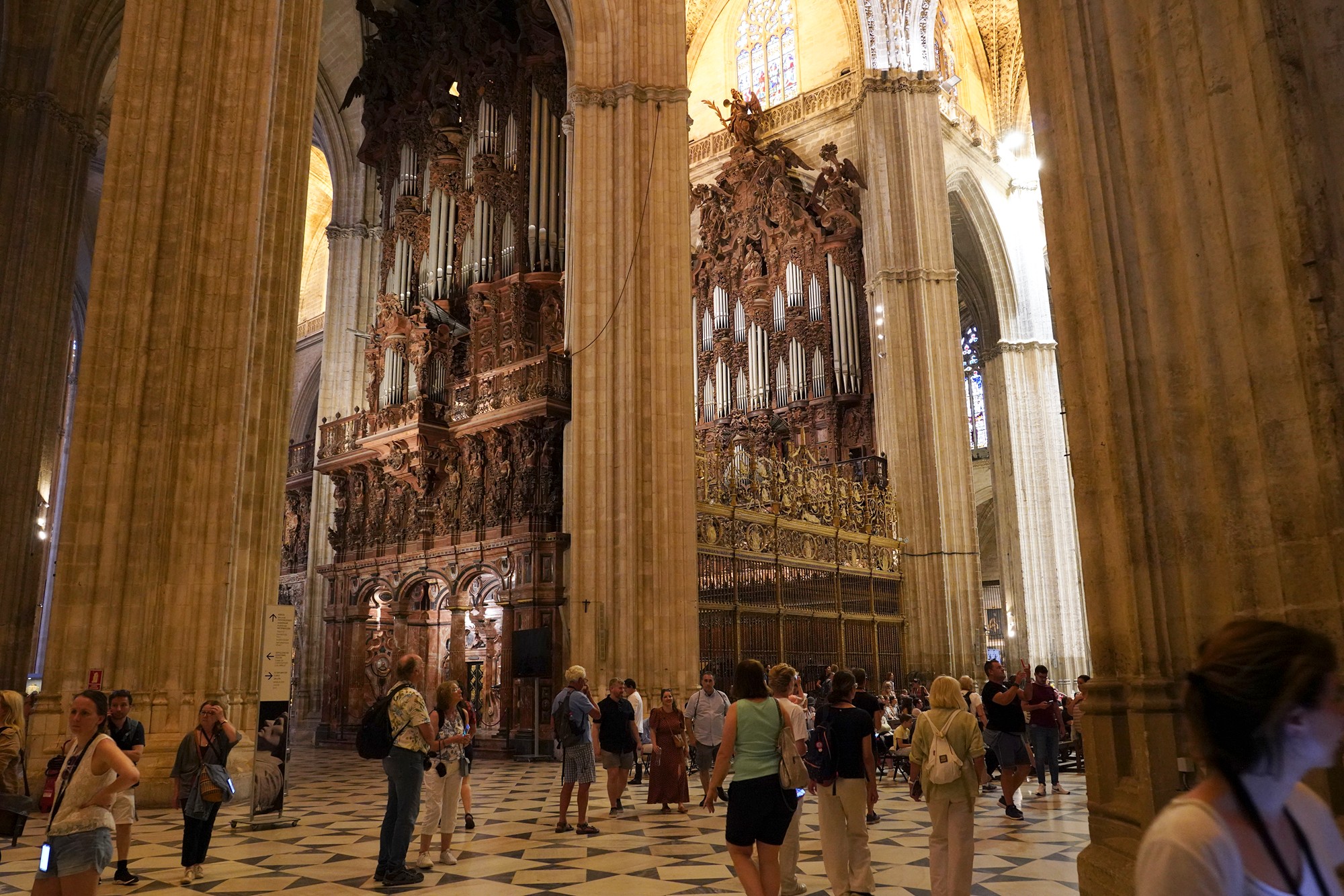
Main Sacristy. Dominating the room is a nearly 1,000 pound, silver plated monstrance used to parade the holy host through town during Corpus Christi festivities.
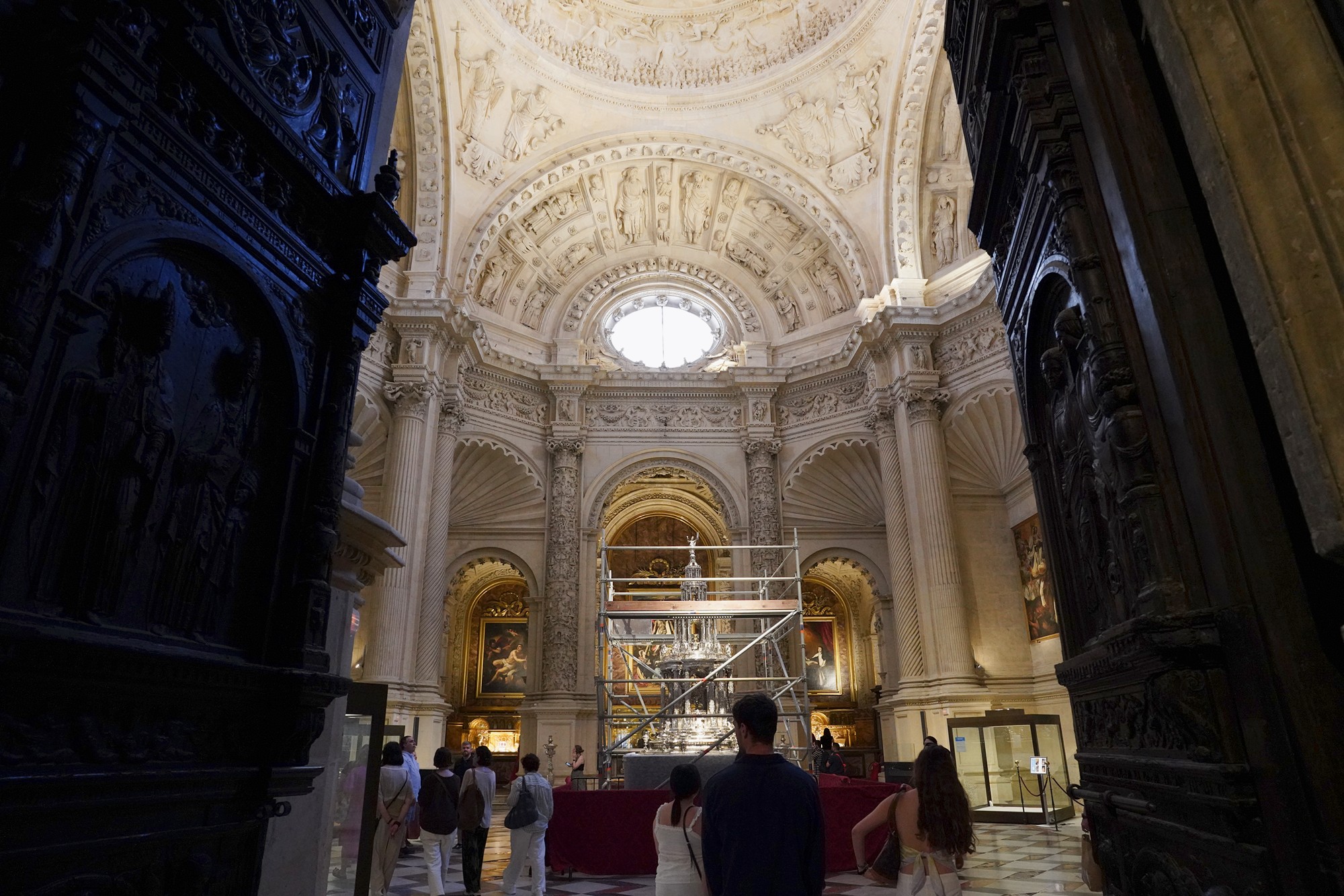
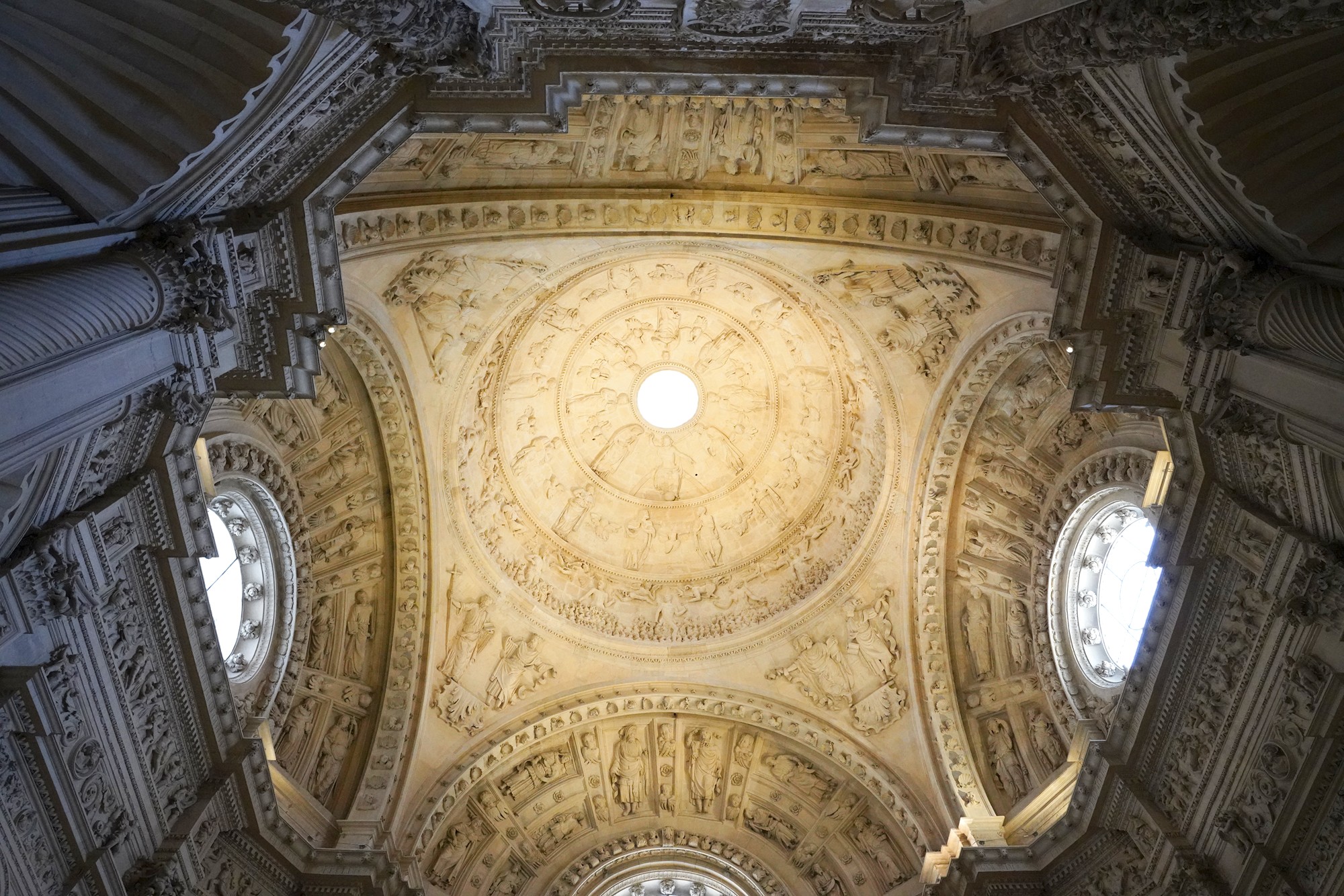
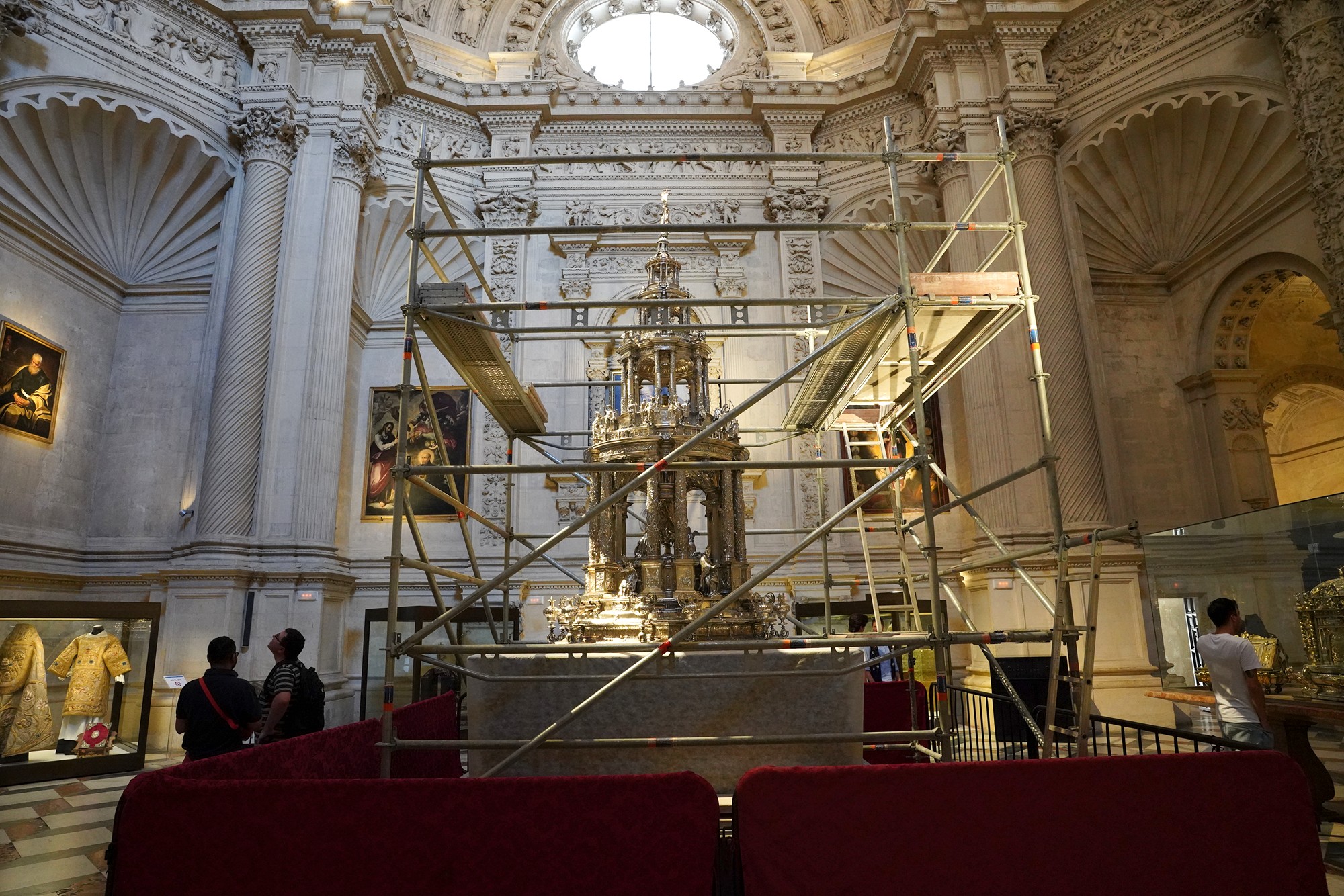
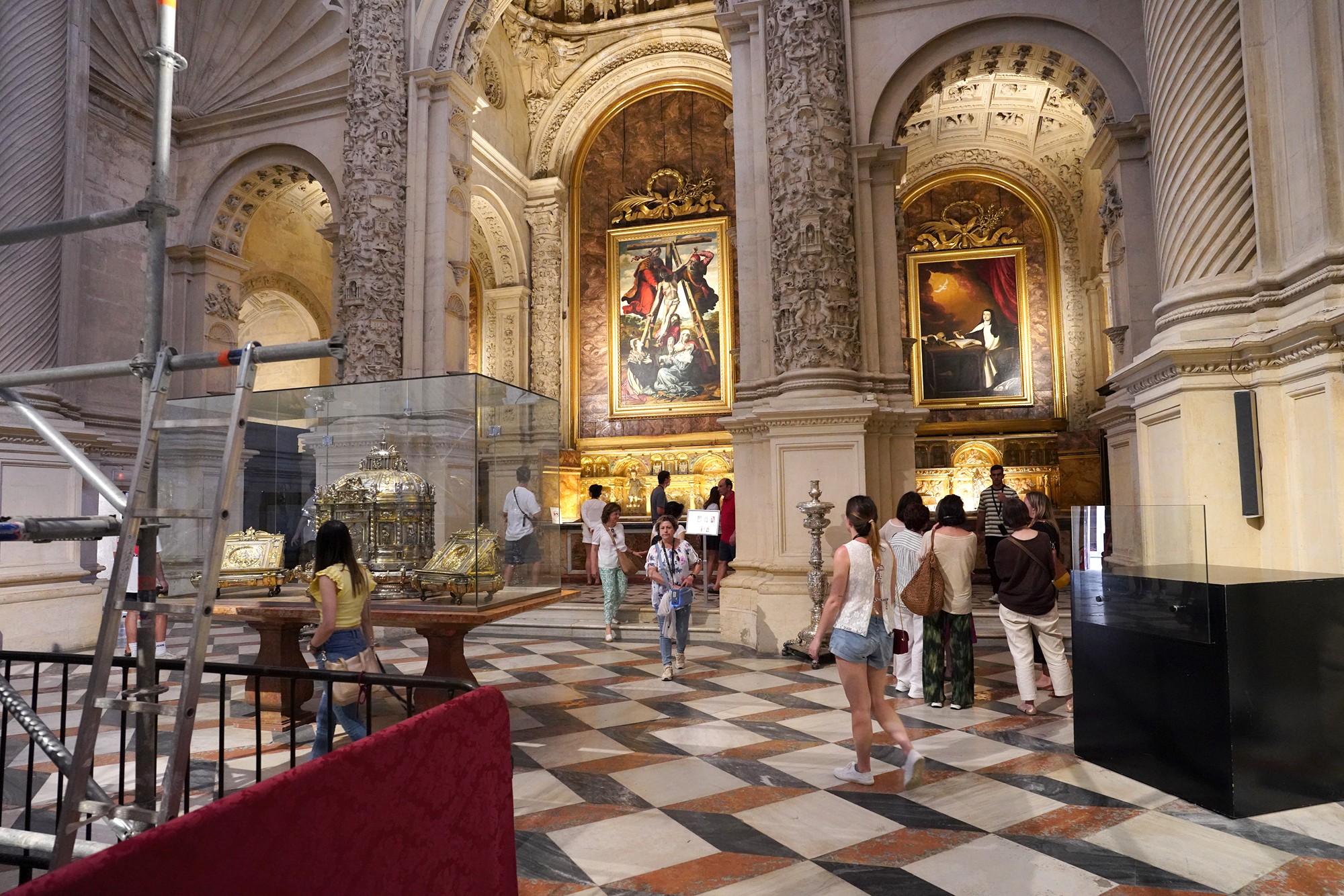

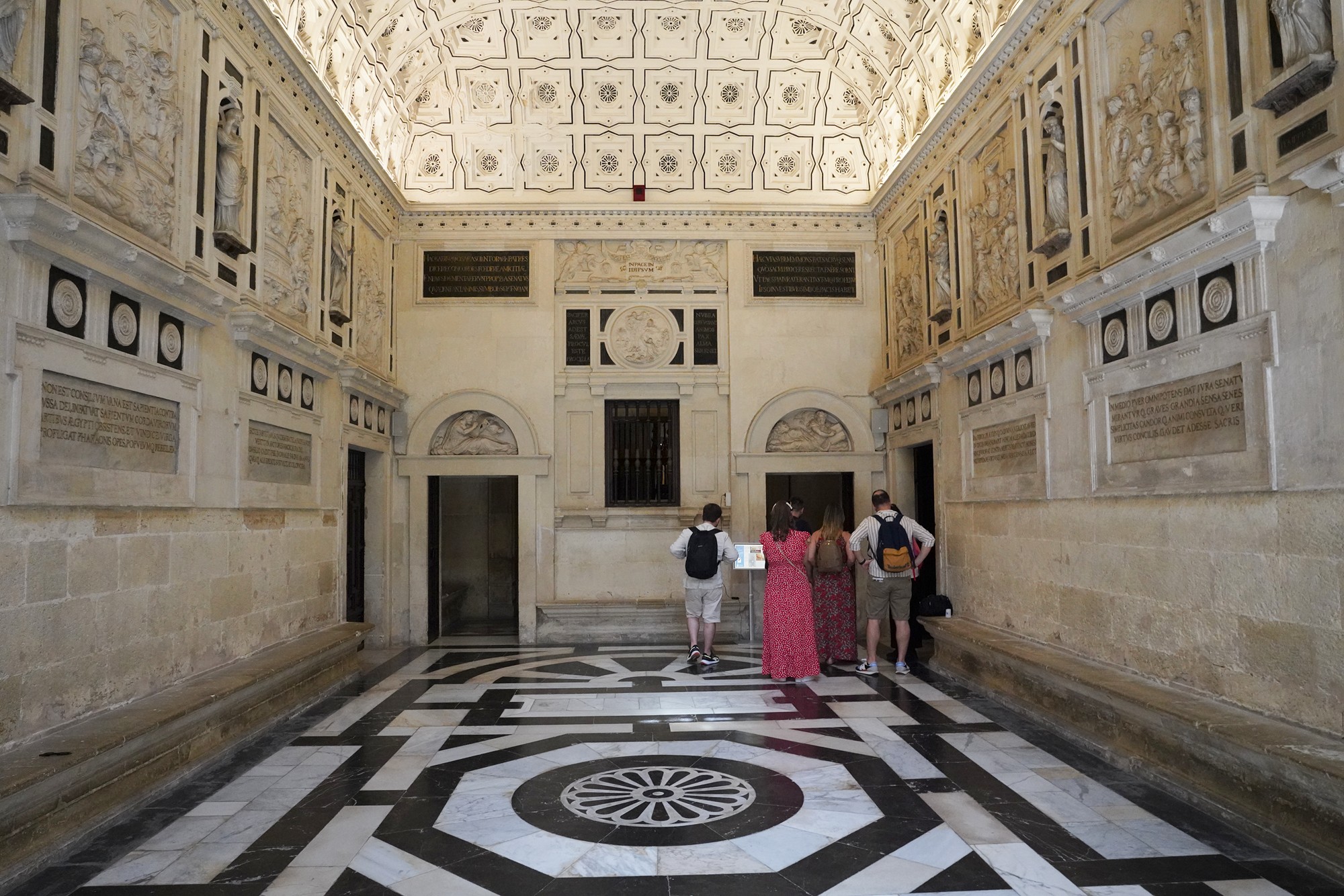

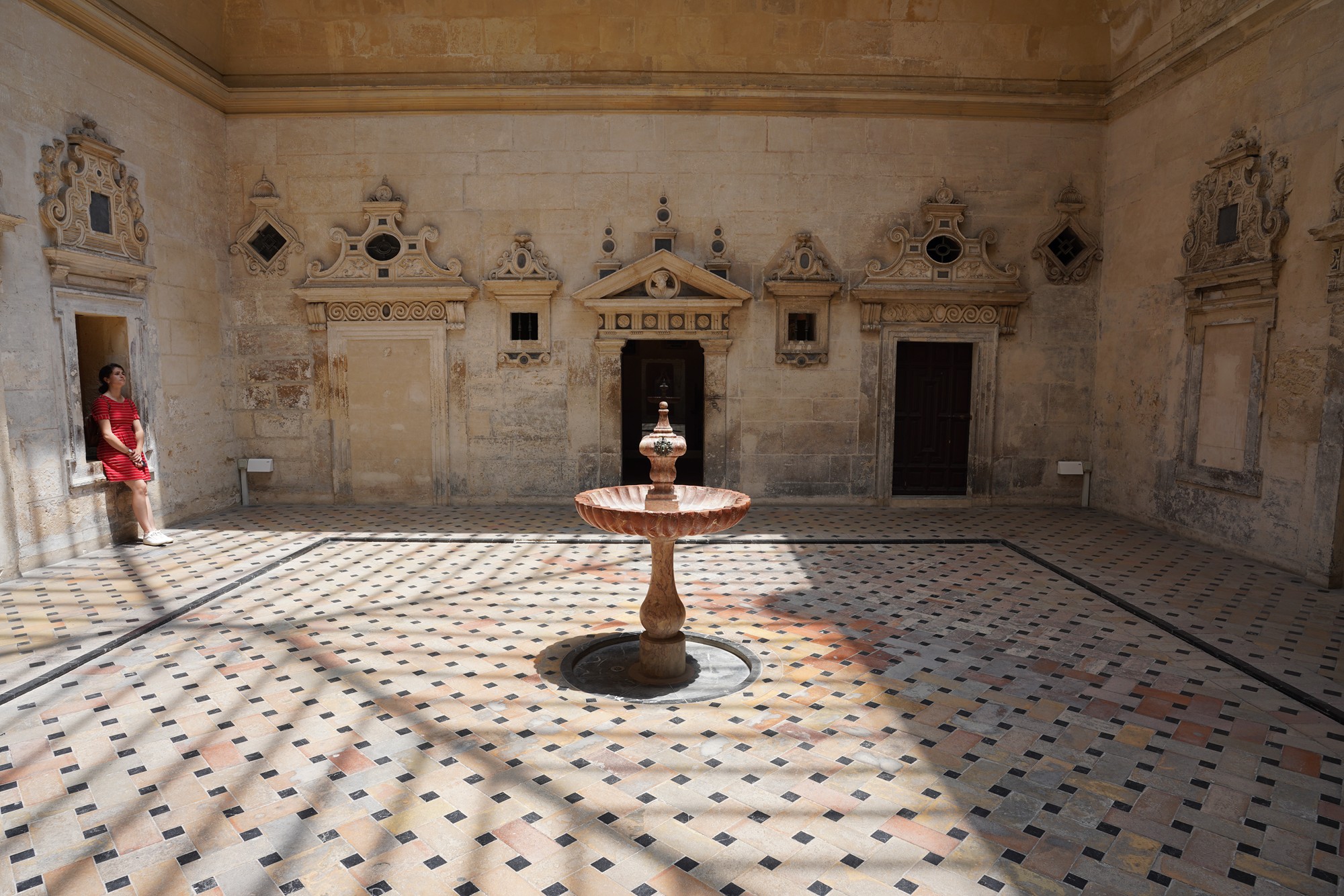
Treasury.
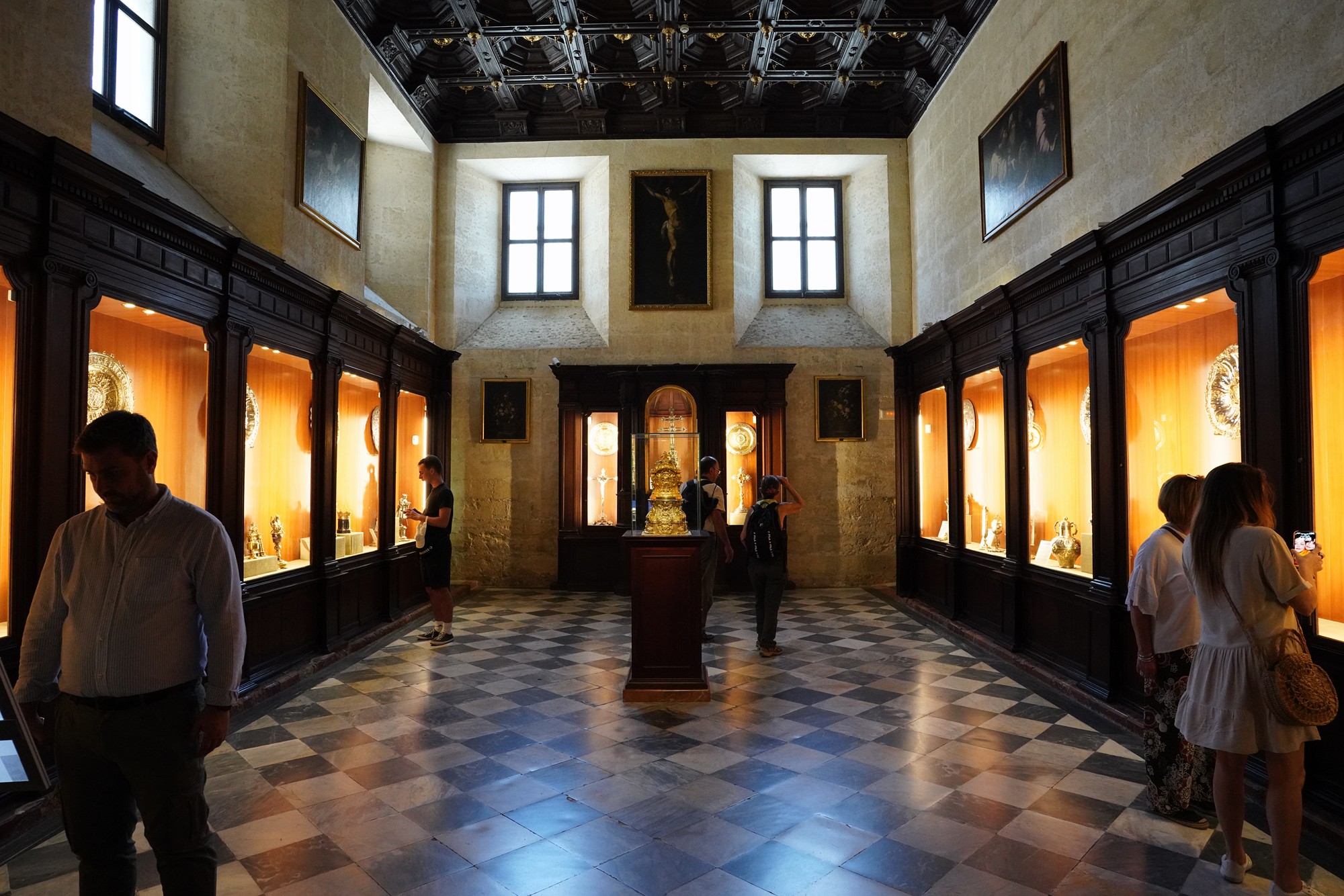

The Corona de la Virgen de los Reyes. Made in 1904, it sparkles with nearly 12,000 precious stones, including the world’s largest pearl–used as the torso of an angel.
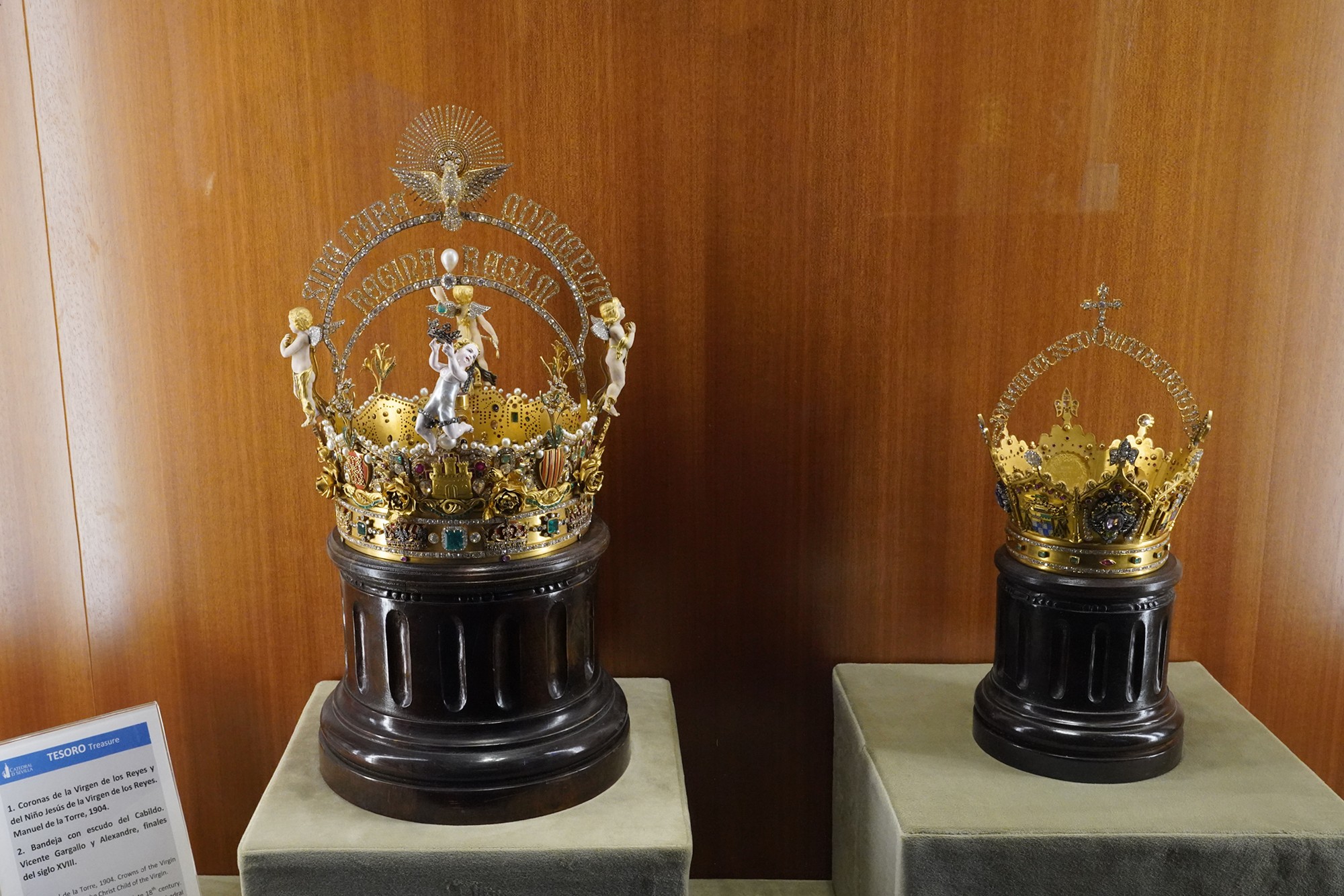

Climbed up the Giralda Bell Towel
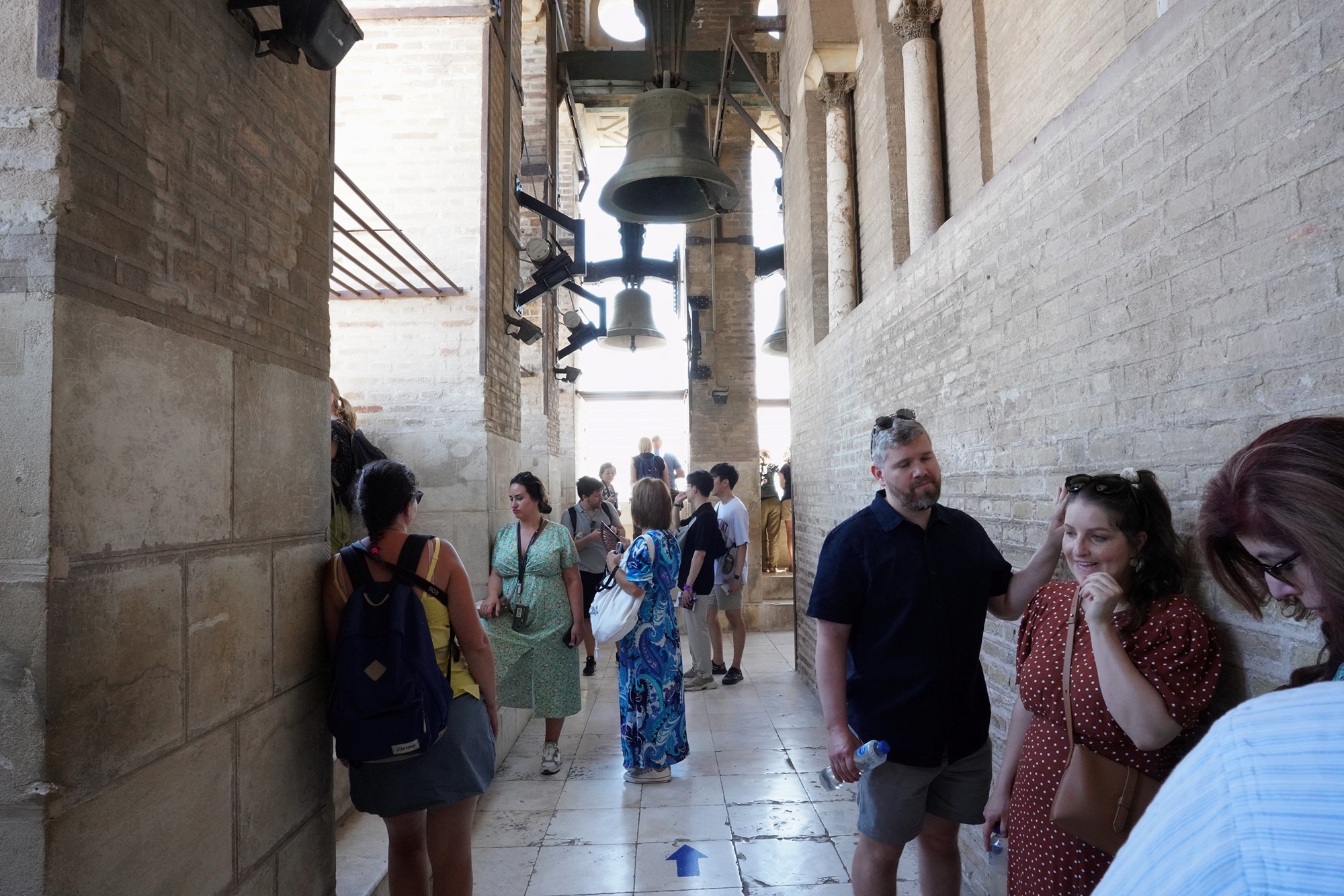
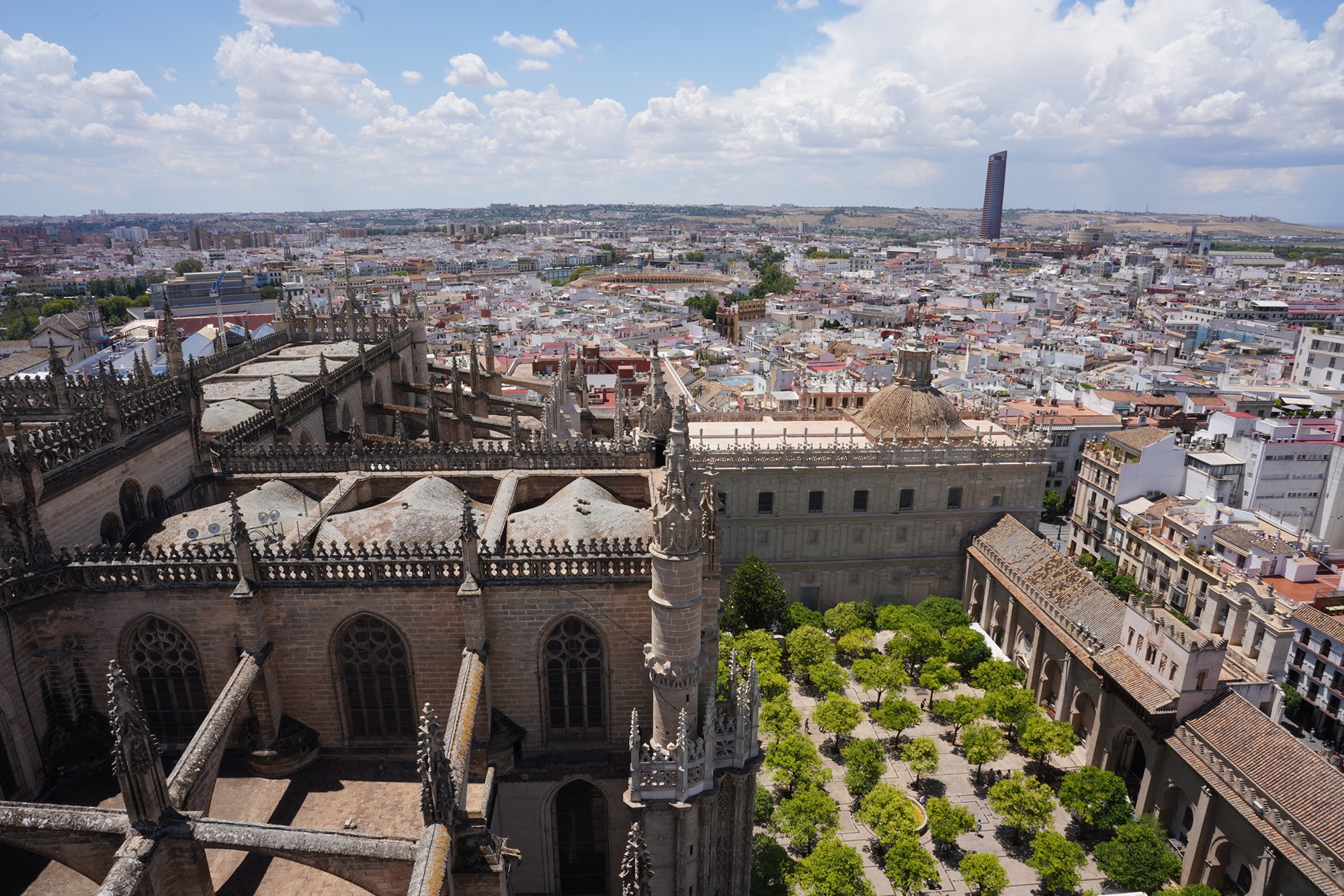
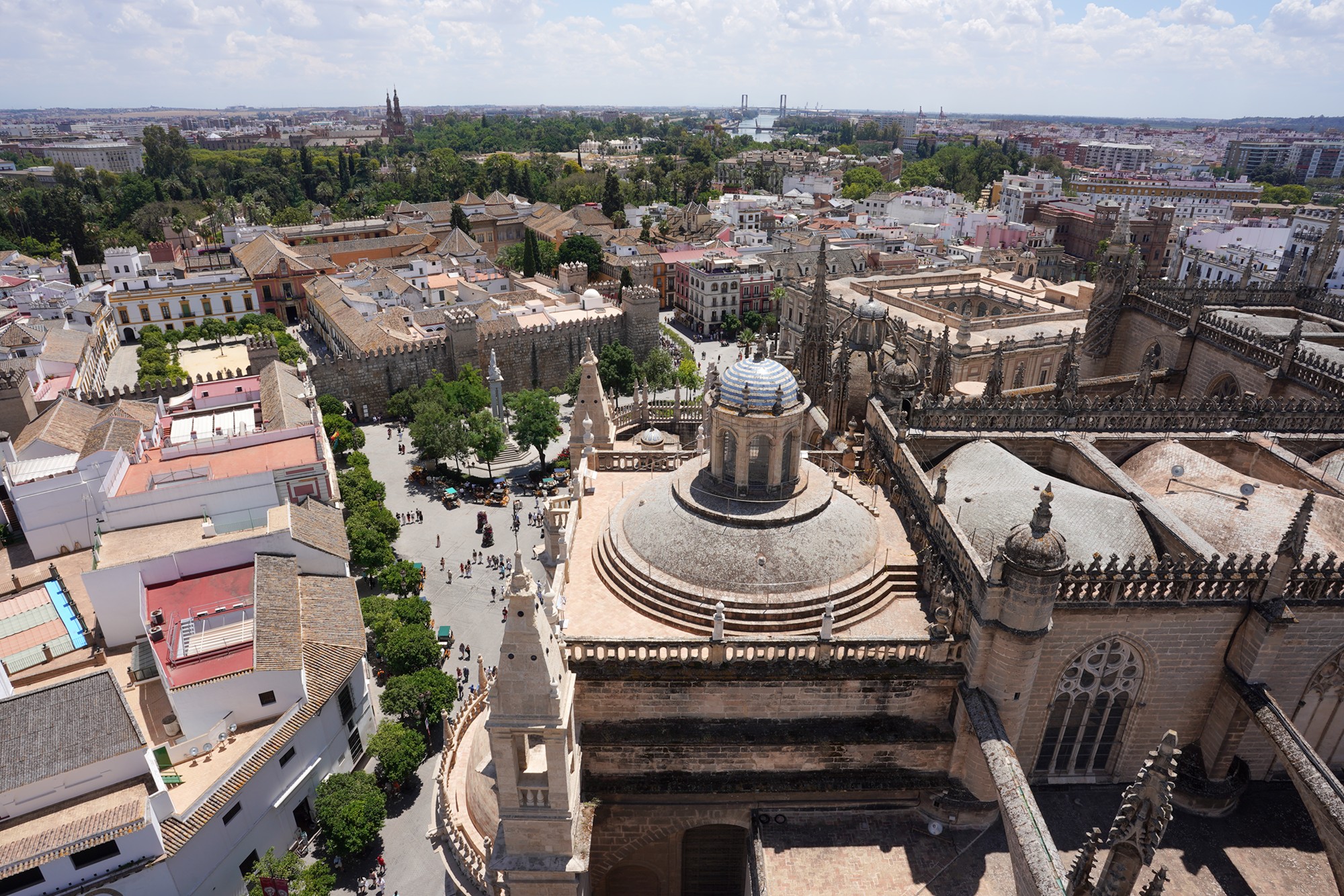
Back down to the courtyard of the church
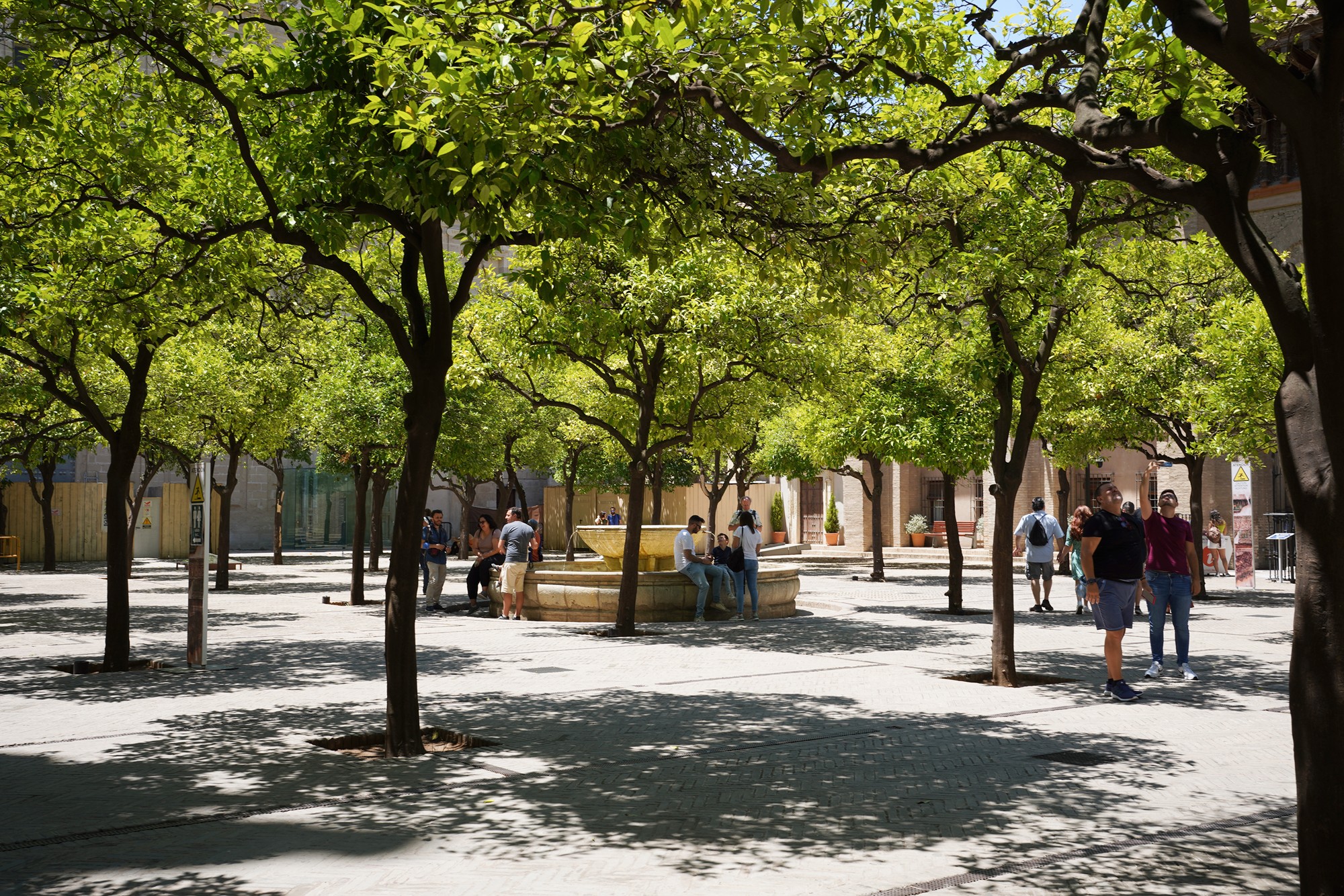
Walking back to my stay
